
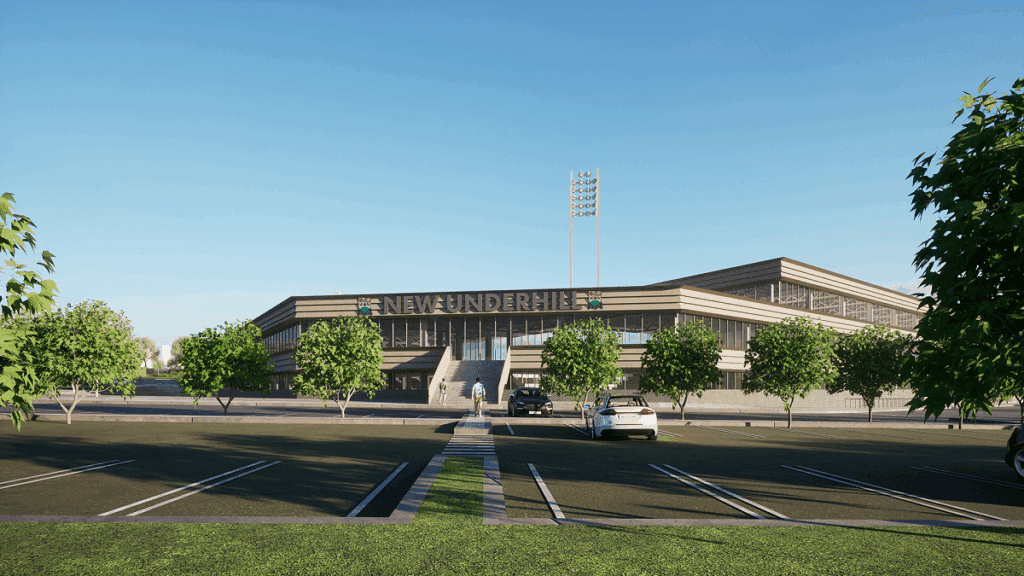
Barnet Council’s planning department has come down firmly against Barnet Football Club’s application to build a new 7,000-seat stadium on Barnet Playing Fields at Underhill.
A decision on whether or not the council should give its support is in the hands of its strategic planning committee whose members meet at Hendon Town Hall at 7pm on Monday 14 July.
So far there has been little advance indication of how the committee might respond but the planning department could not be clearer in recommending refusal.

It says the plan to build a new stadium on a “valued local park” would result in “substantial and irreversible harm to the openness and function of the green belt”.
BringBackBarnet, the group which has been campaigning in support of the club returning to Underhill from its existing stadium at The Hive, Harrow, says it is disappointed by the recommendation against the application.
Whatever the outcome of Monday’s meeting, the campaign says it will not give up.
If the plan is rejected, the supporters’ group is convinced that Barnet FC will appeal against the decision and ask for a planning inquiry.
They believe government policy is moving in favour of releasing some green belt land for development and that Barnet Council should take advantage of the offer by the Barnet FC chairman Tony Kleanthous to invest £14 million in constructing a new stadium.
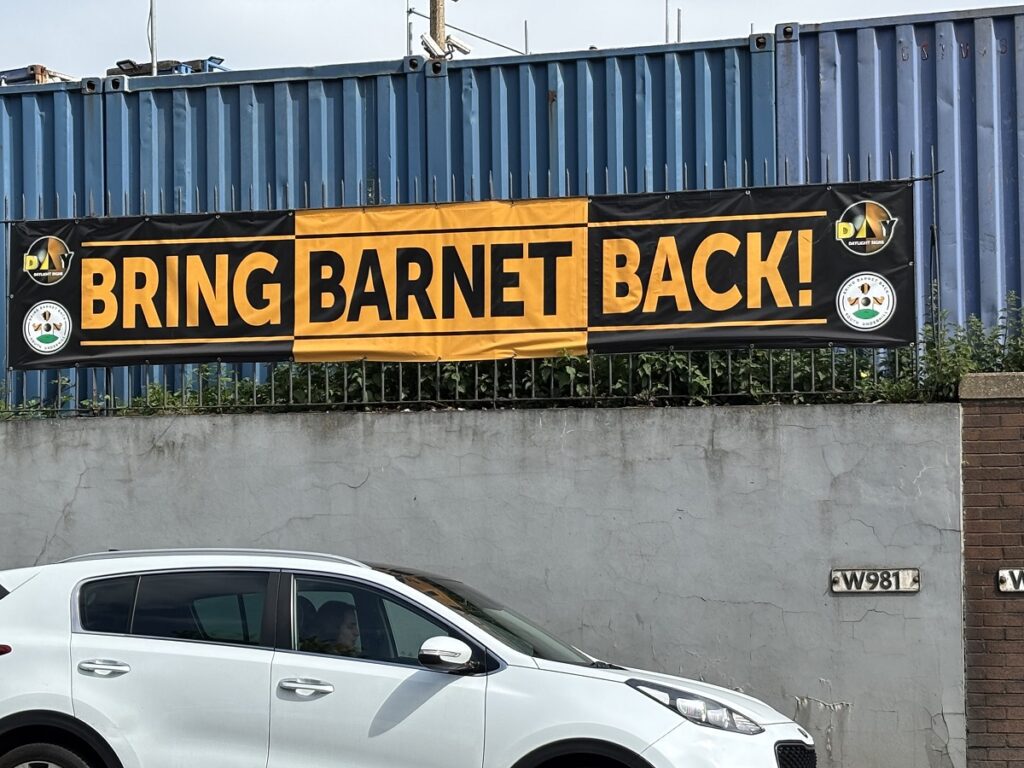
Since Barnet’s success in gaining promotion next season to League Two of the English Football League, BringBackBarnet have made much of the boost which they believe the club’s return could deliver for Barnet town centre and the local economy.
However, that argument is dismissed by the planners who say any possible “socio-economic” benefits from Barnet’s return to its historic home at Underhill – which it left in 2013 – would not outweigh the significant harm that would result from the “permanent loss of a significant portion of this protected open space”.
The club had failed to demonstrate “very special circumstances” and had failed to address the impact of displaced spectator car parking on the surrounding highway network.
Barnet FC’s full application is for a stadium, with ancillary uses including food and beverage outlets, office and community space, a club shop, a diagnostic centre, an on-site car park for 165 vehicles and parking space for five coaches.
The proposed site is within the Metropolitan Green Belt and the loss of playing field land would be in conflict with national, regional and local planning policy.
An application of such strategic importance to London — and its location within the green belt – would necessitate it being referred to the Mayor of London.
Currently under the Barnet Local Plan, Barnet Playing Fields and the adjoining King George V Playing Fields immediately to the south of Dollis Brook, are designated as a sports hub site.
There was an earlier proposal by Barnet Council for the construction of new central facilities for the playing fields – including changing rooms and a cafe – but no detailed plan has been submitted and one of the arguments of BringBackBarnet is that a new football stadium could provide amenities for the community which Barnet Council simply cannot afford.
One issue not addressed in the club’s application is the question of whether ownership of a new stadium site would be transferred to club chairman Tony Kleanthous.
The playing fields are currently the subject of a restrictive covenant between the National Playing Fields Association and the Mayor and Councillors of Barnet which requires them to be preserved as a charitable trust in perpetuity as a memorial to King George V and the King George’s Field Foundation.


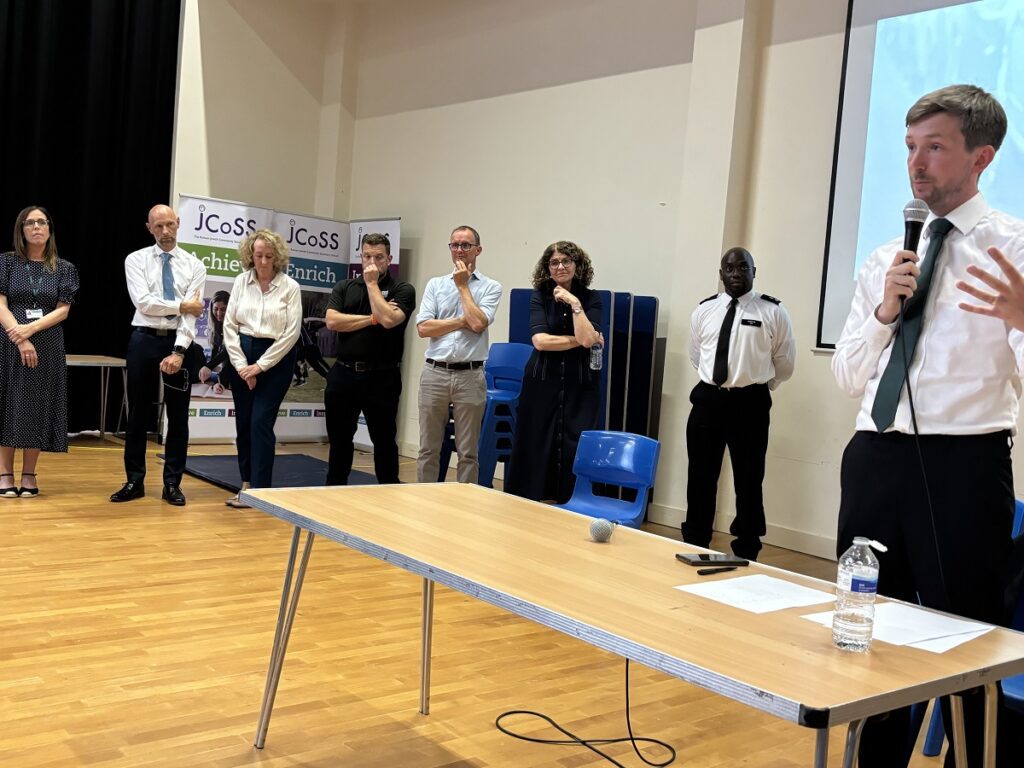
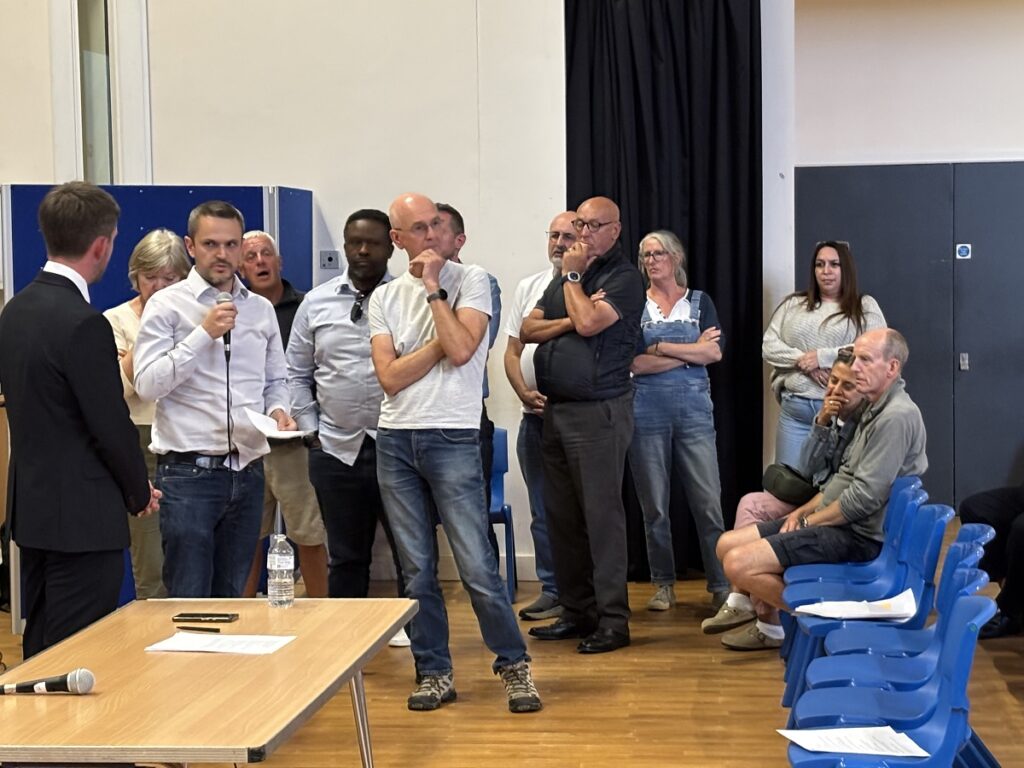
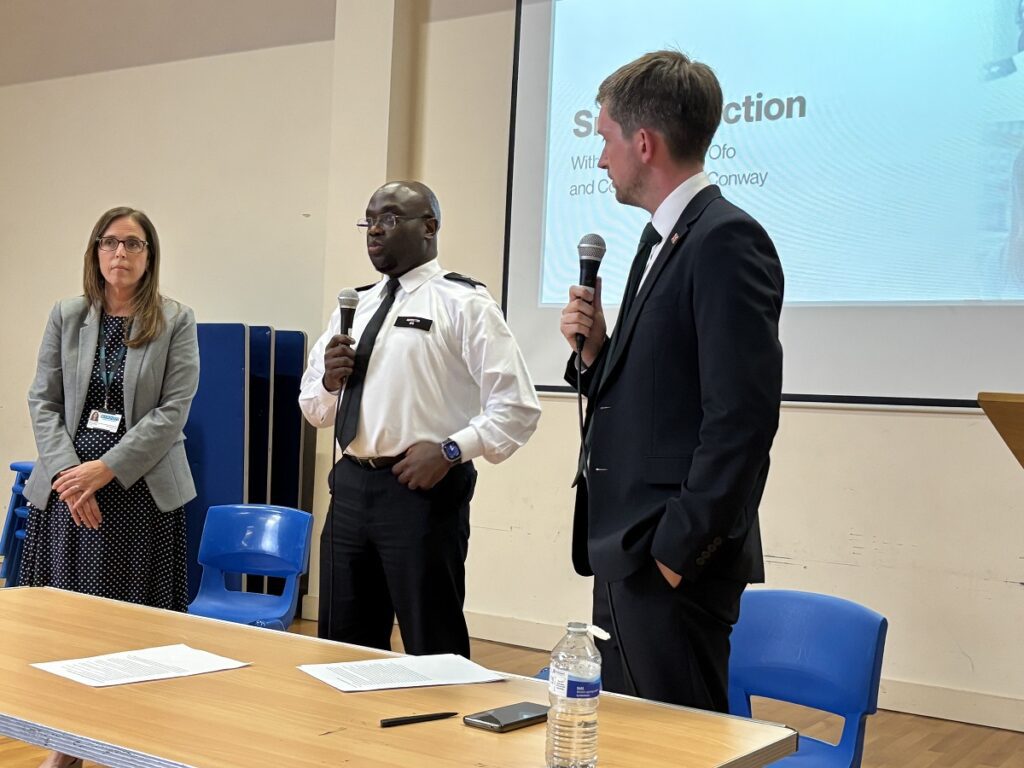
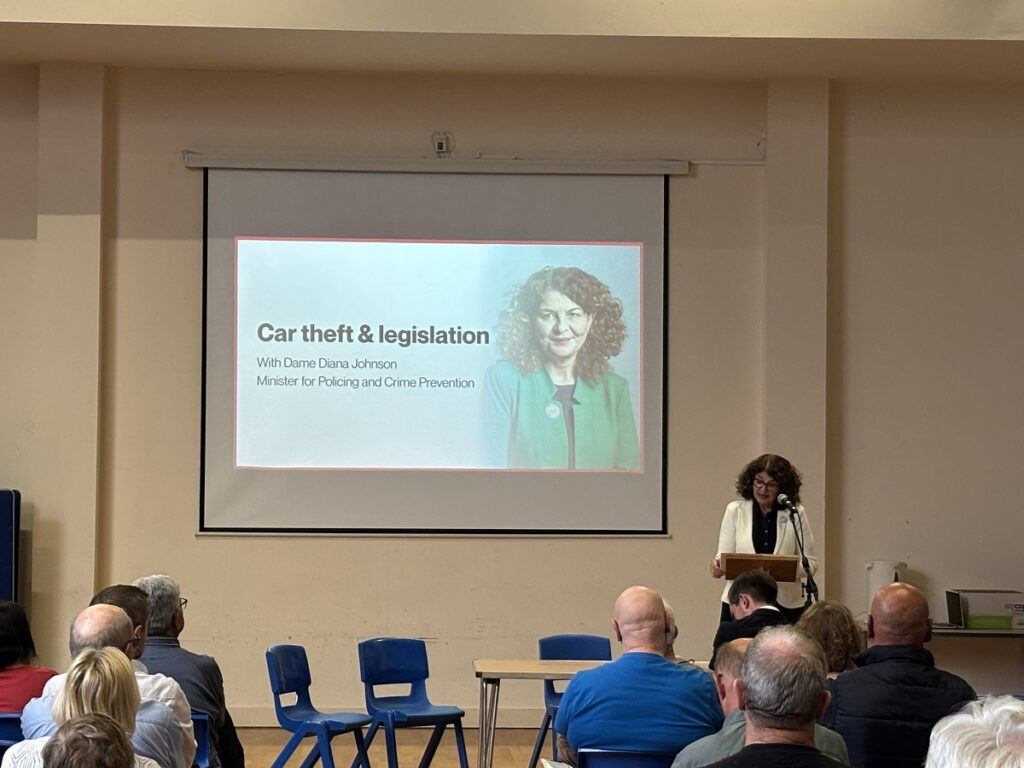


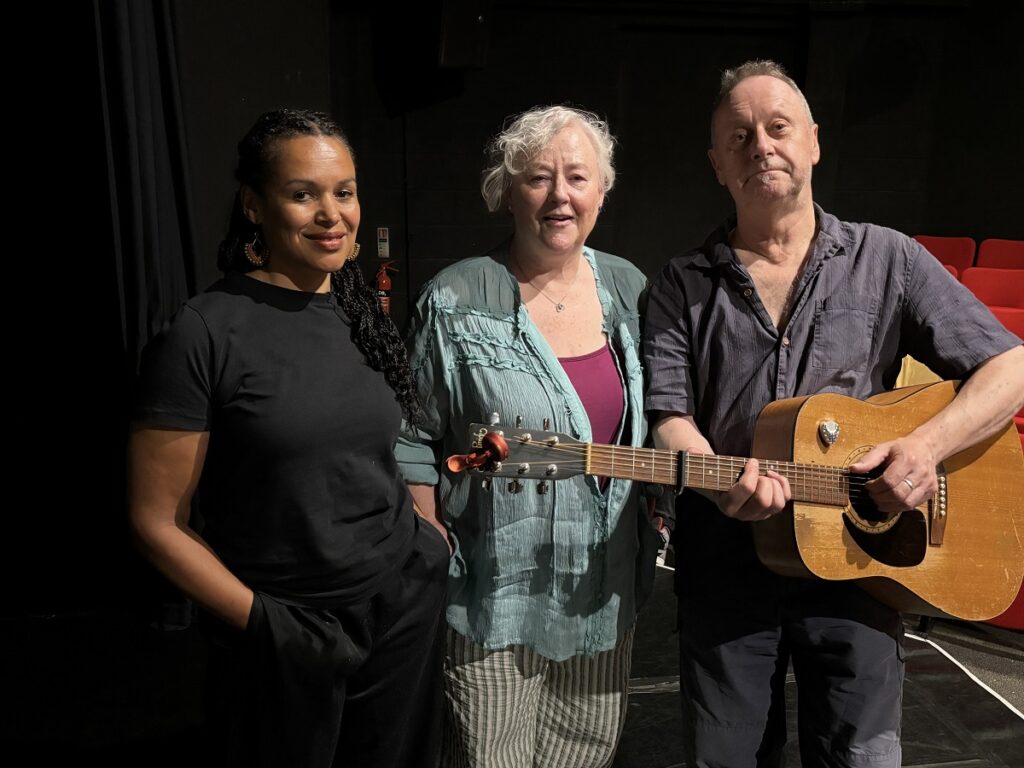
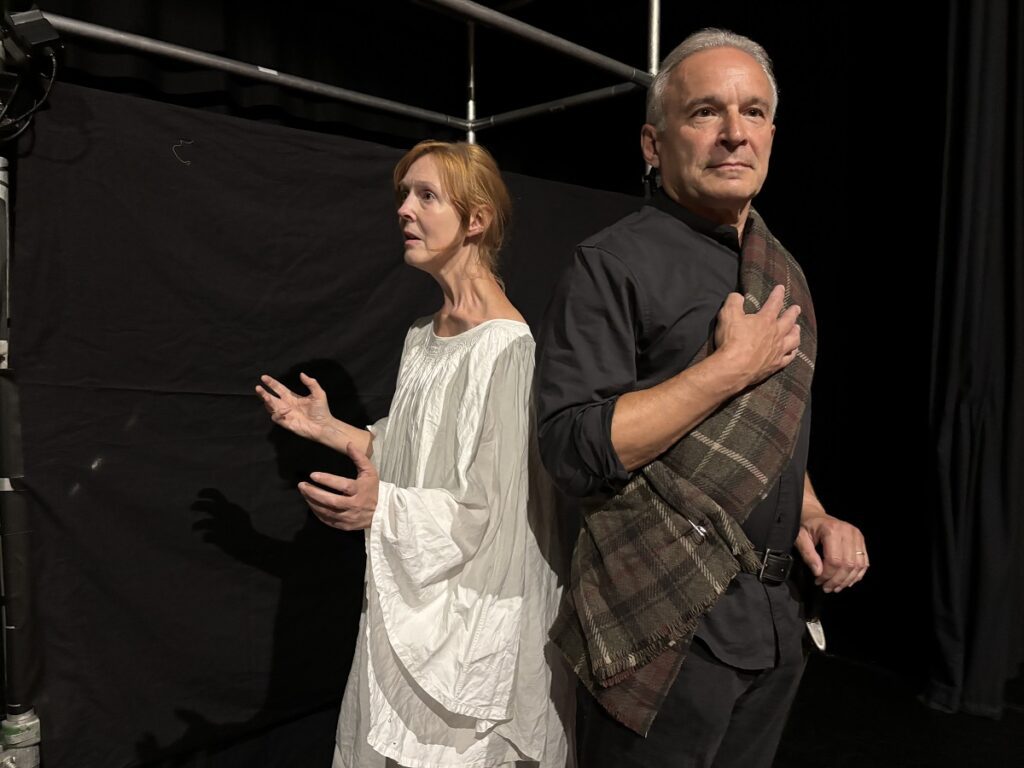
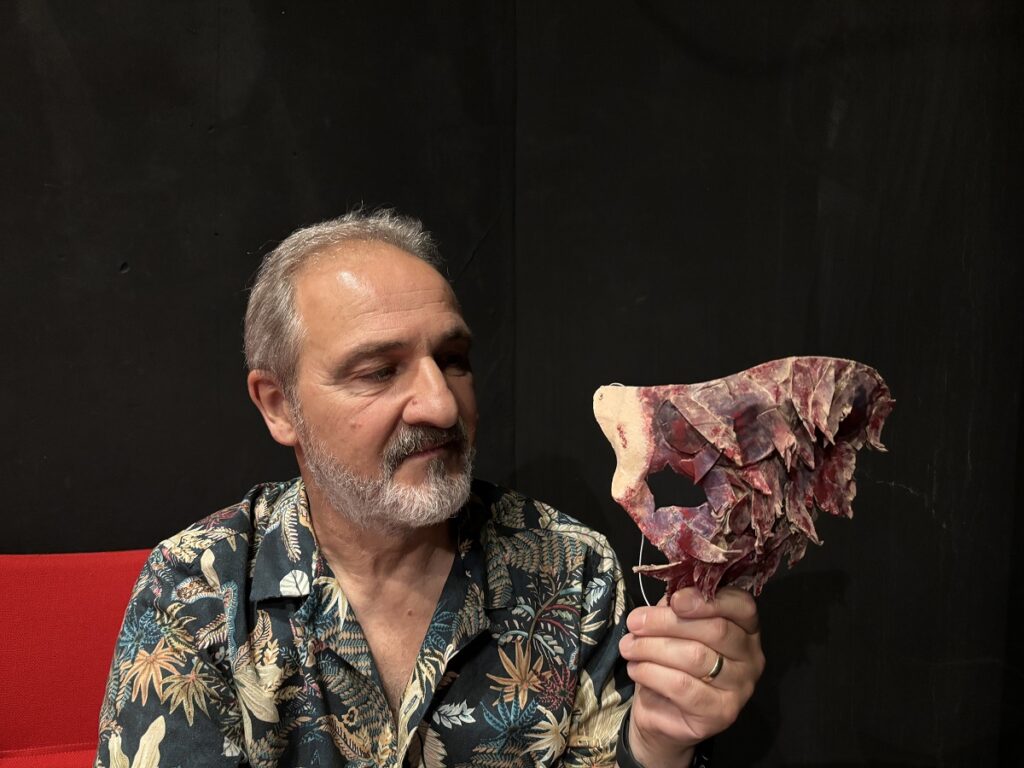
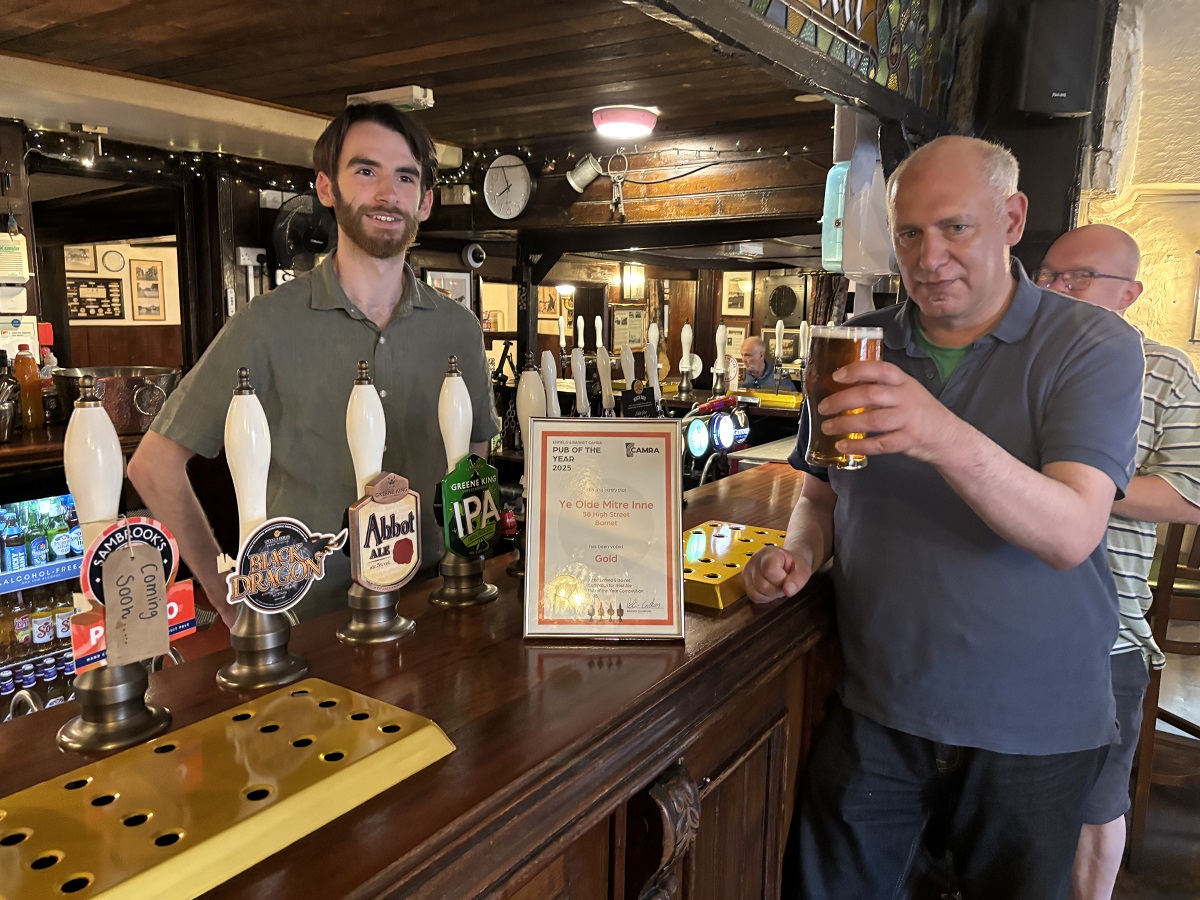
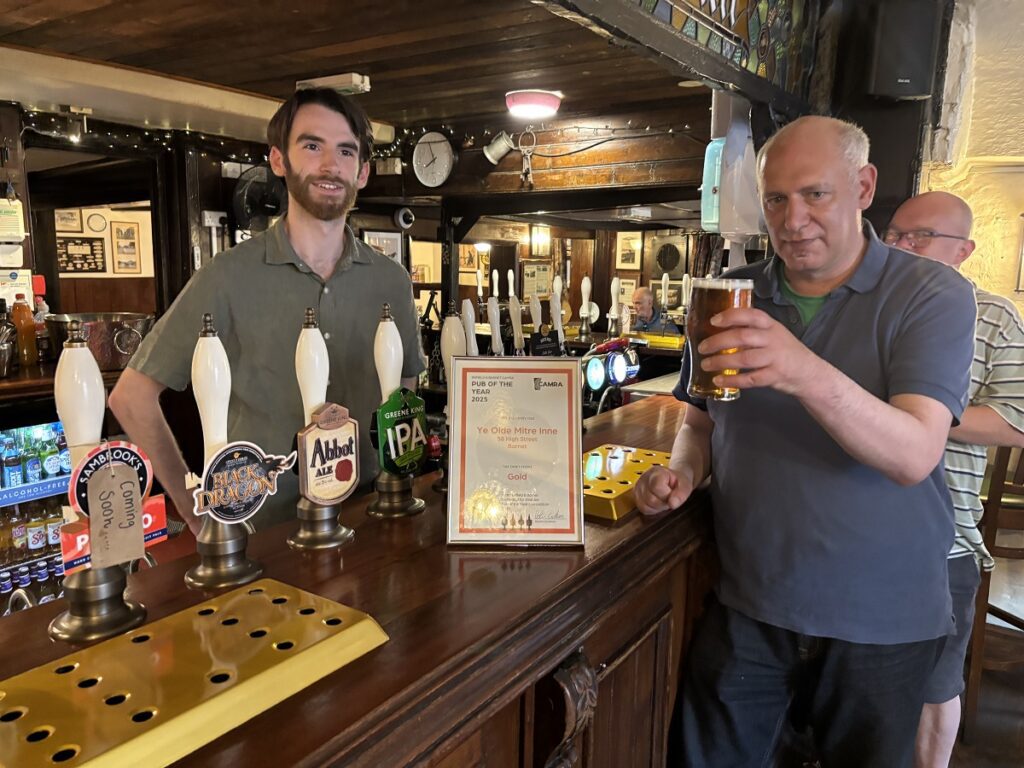
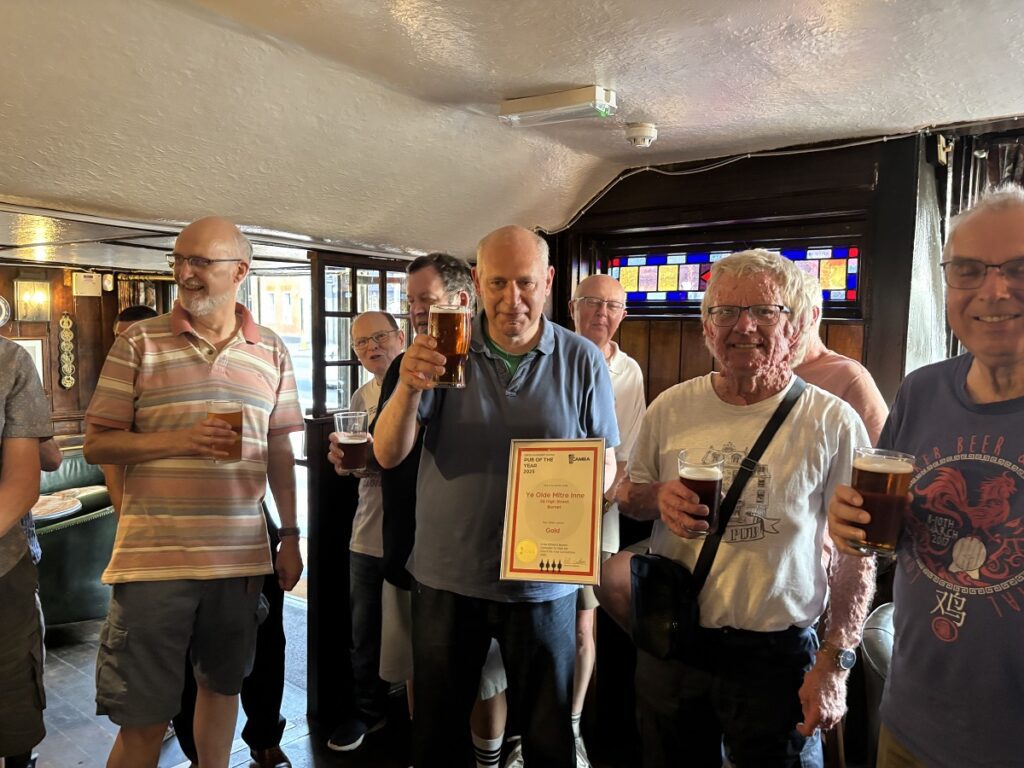
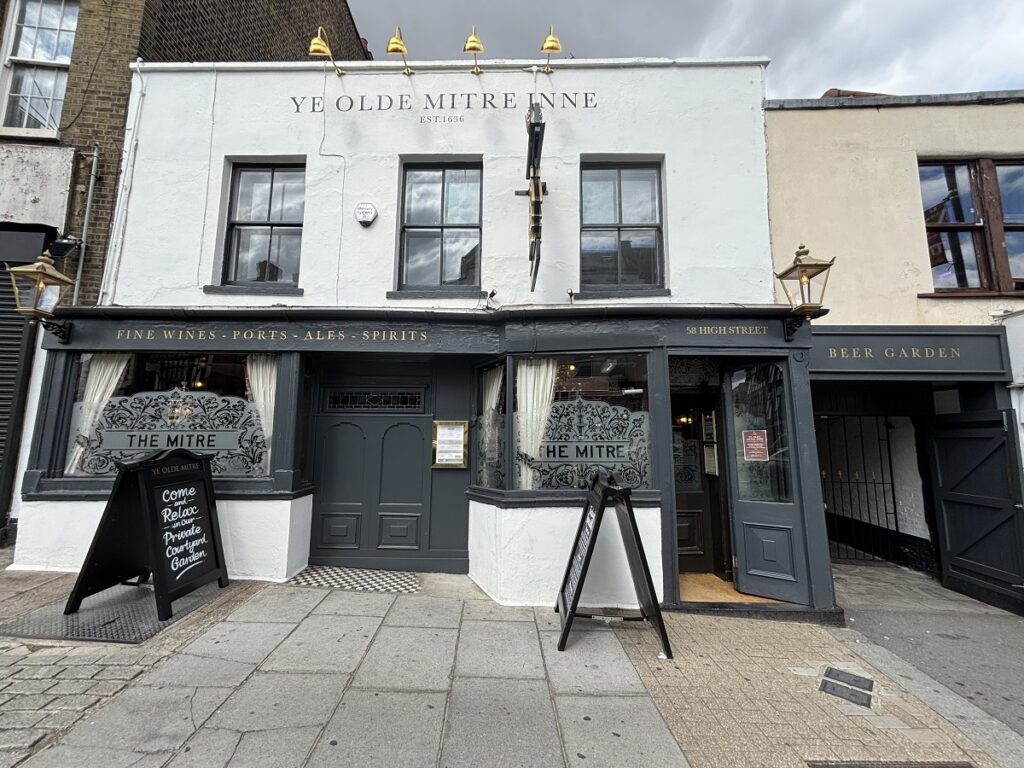

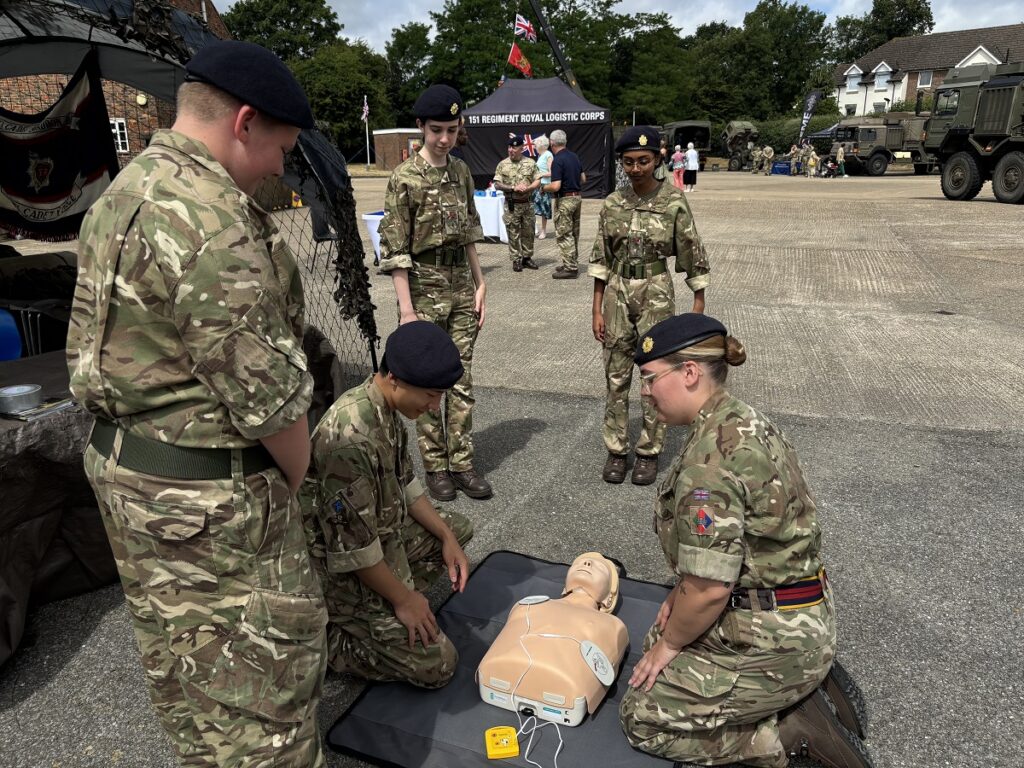






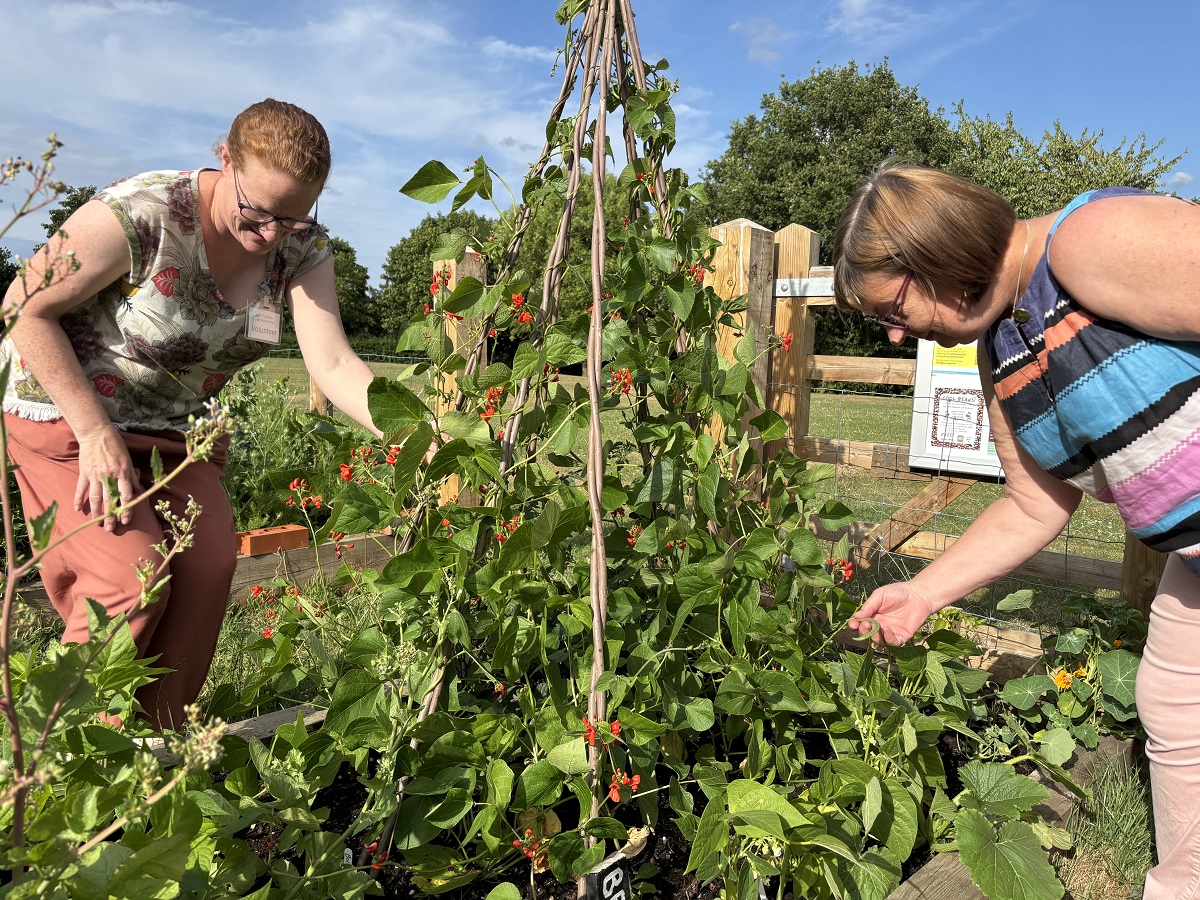
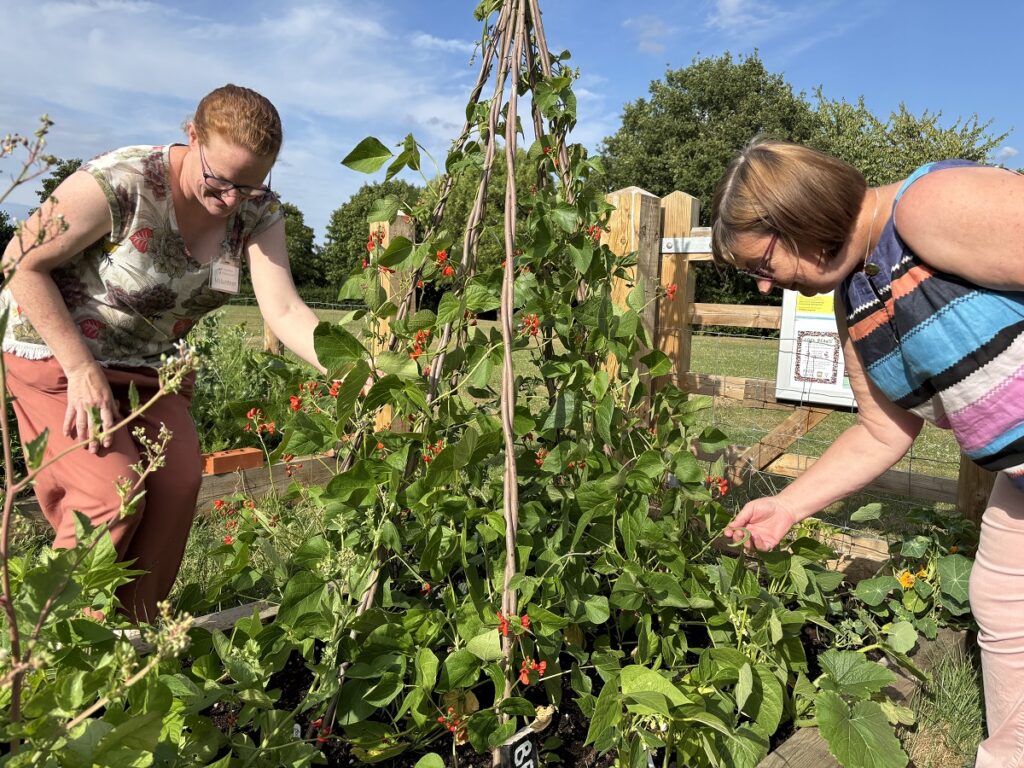

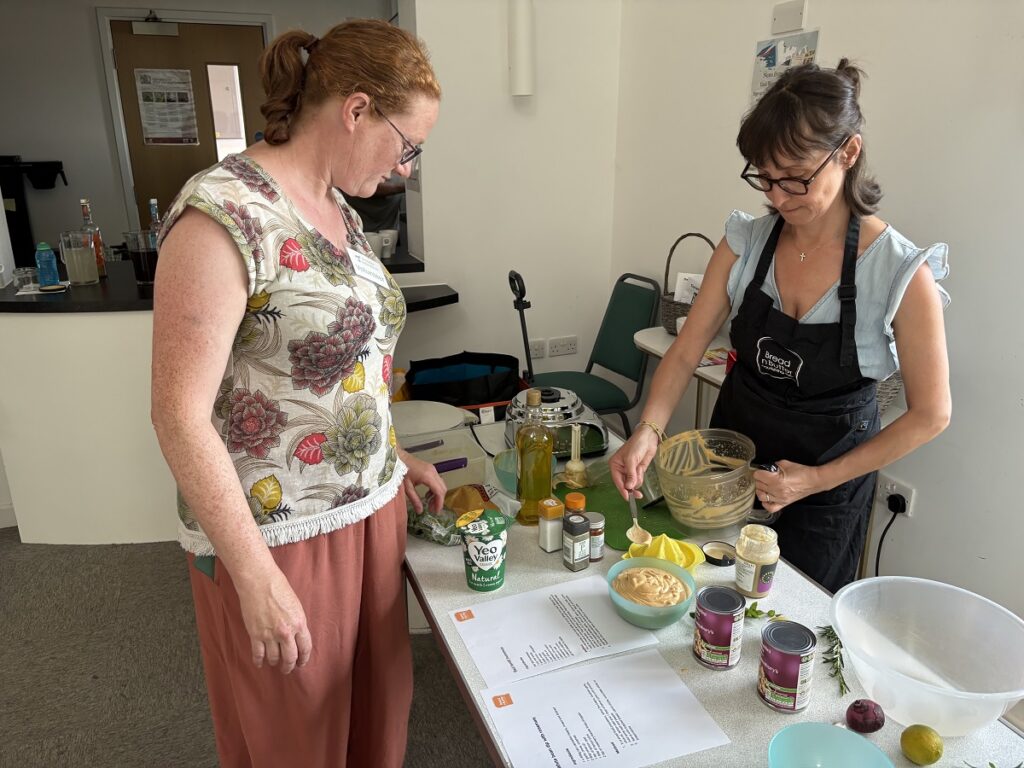
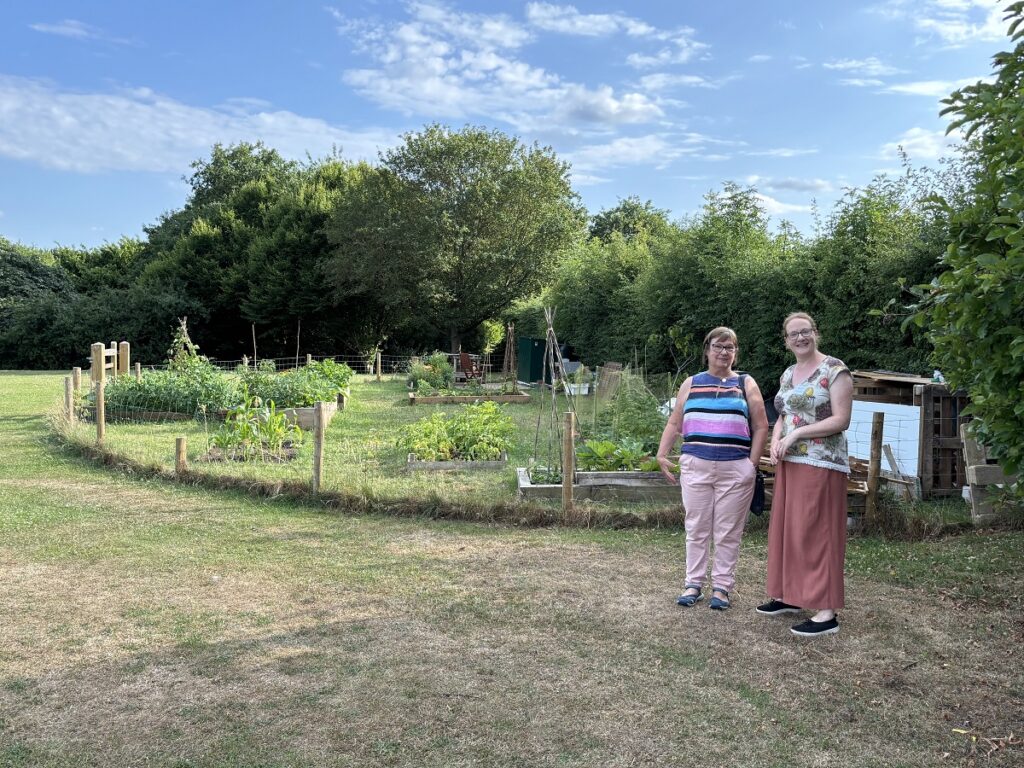
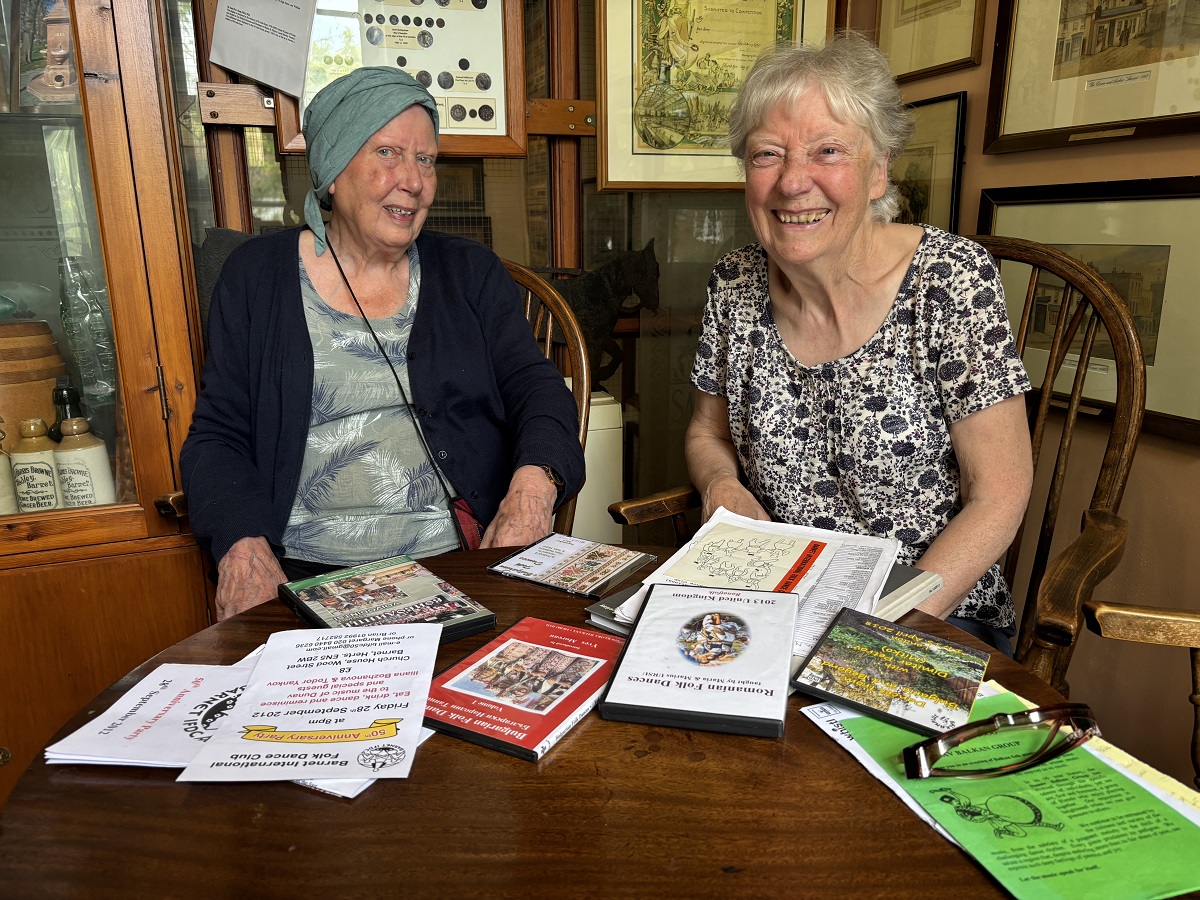
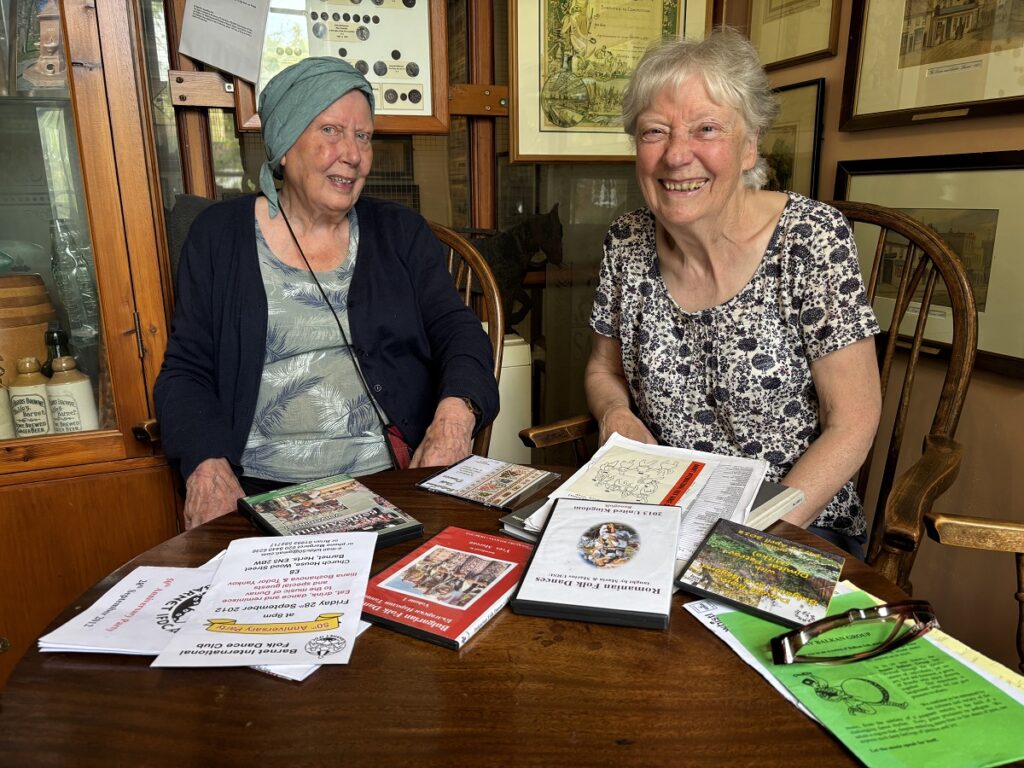





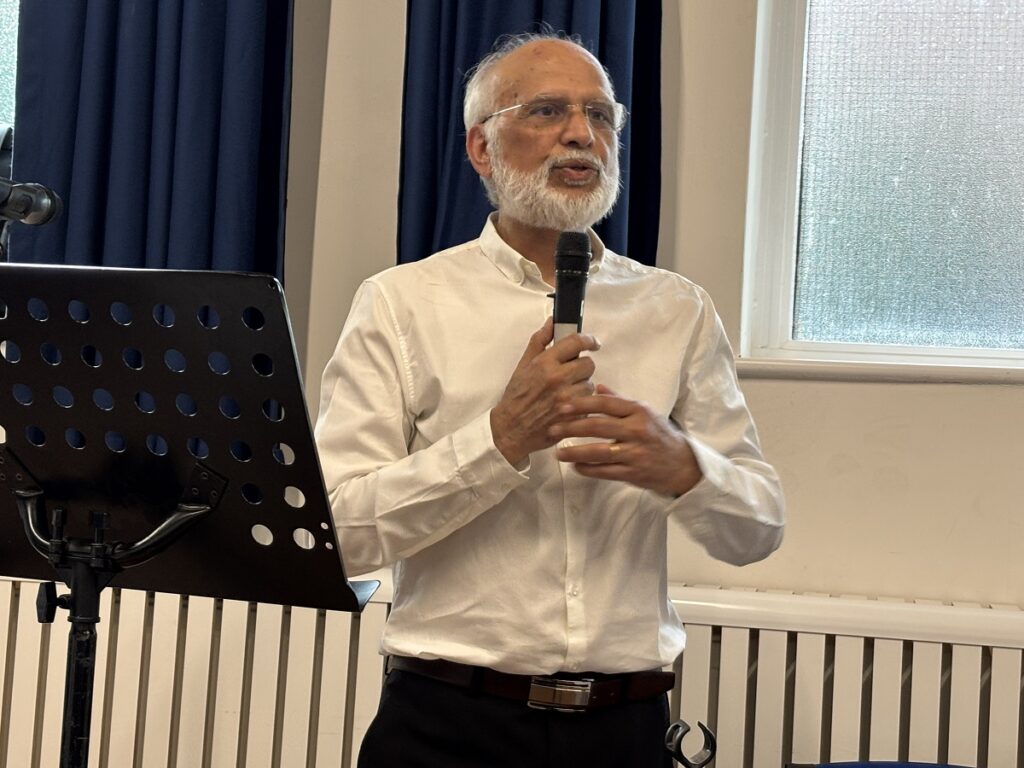

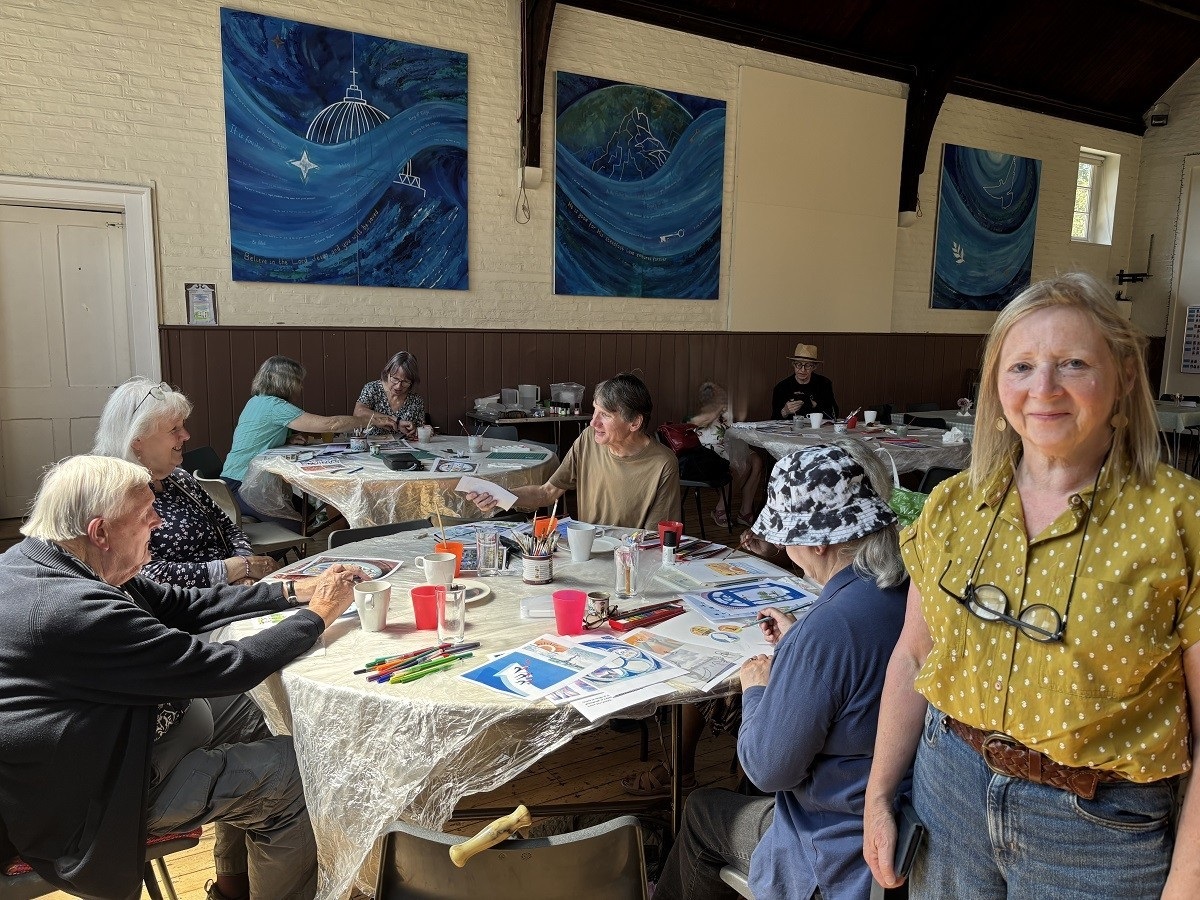
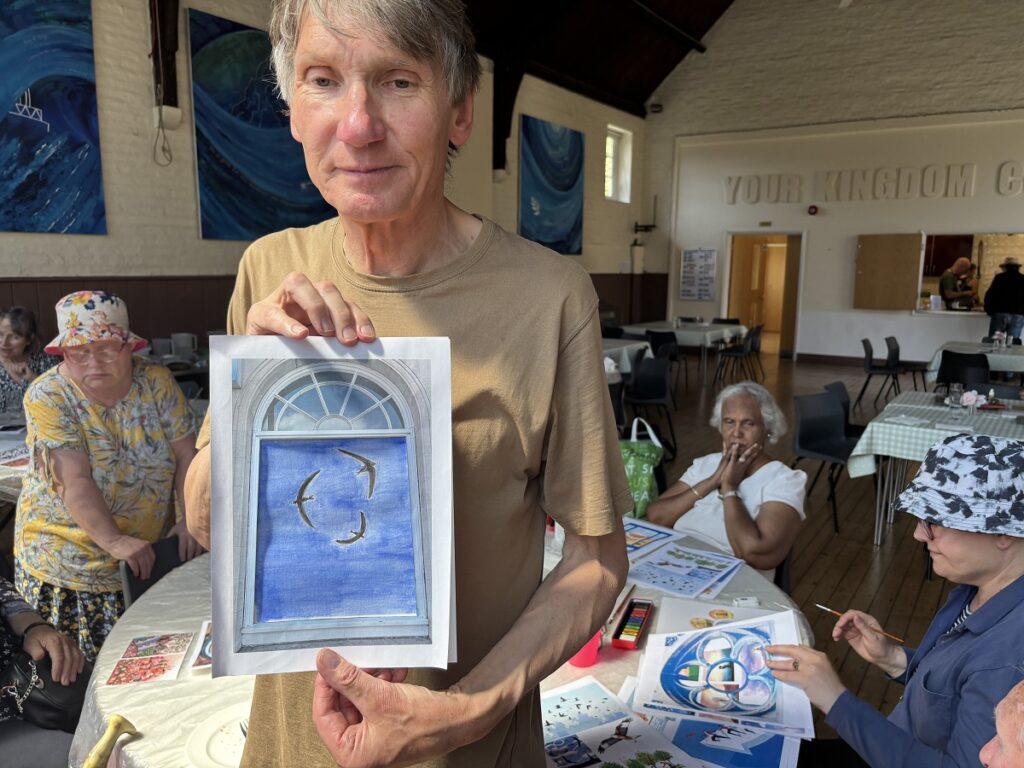
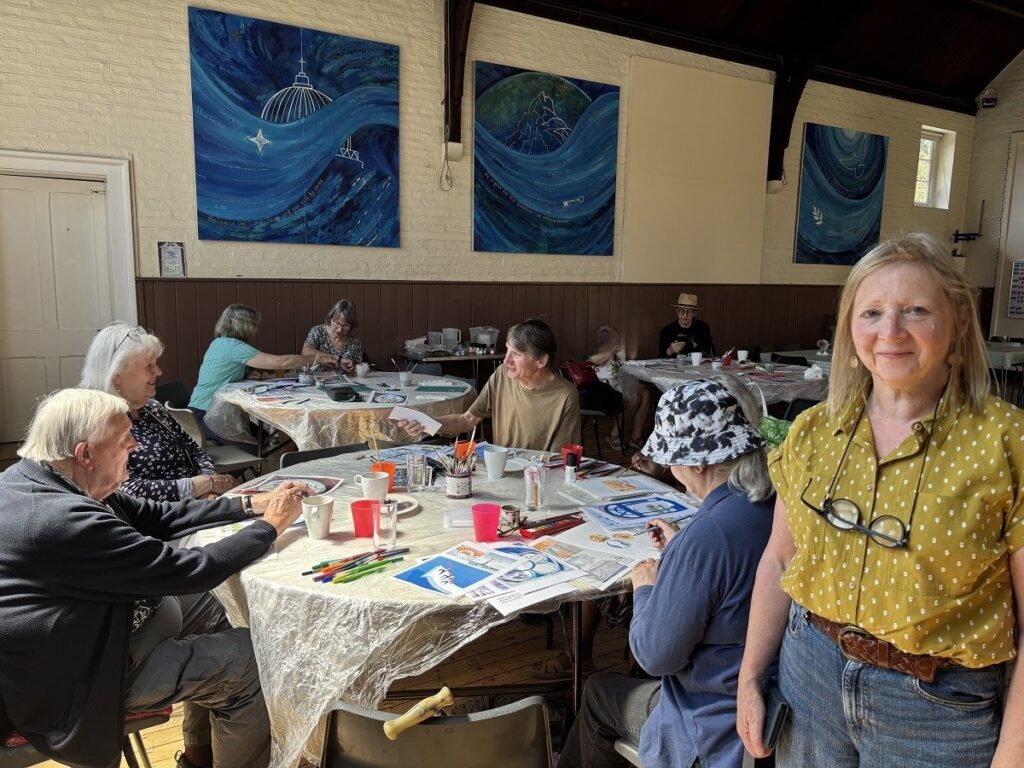
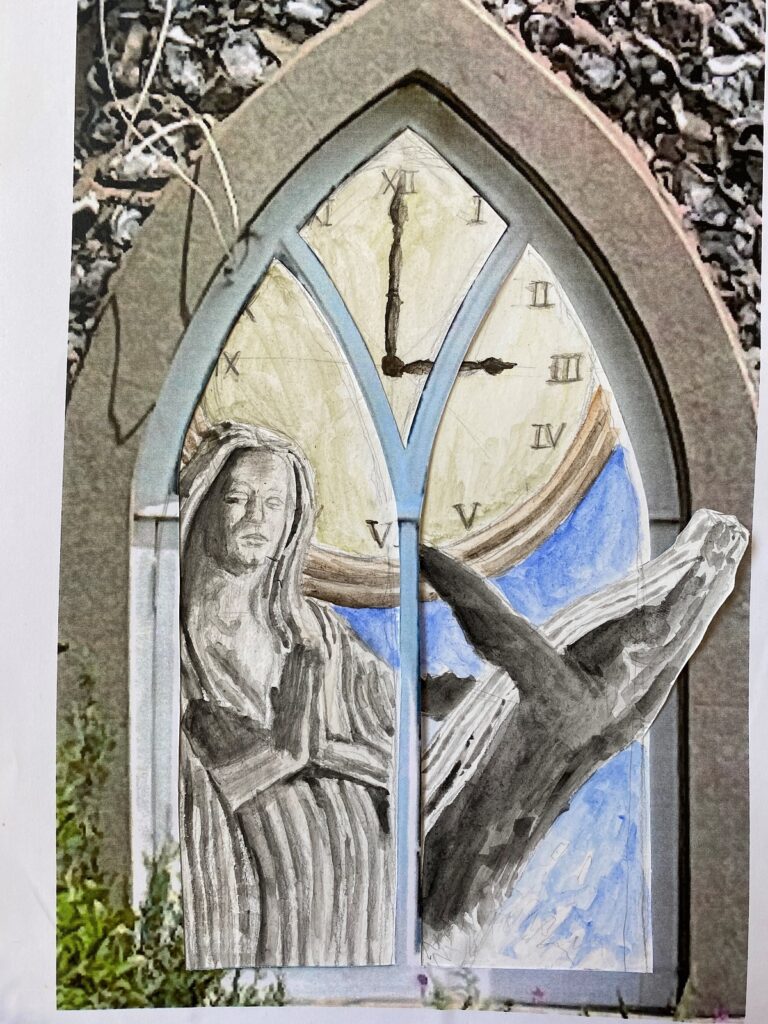
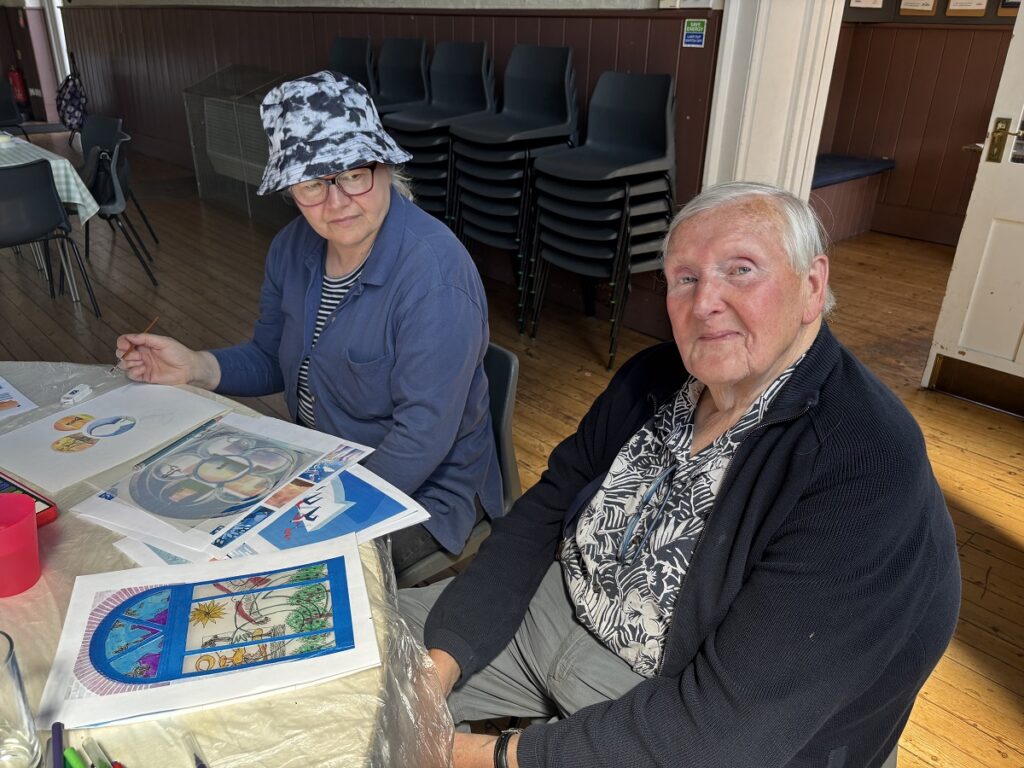
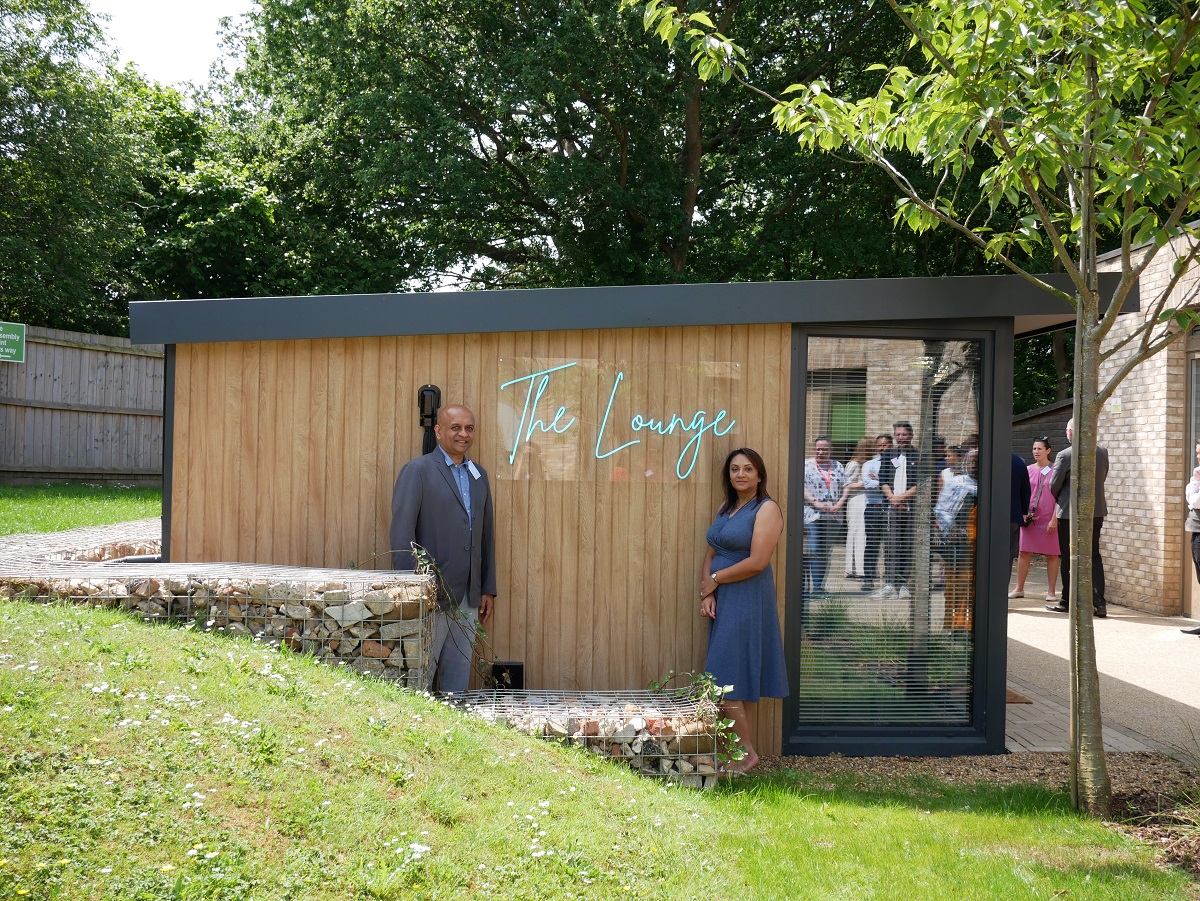
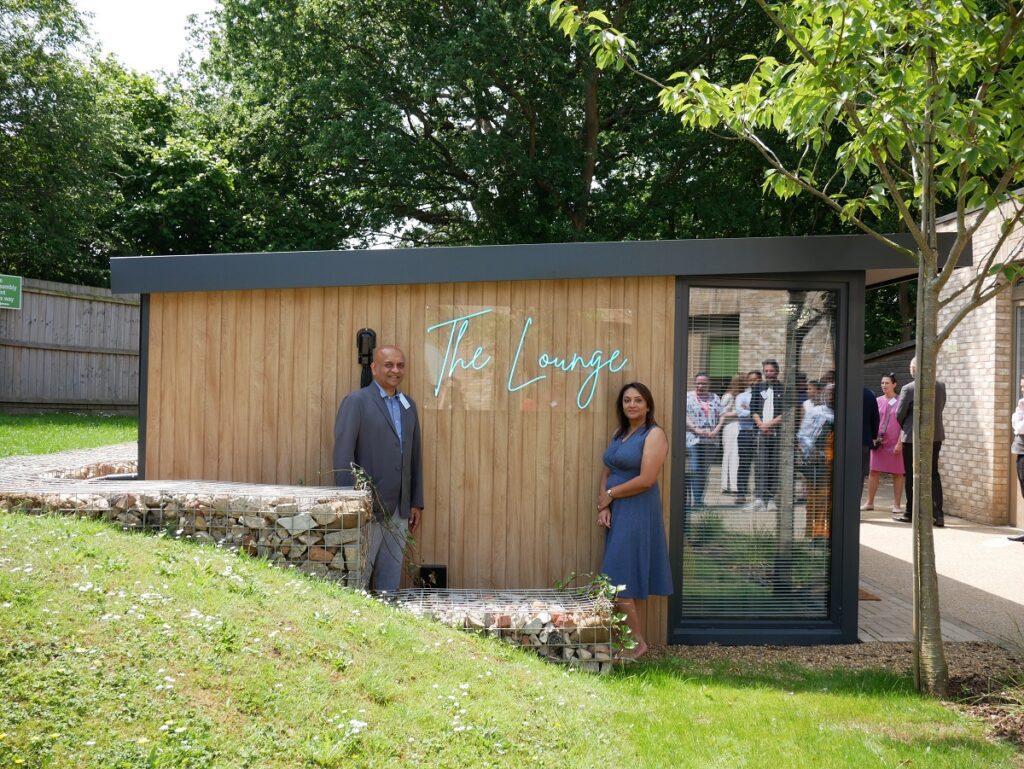

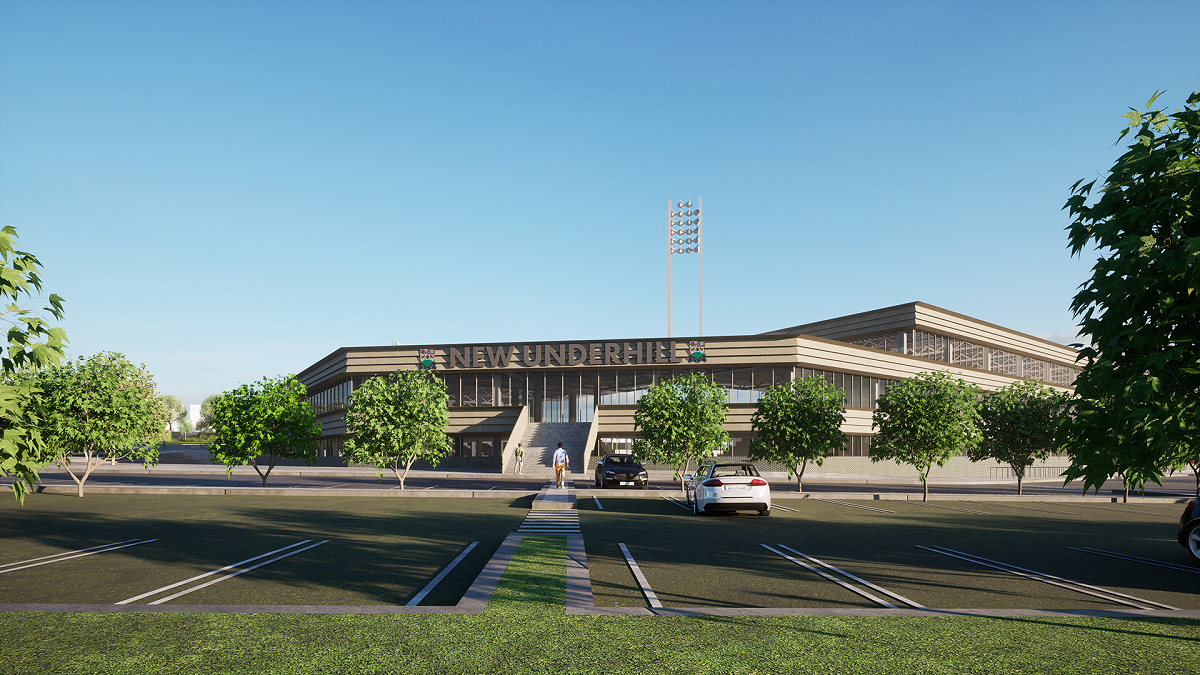

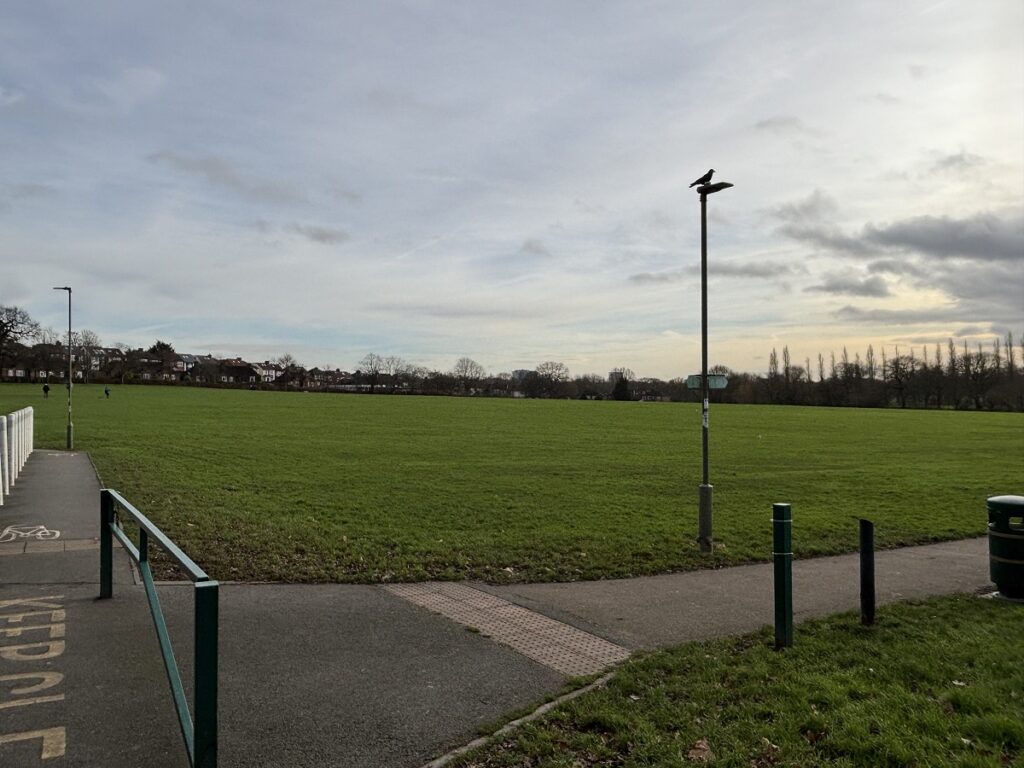
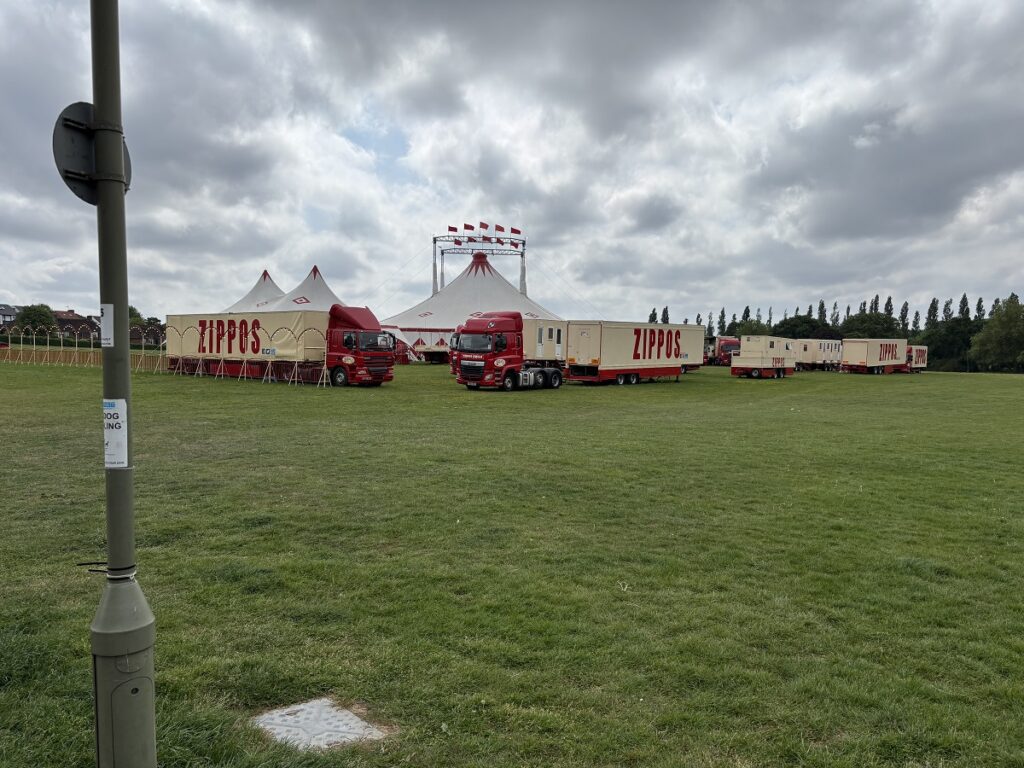
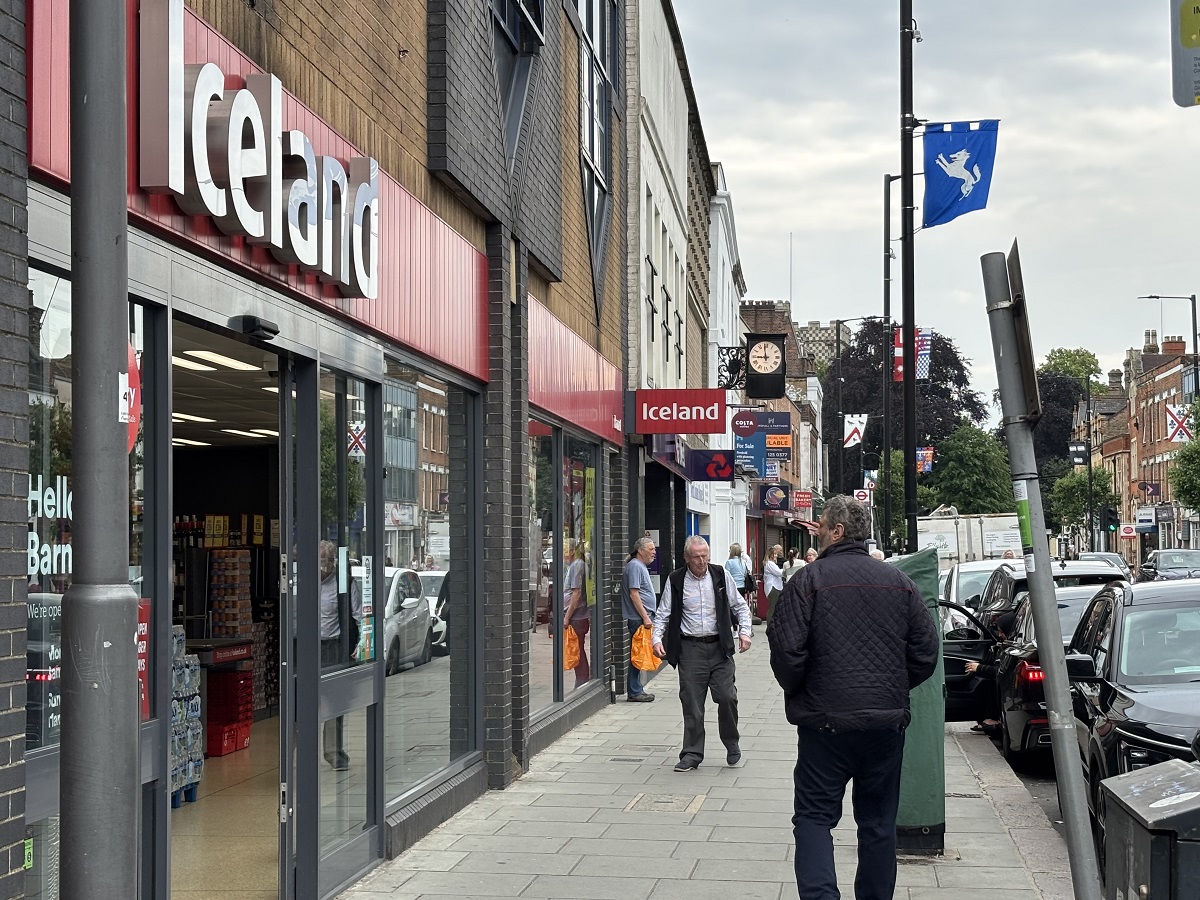
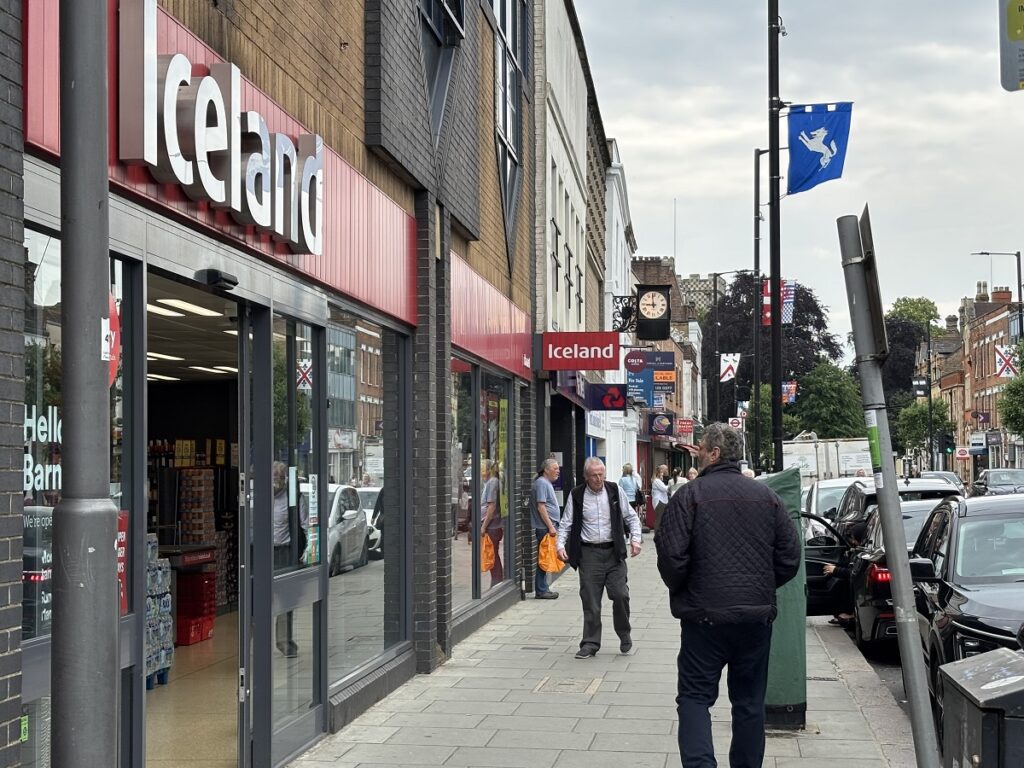


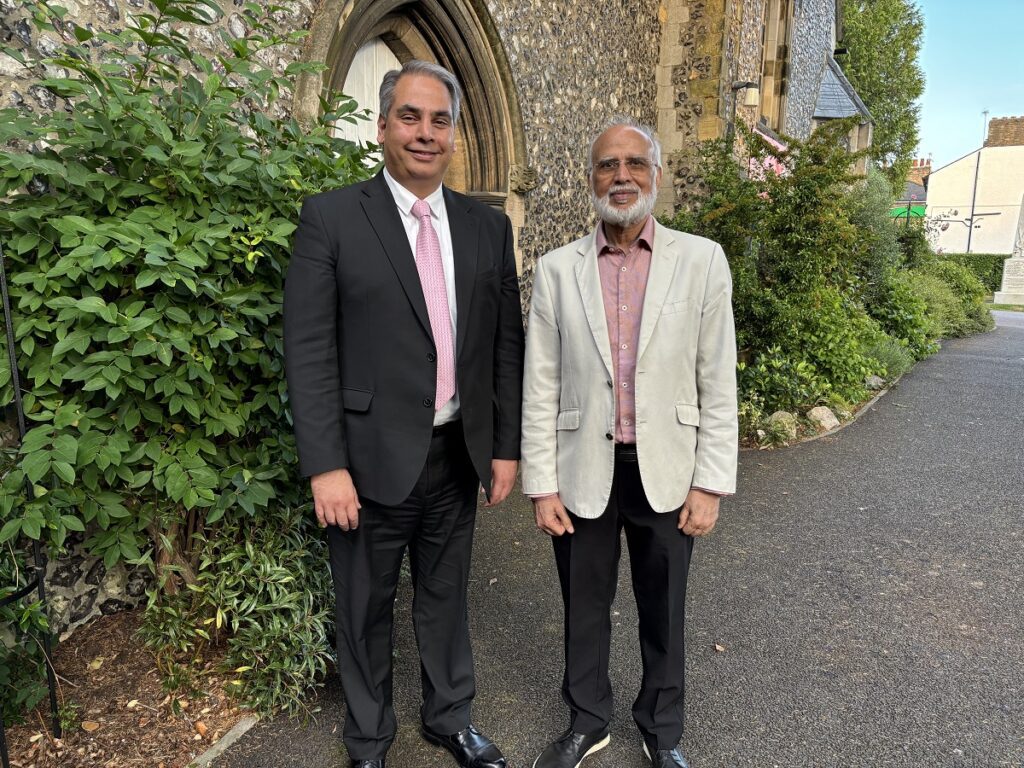
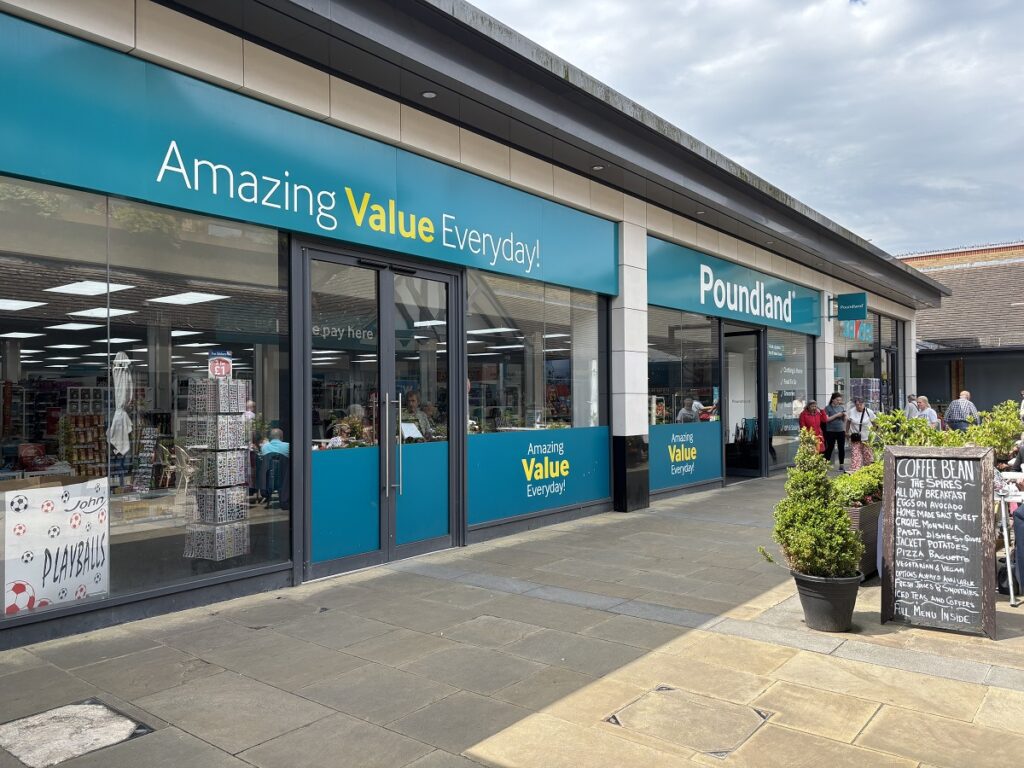
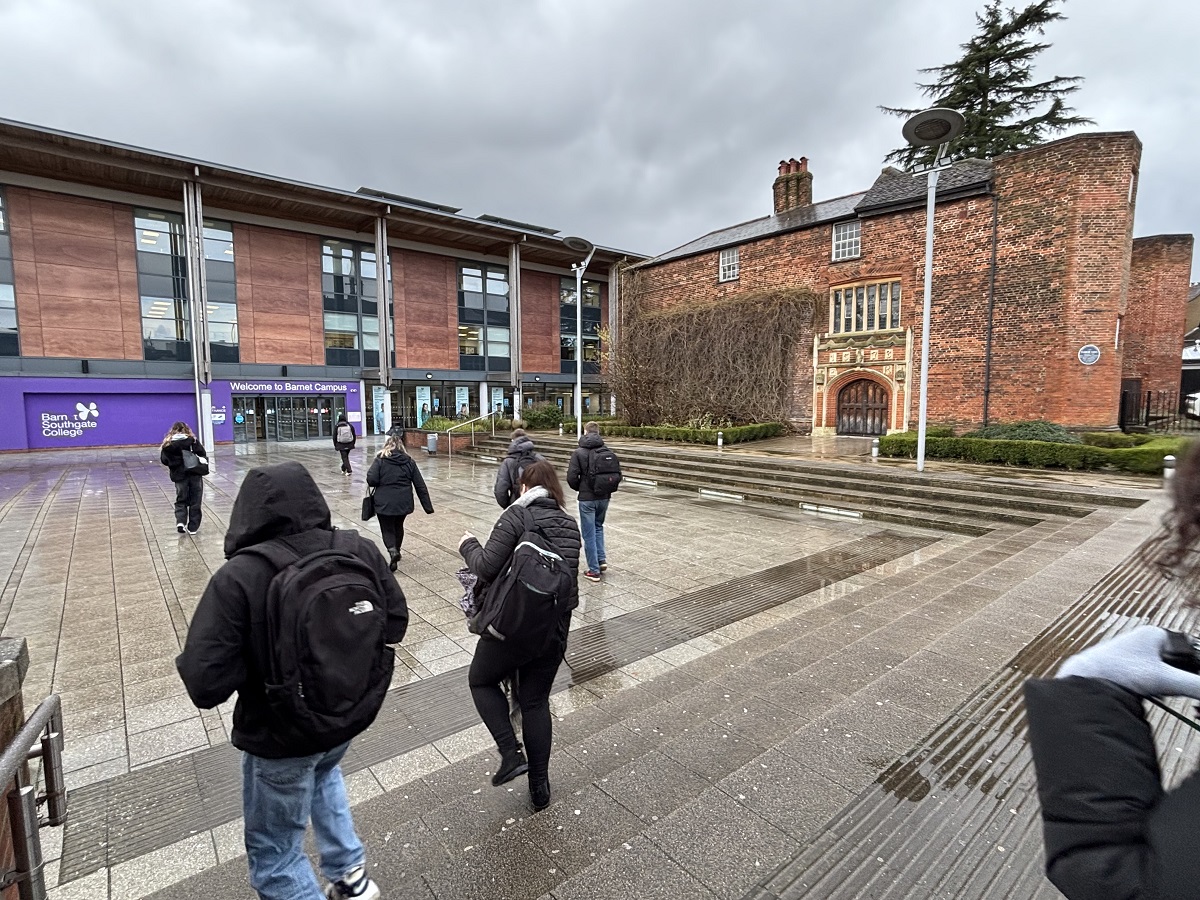
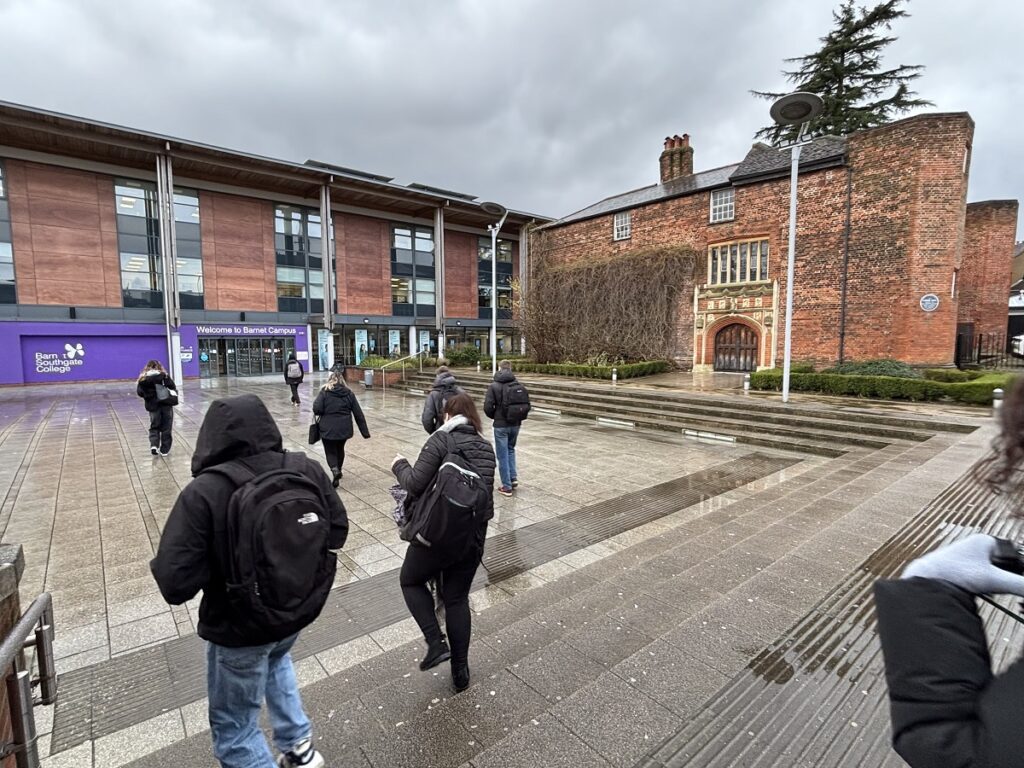
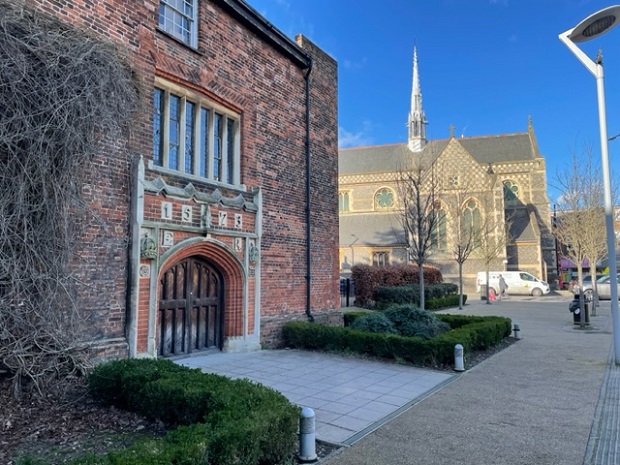
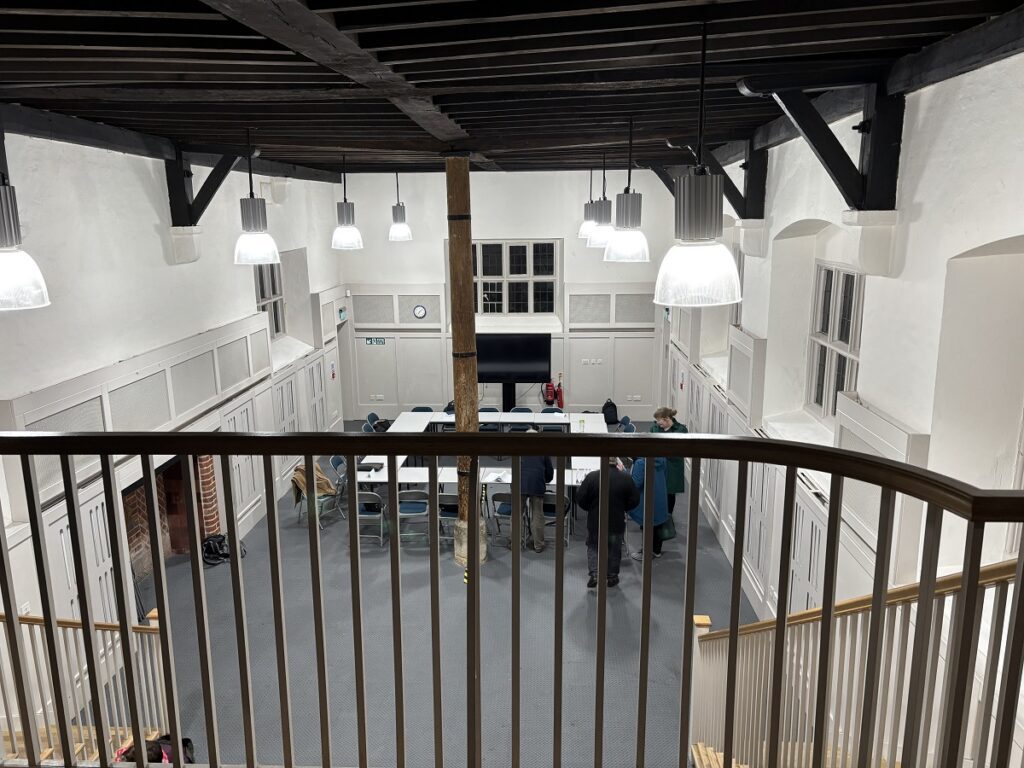
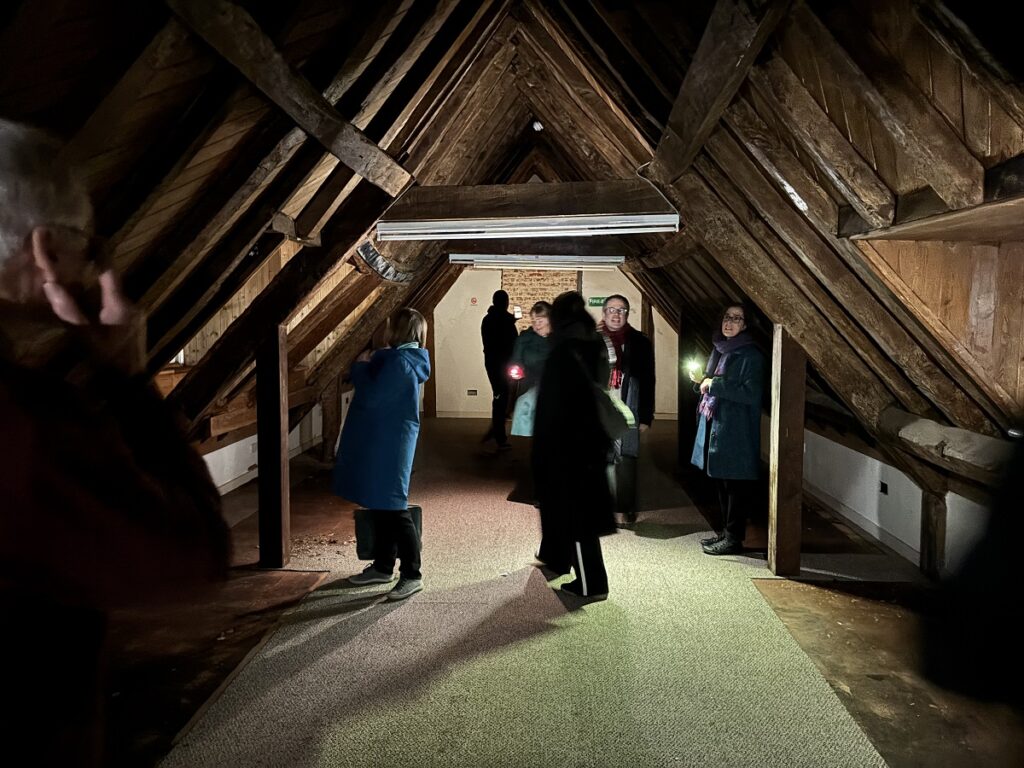


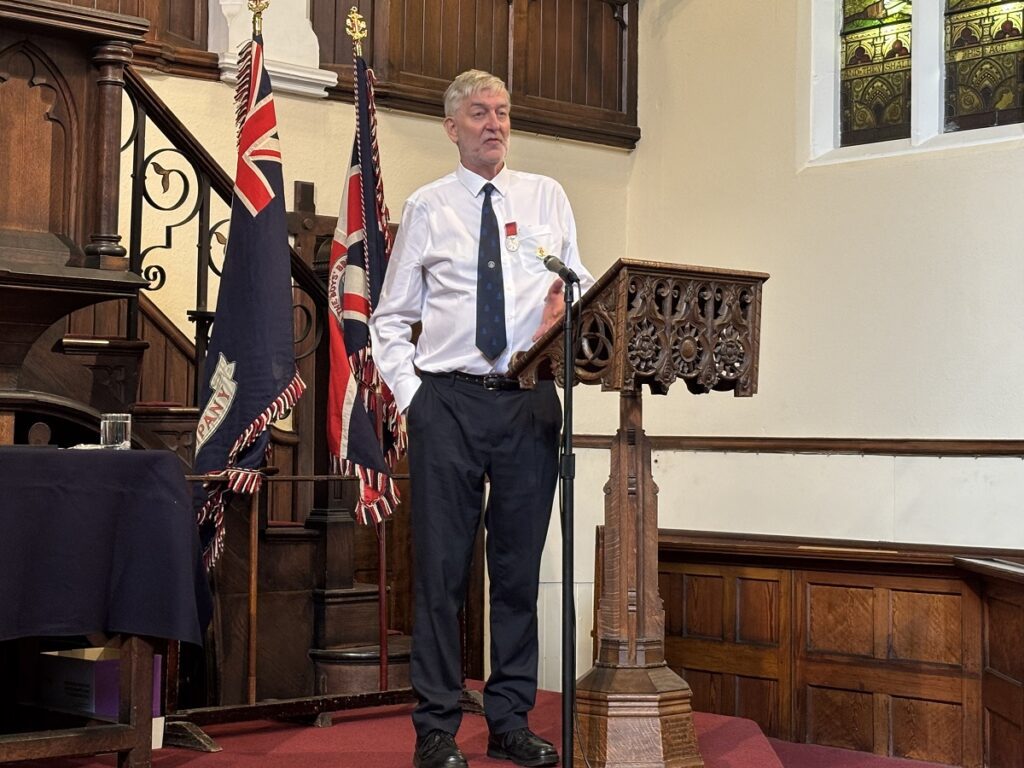
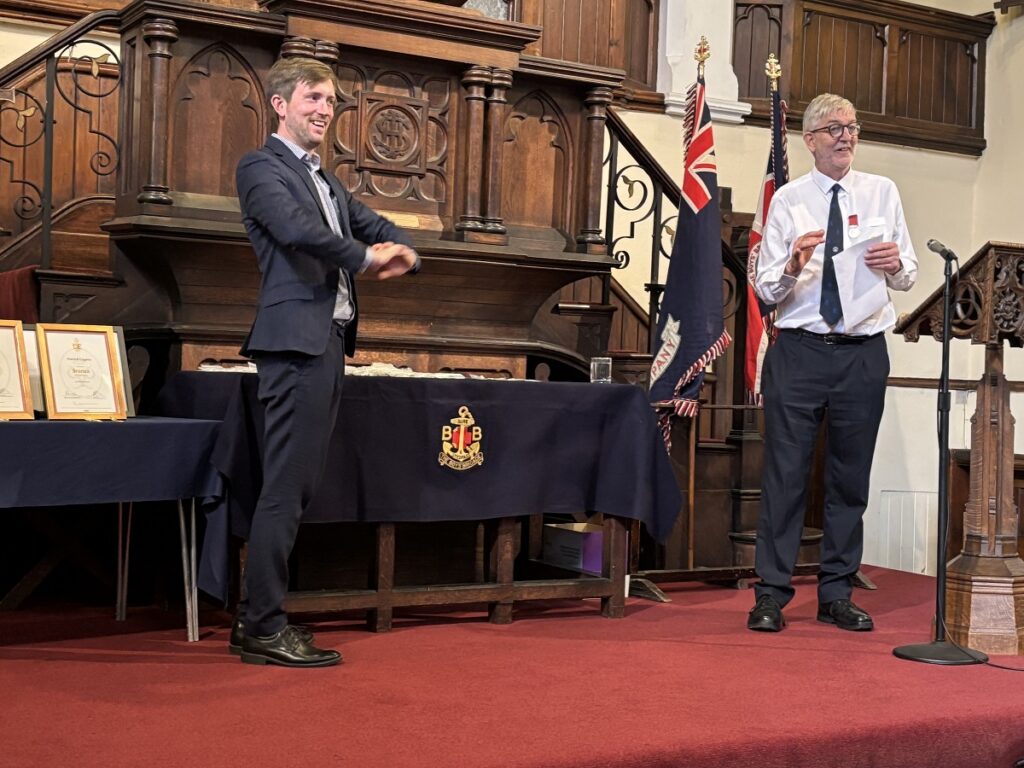
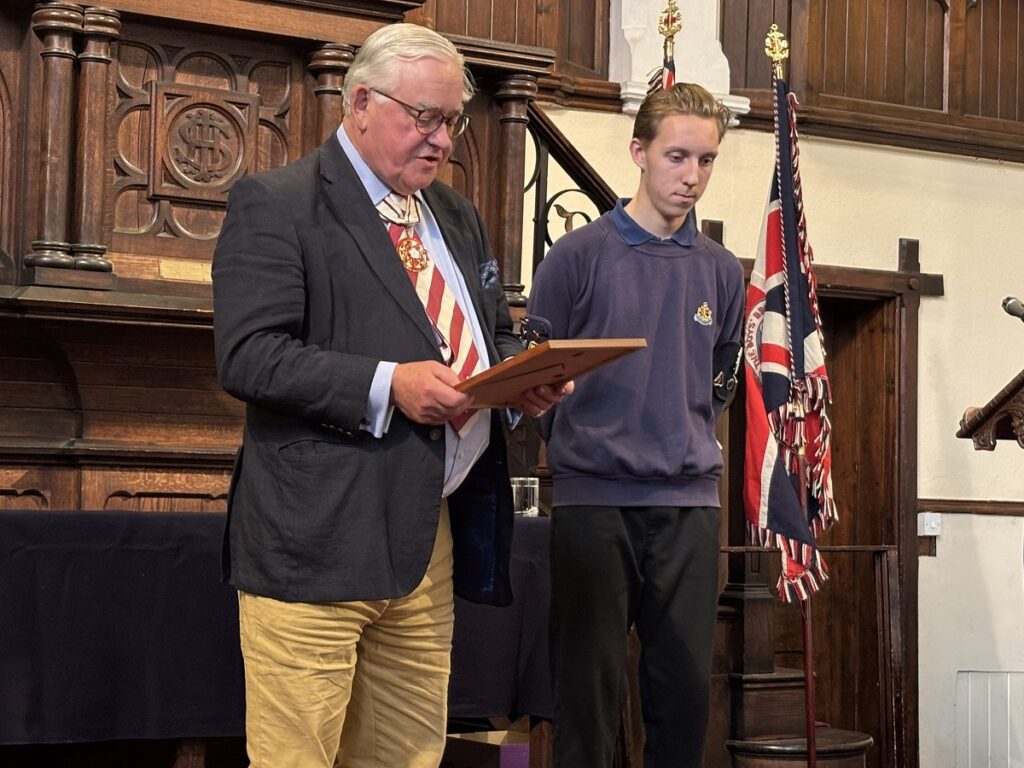
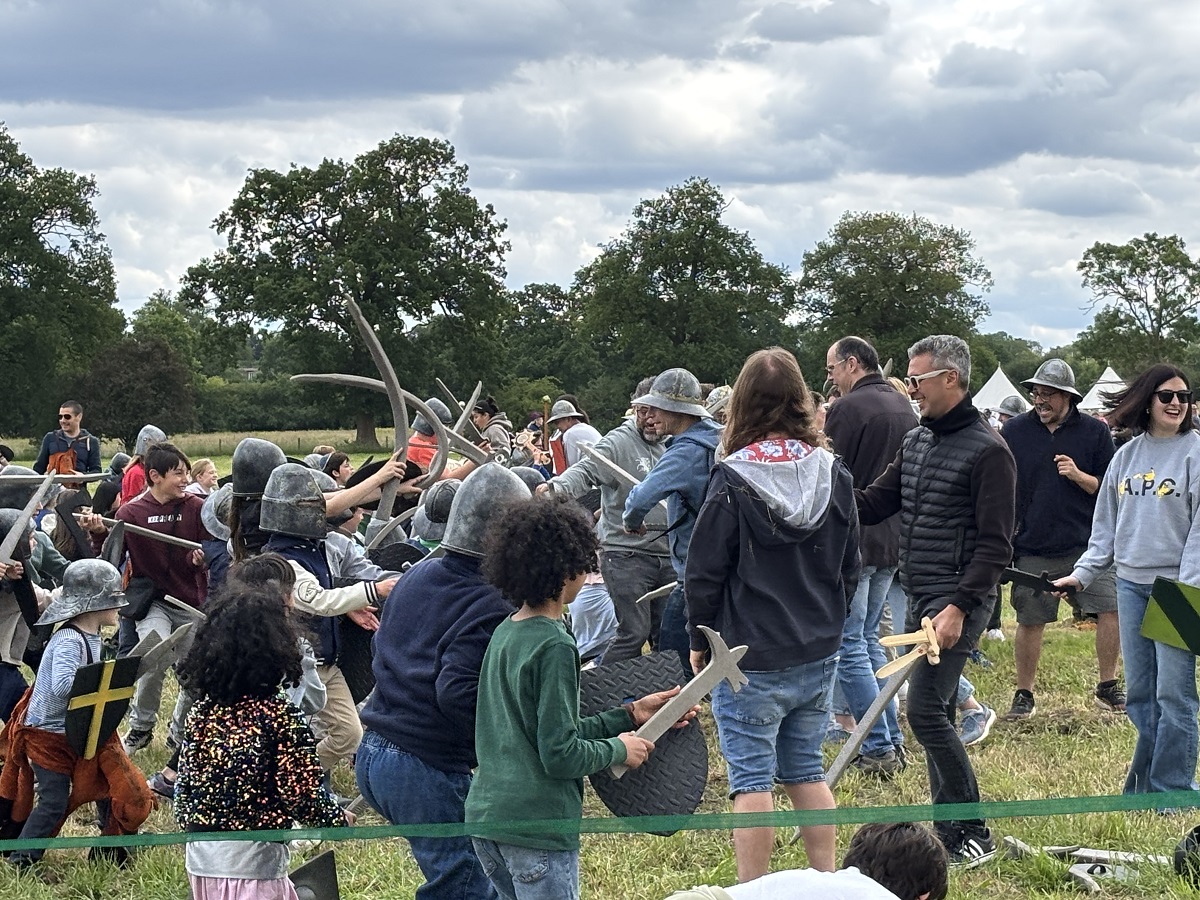



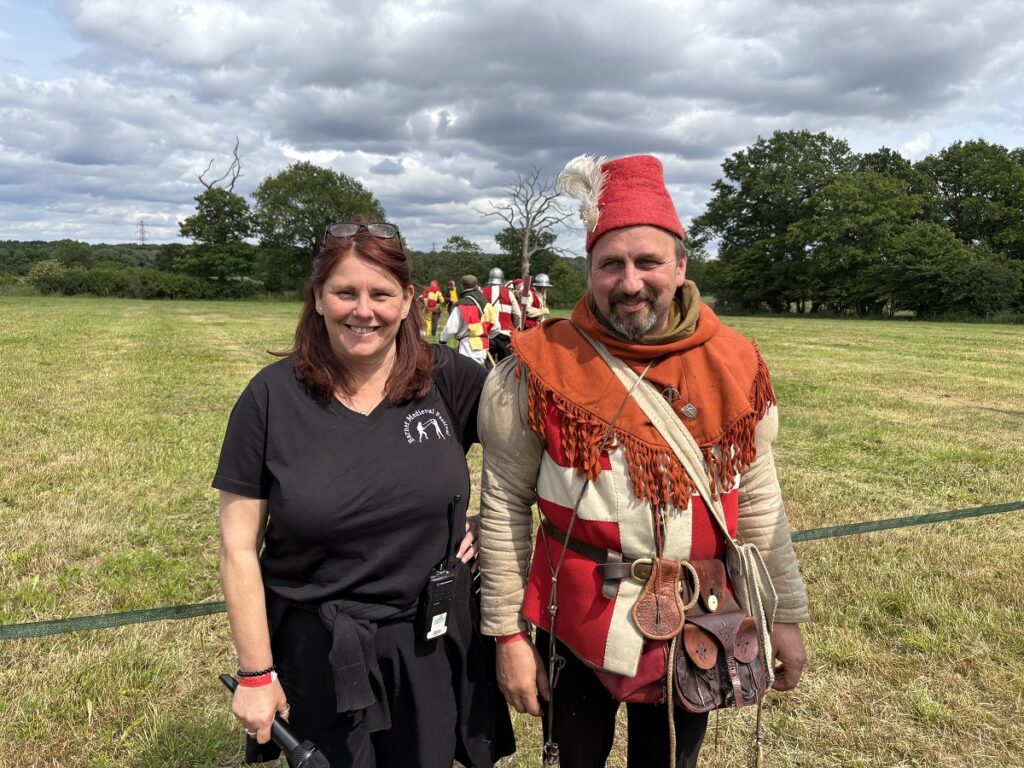





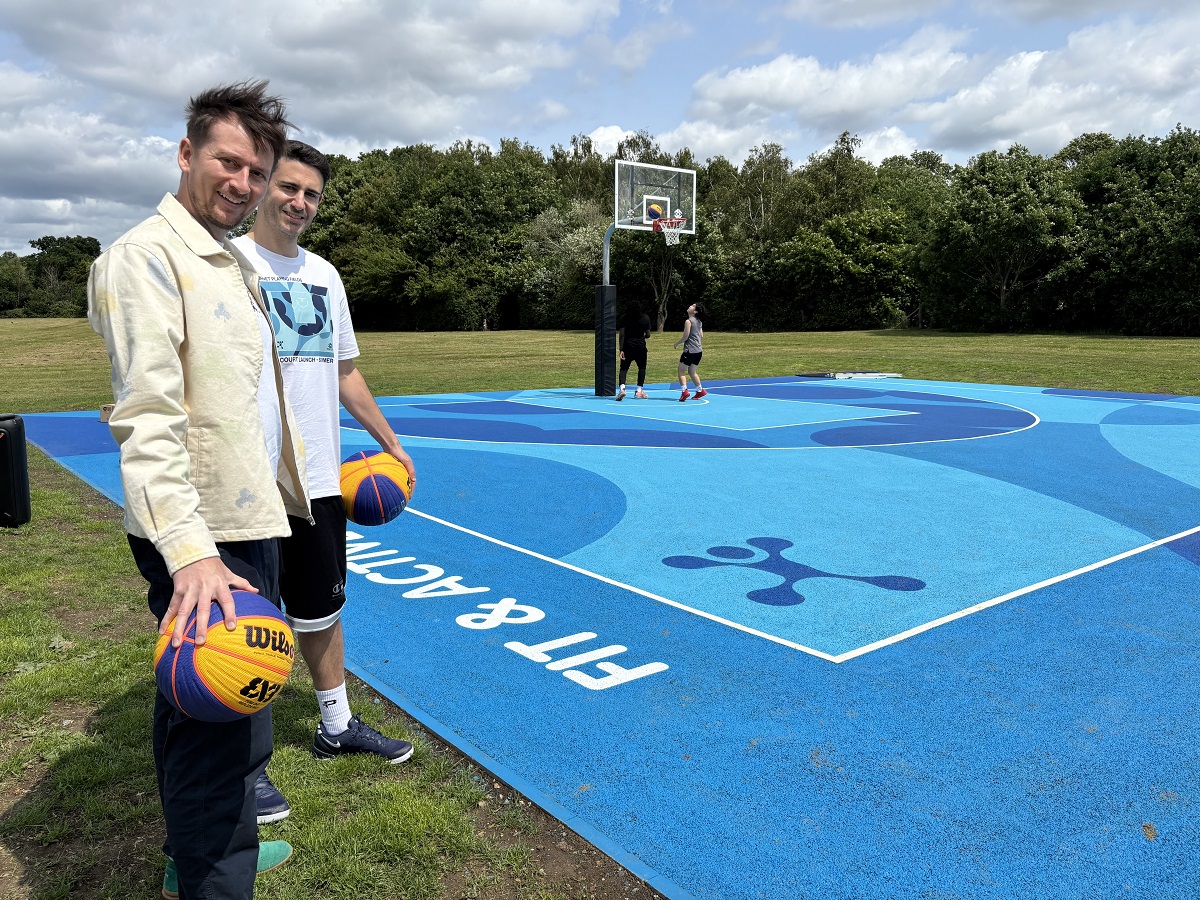


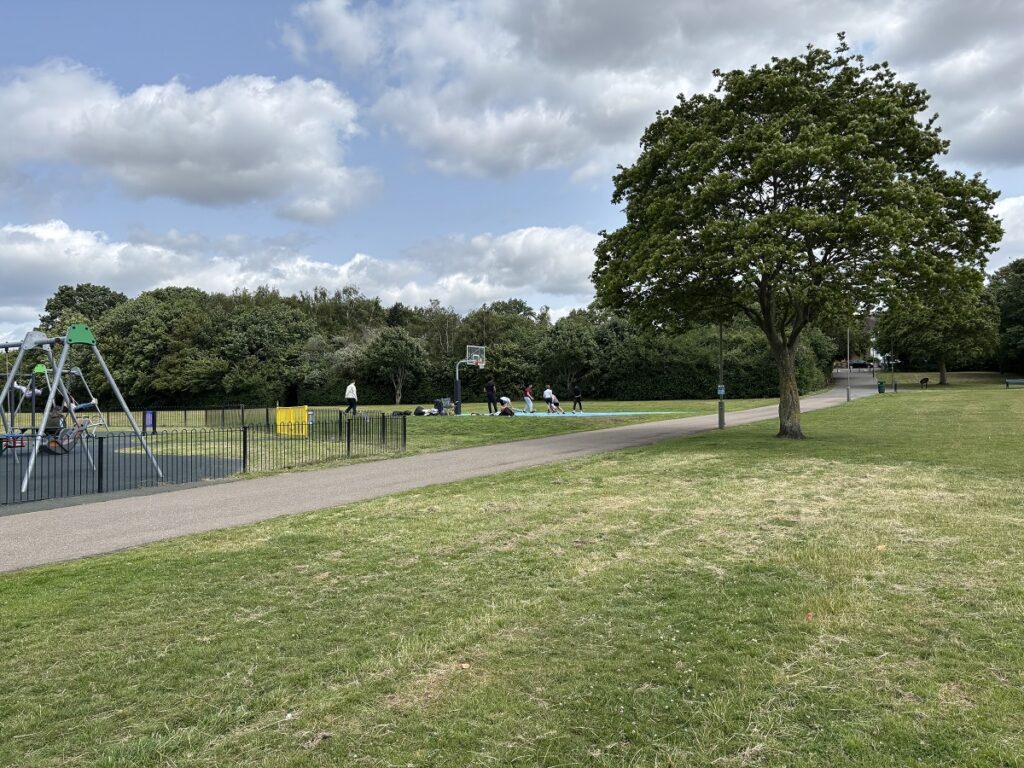

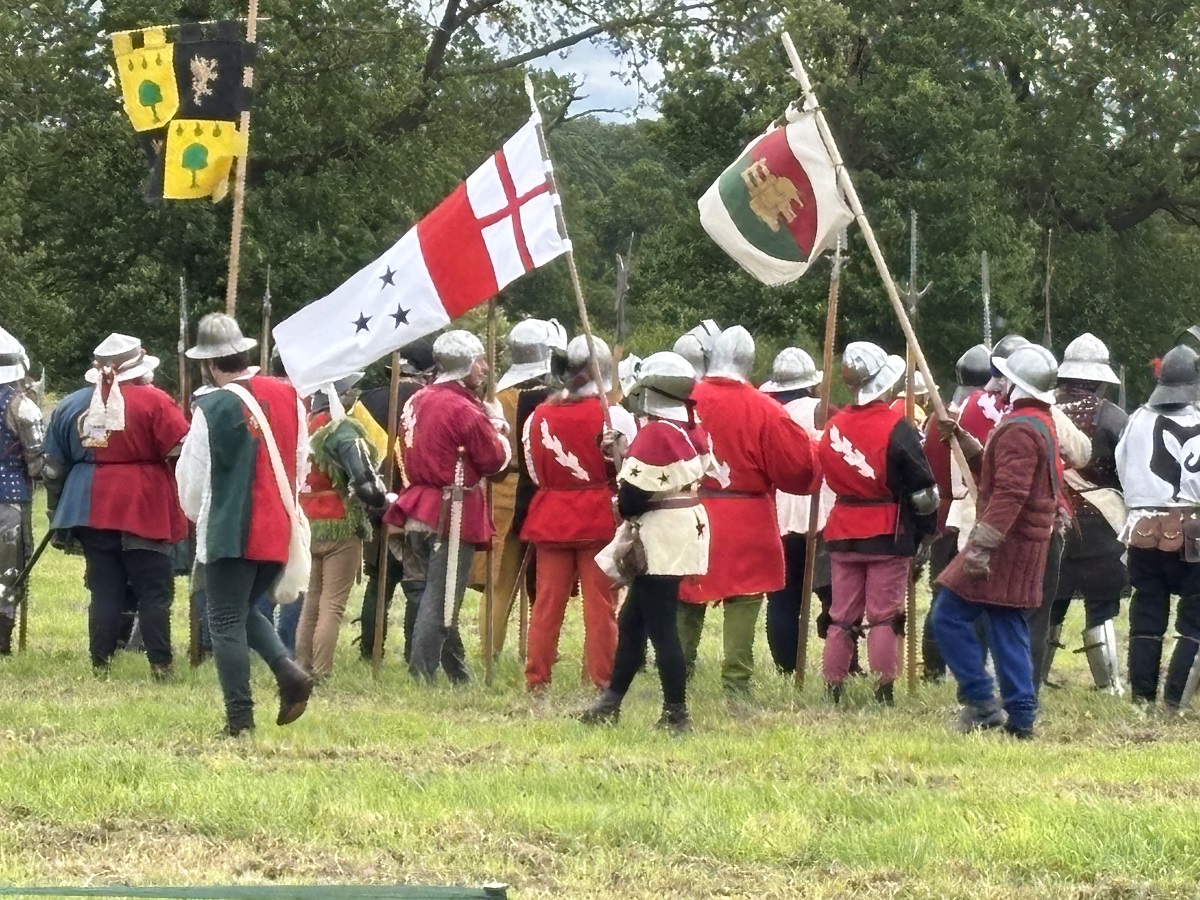
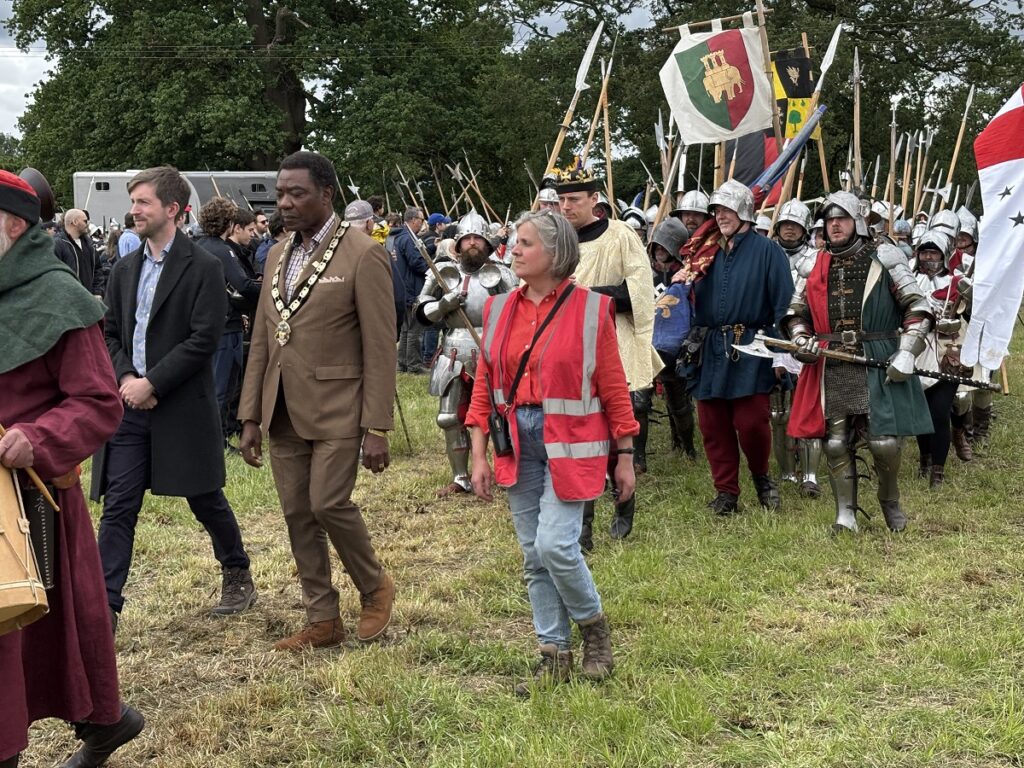
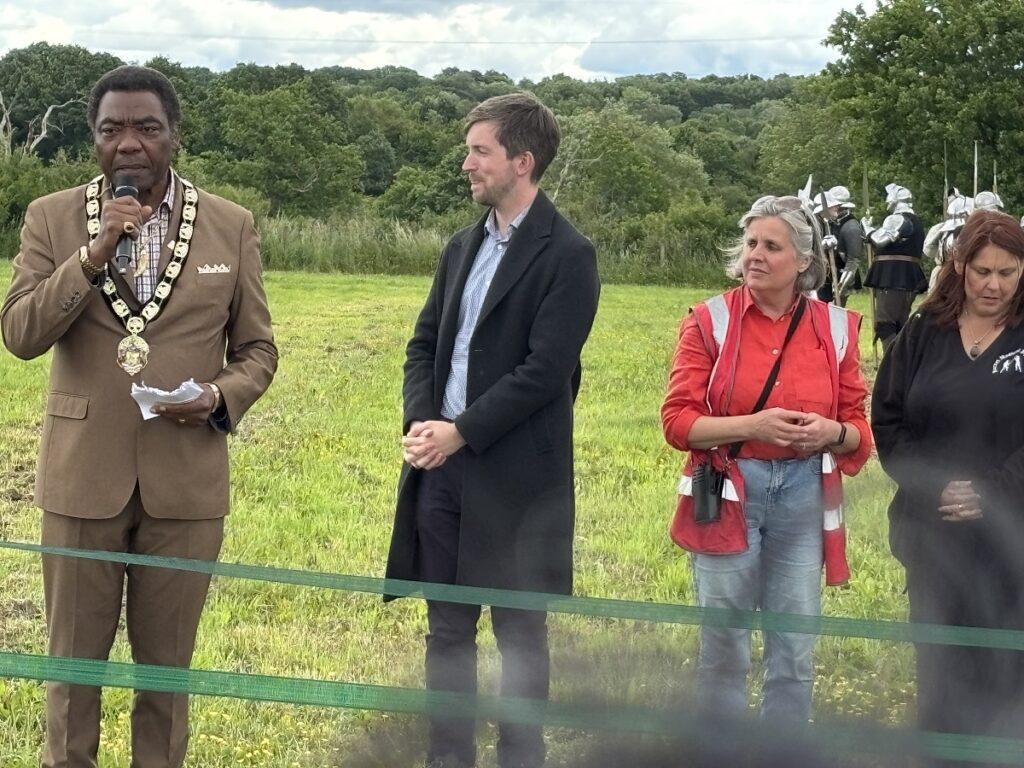

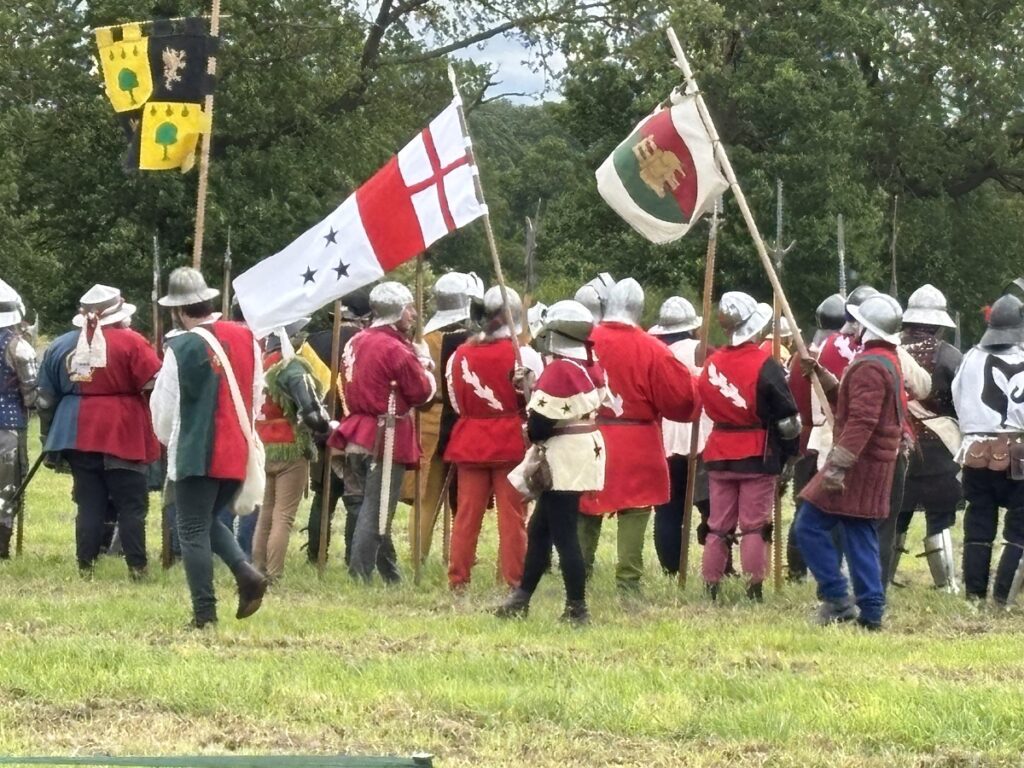
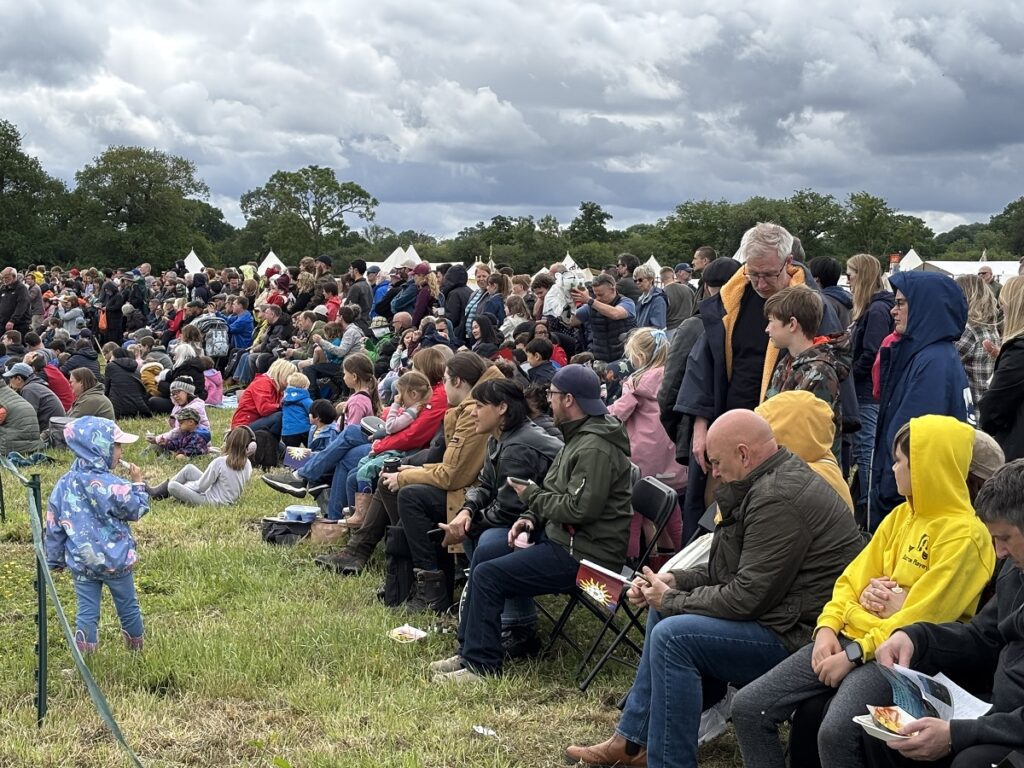
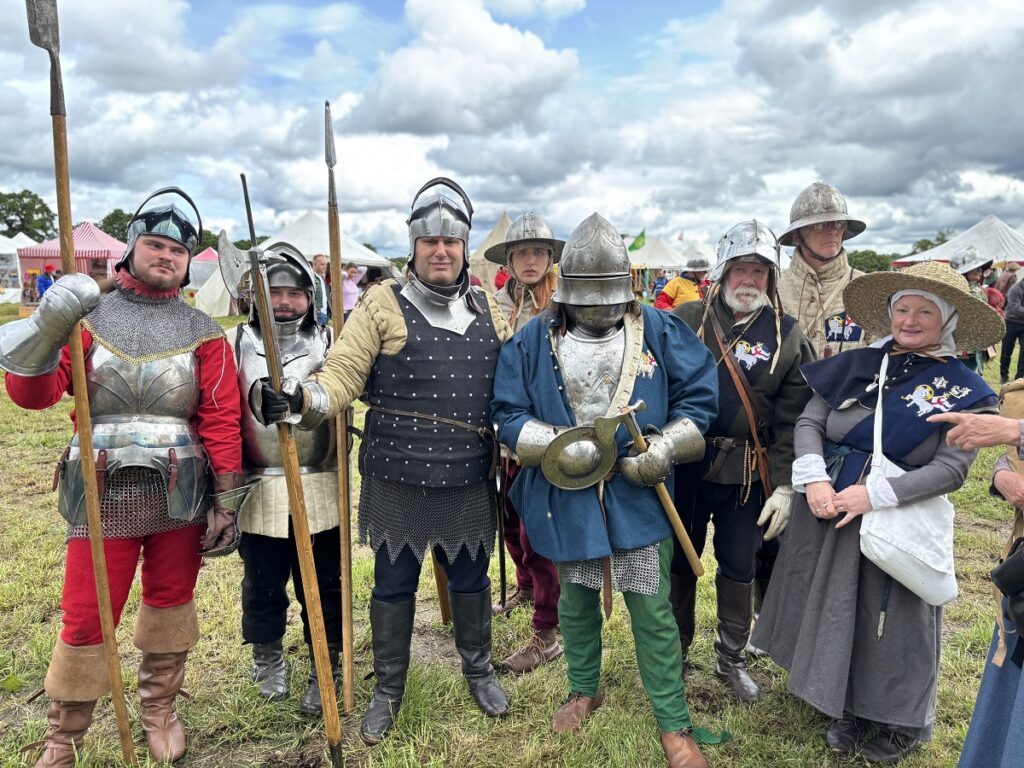
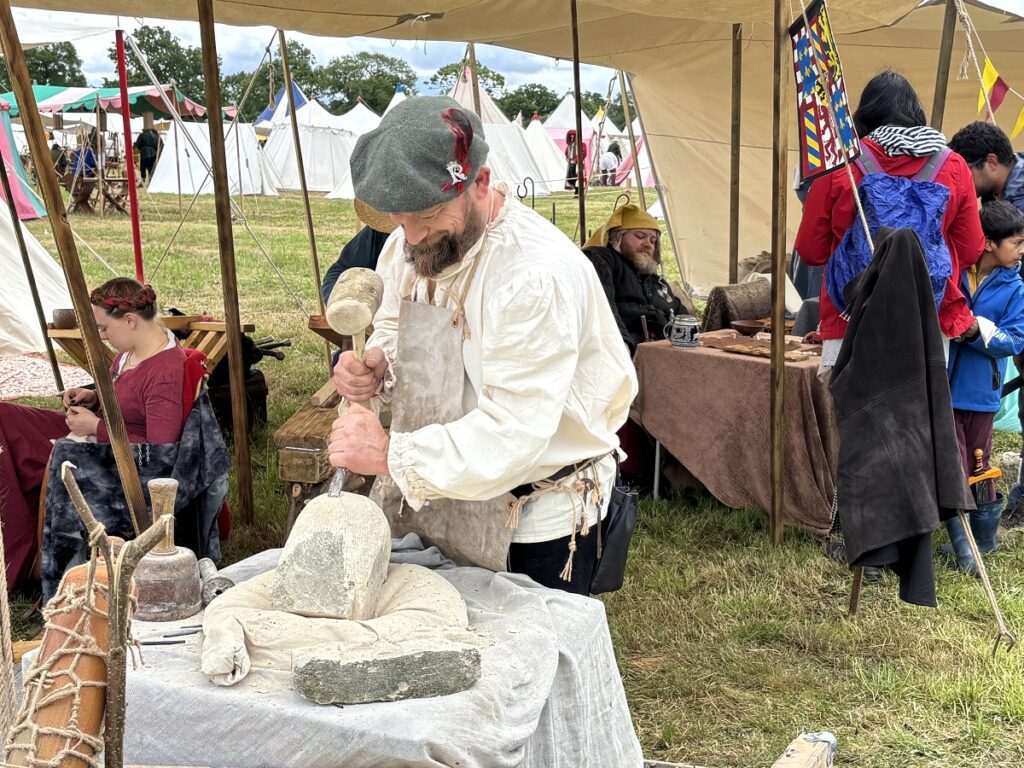

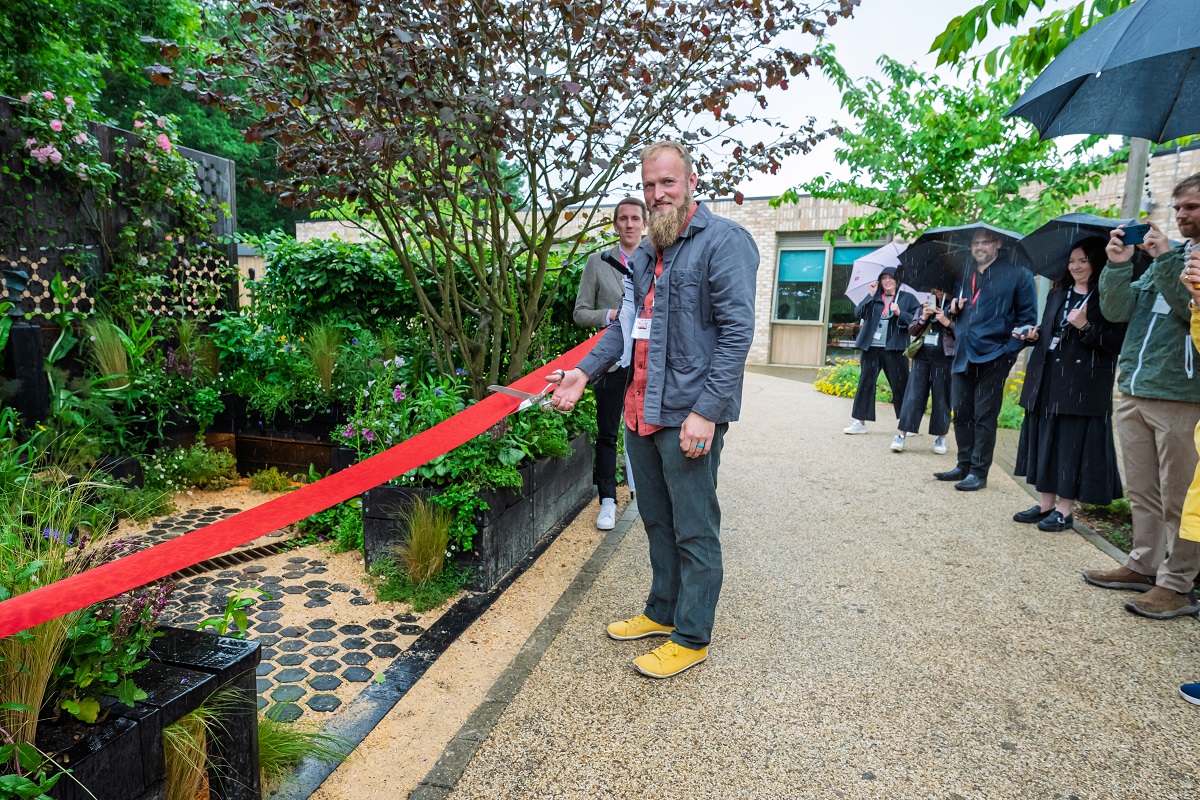
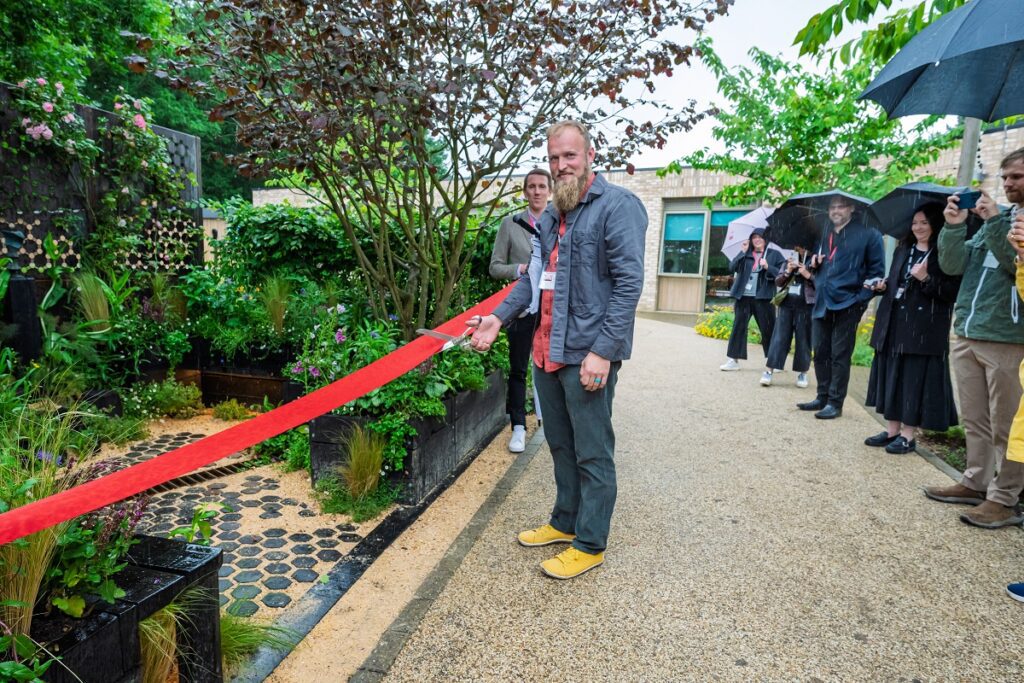
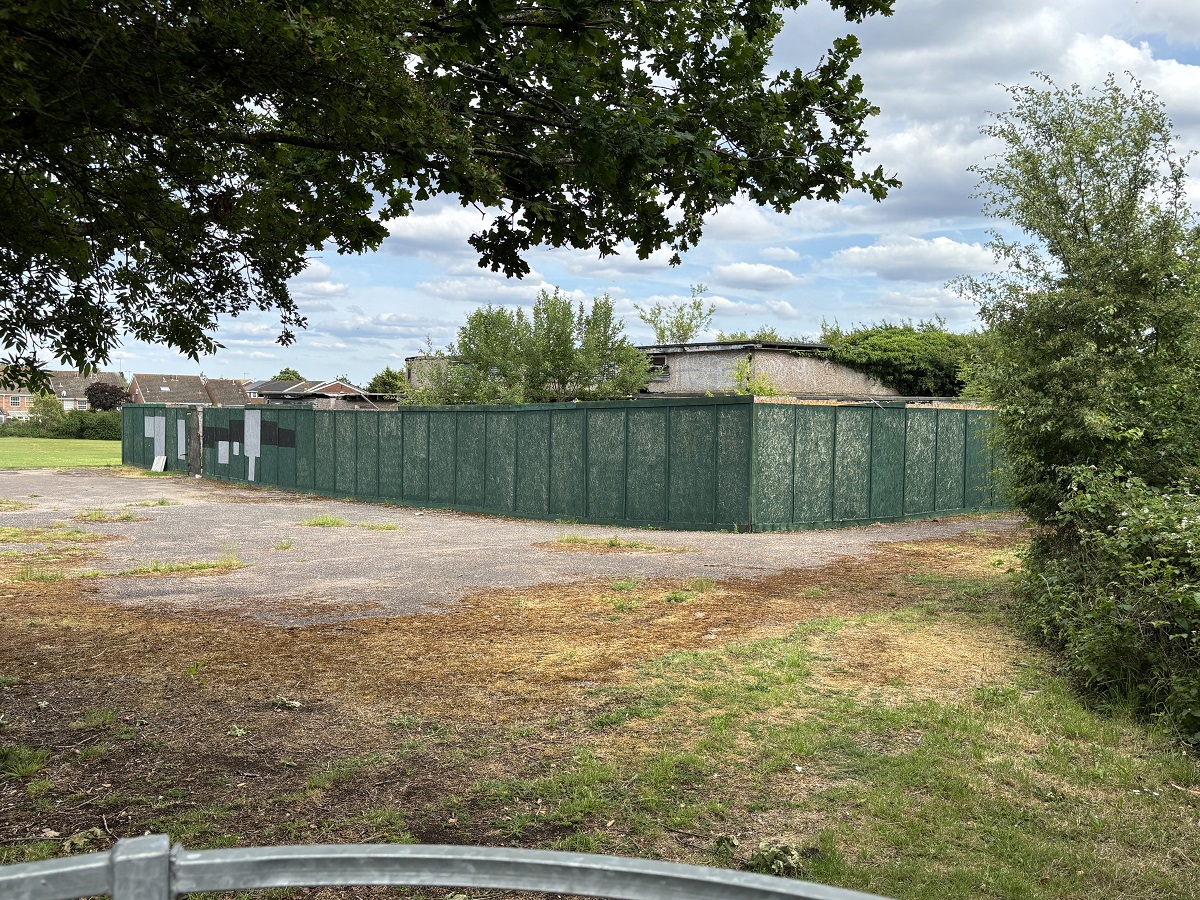
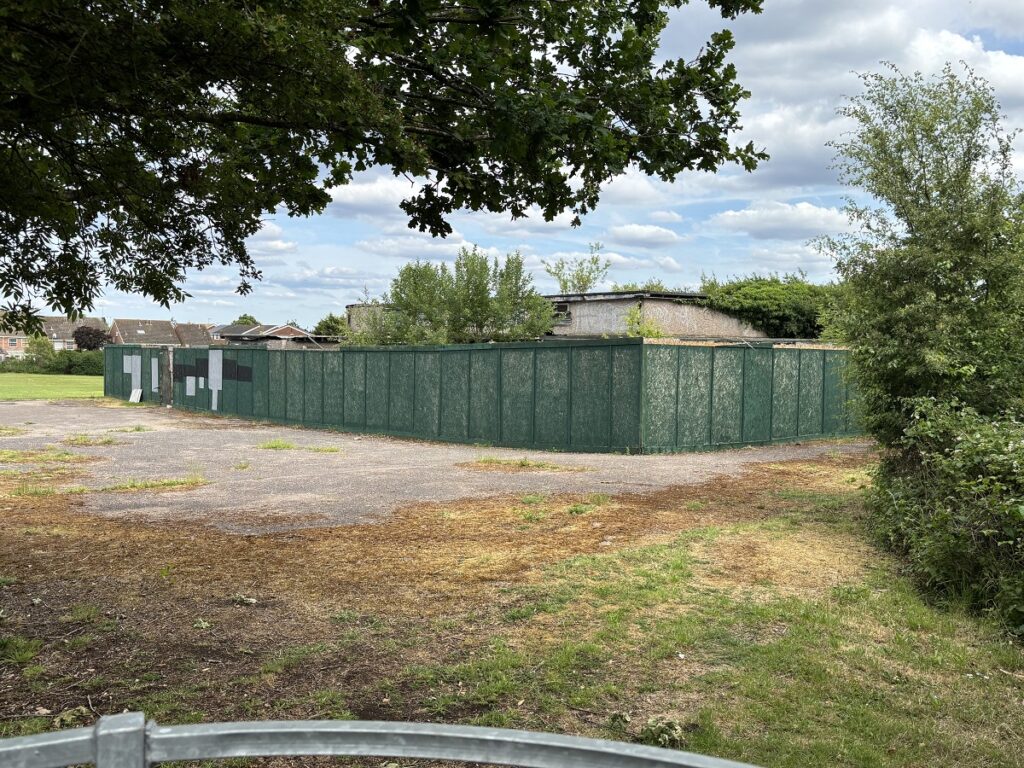
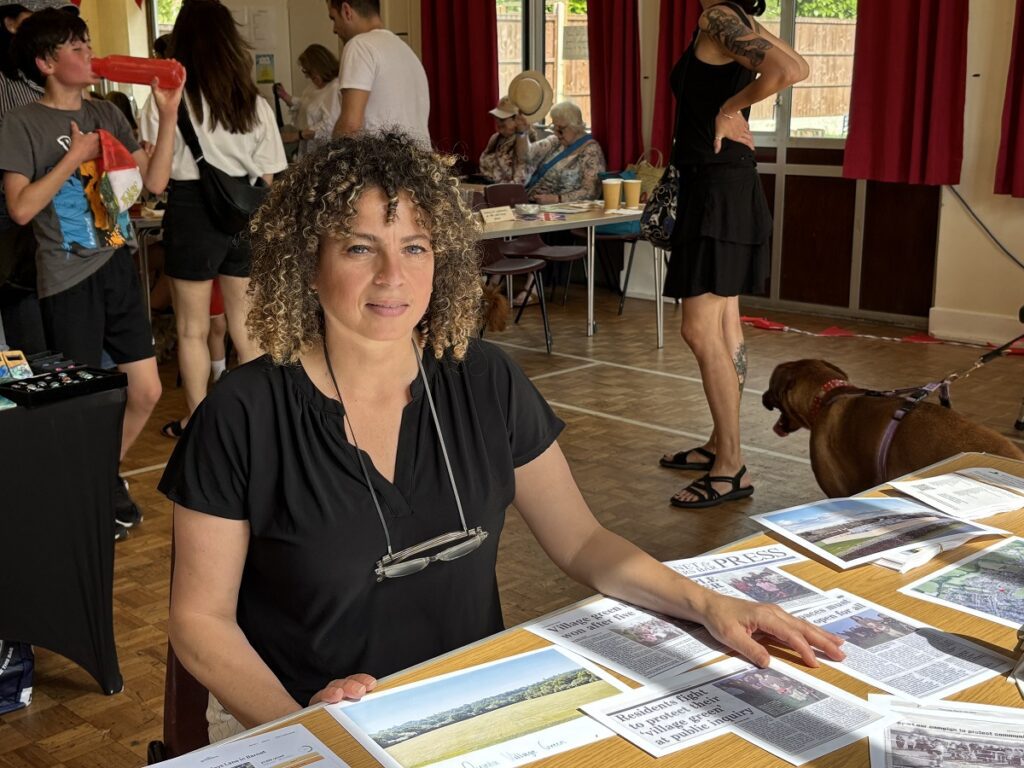


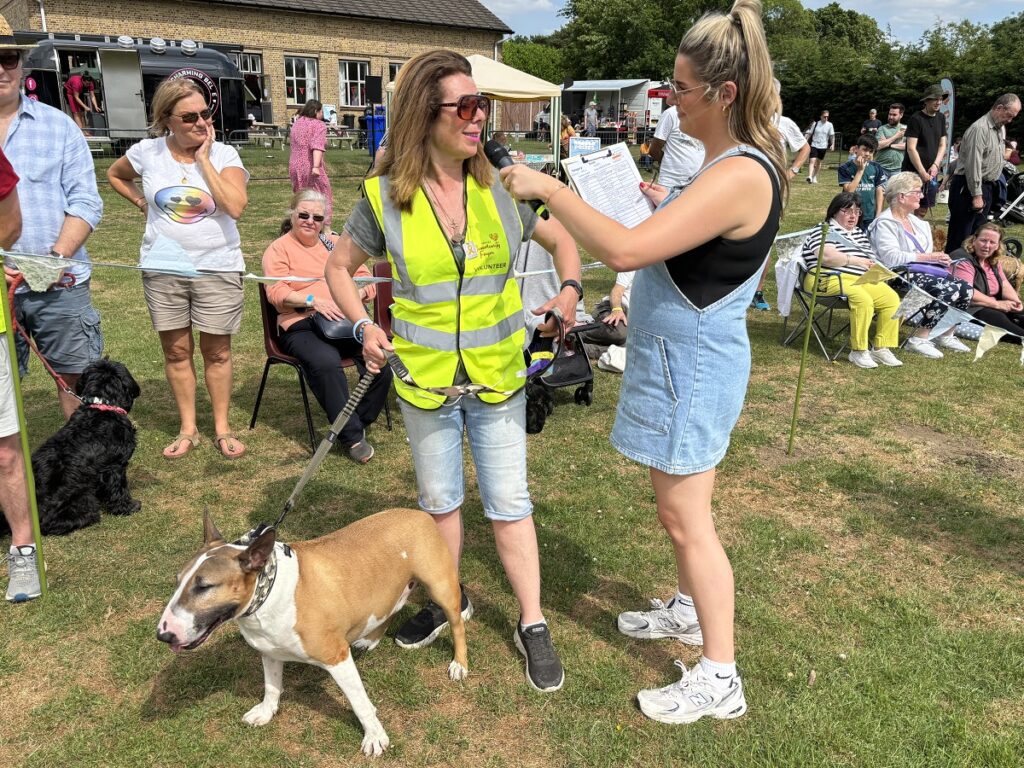

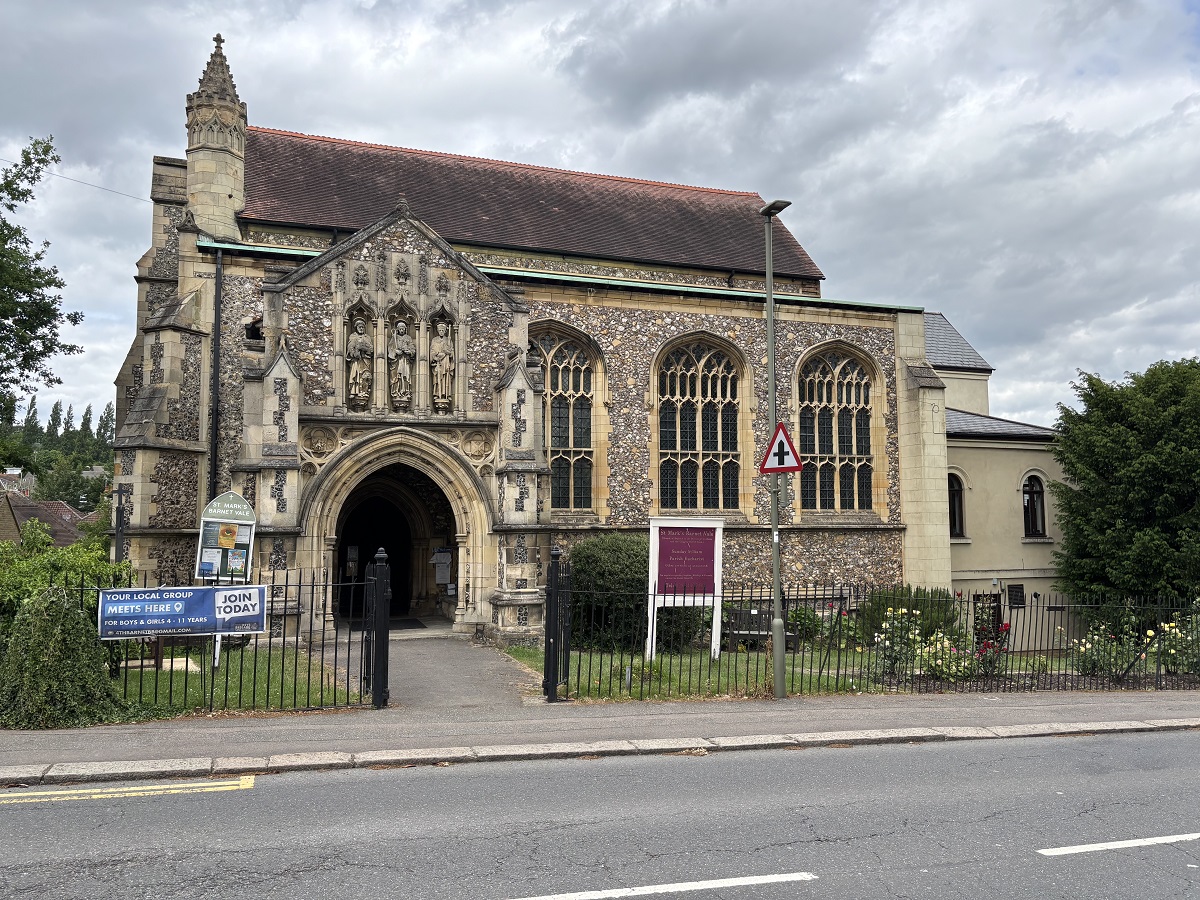
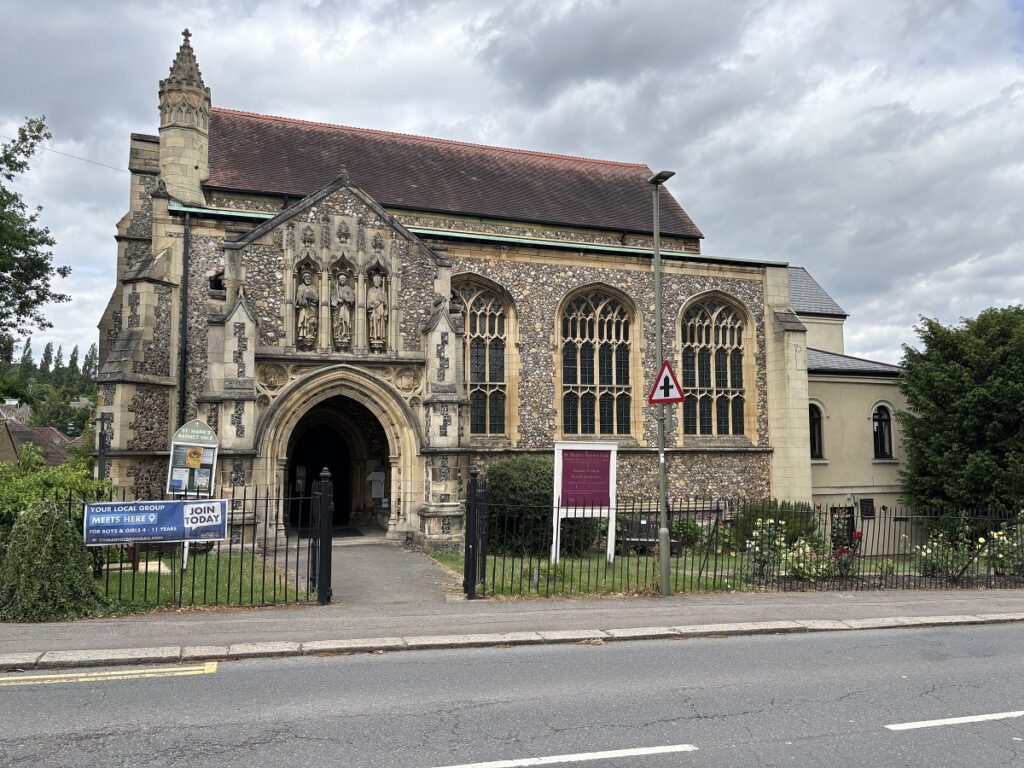
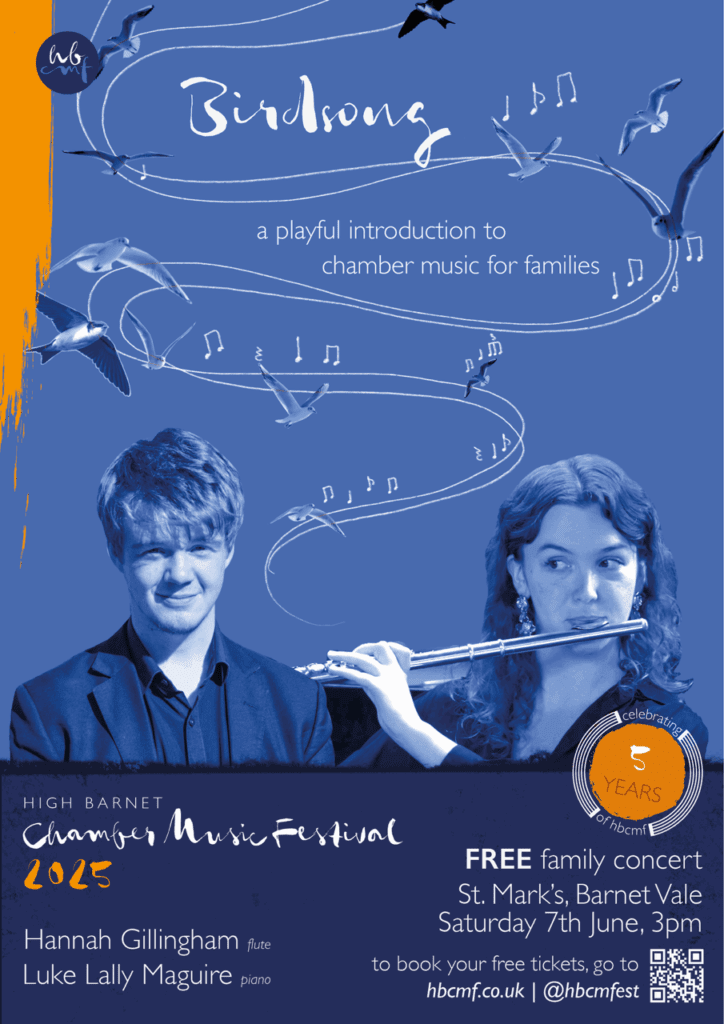
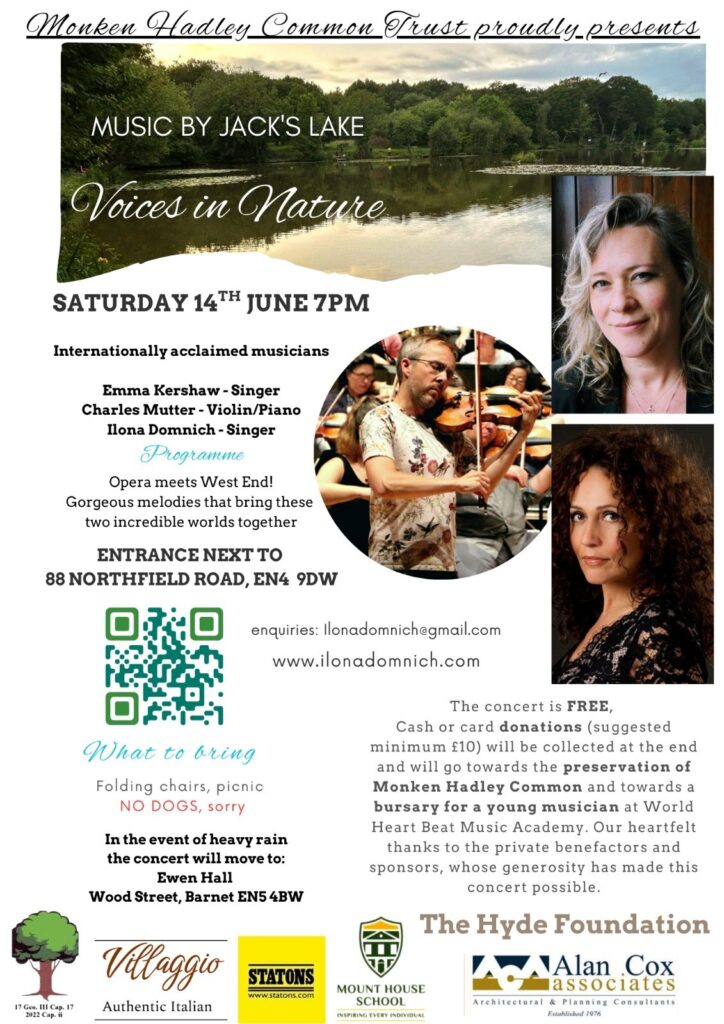
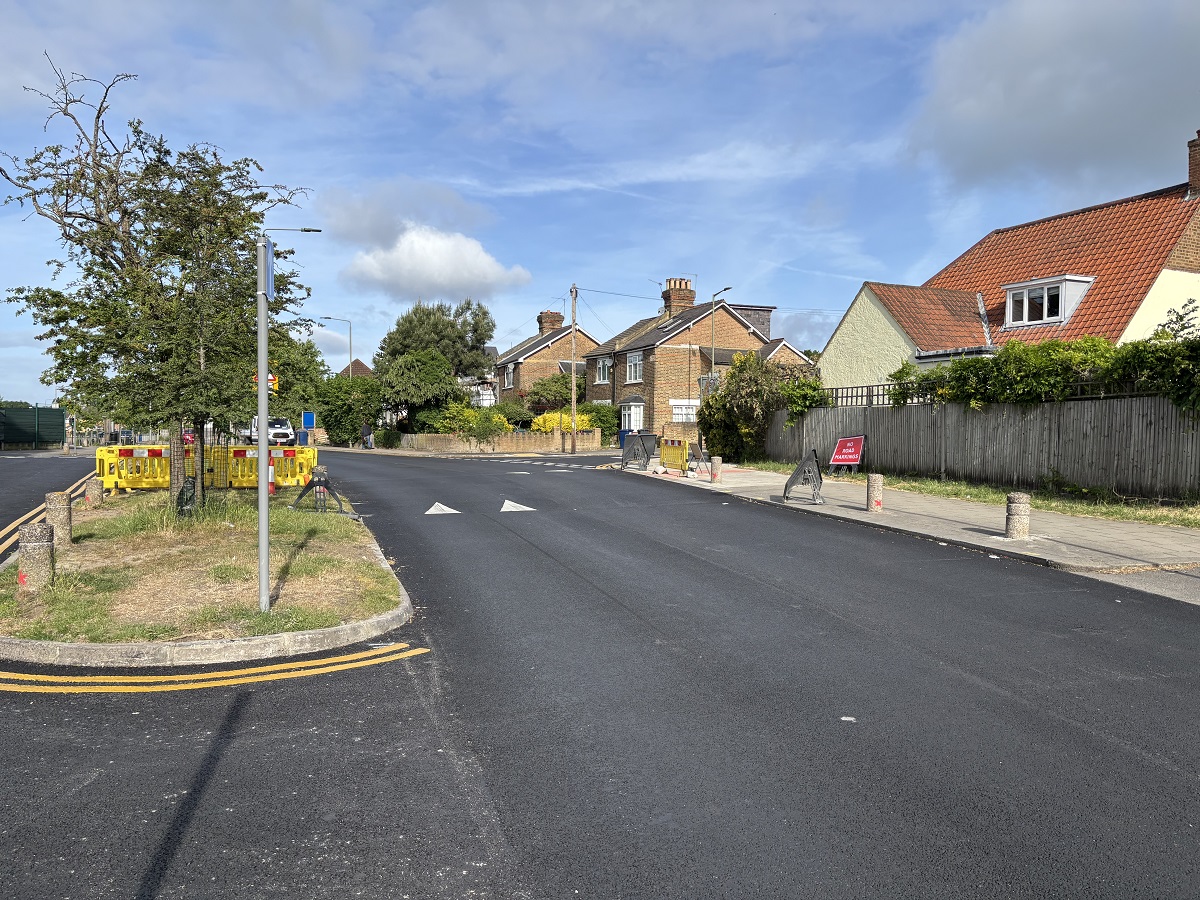
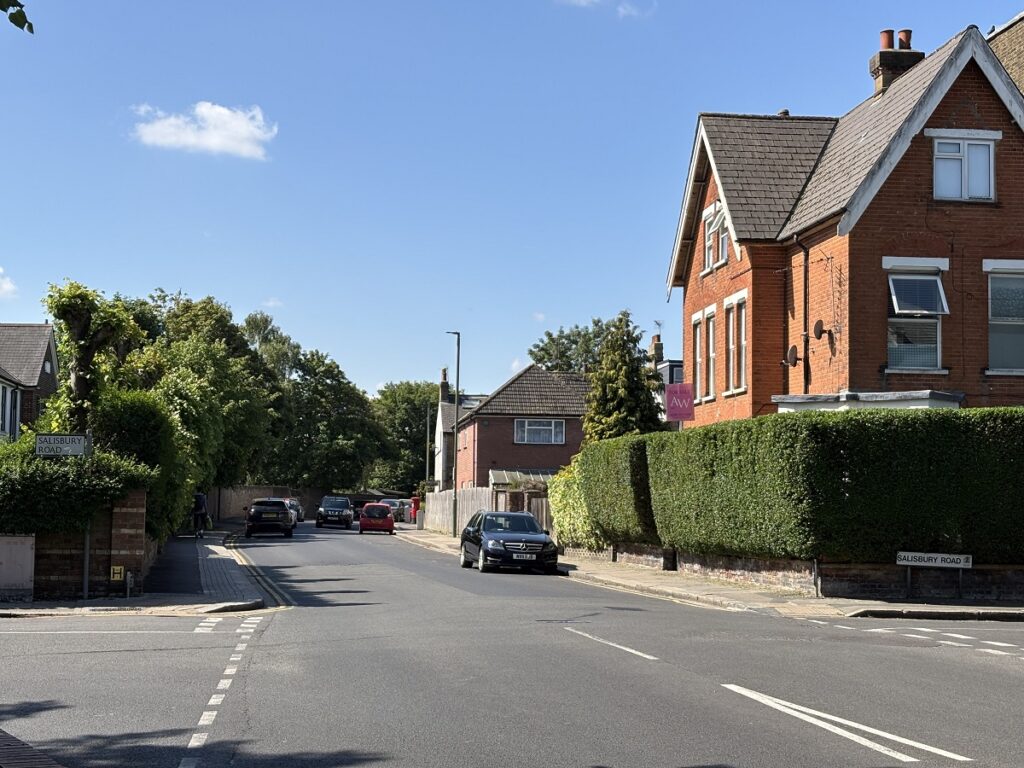
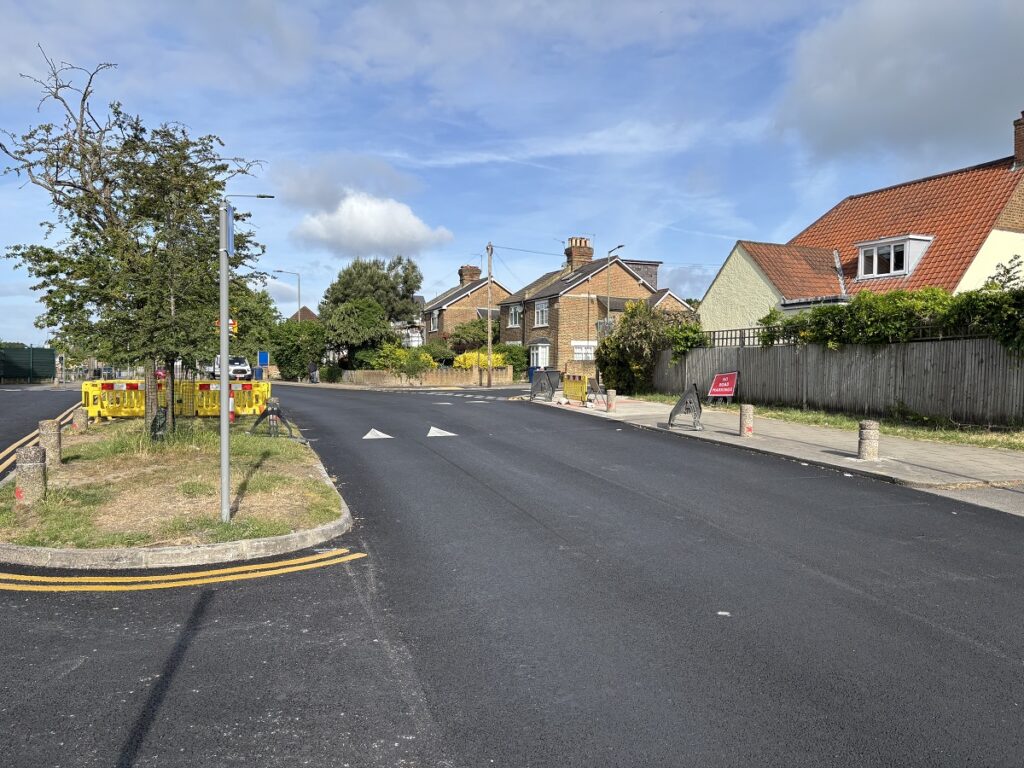

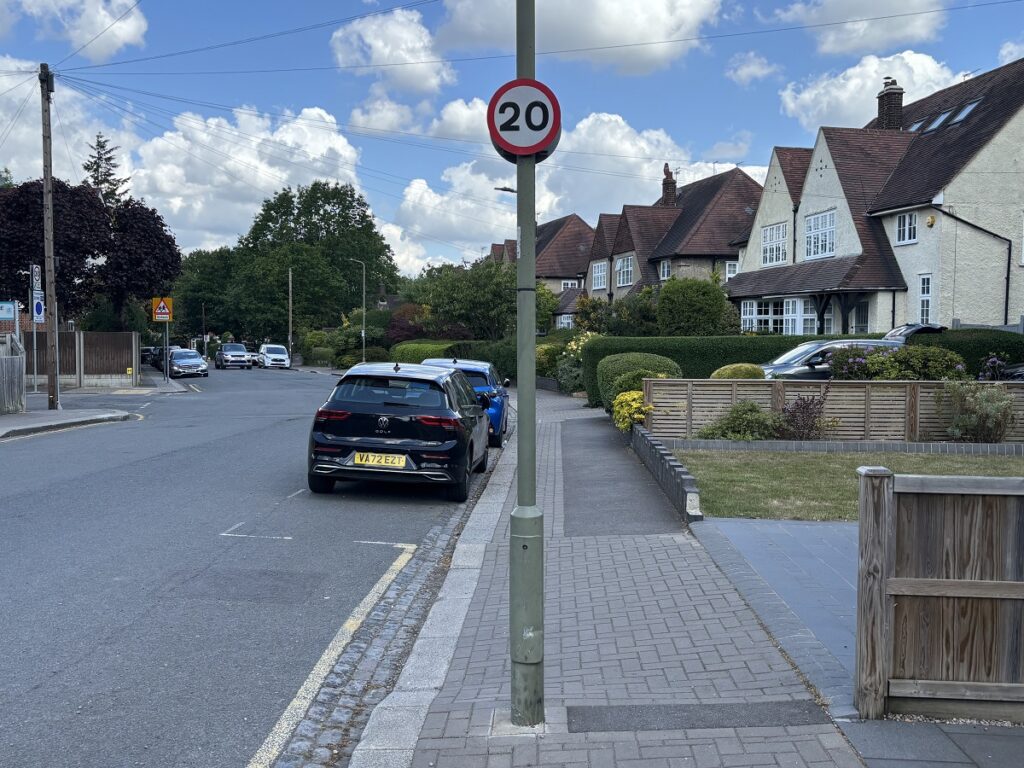

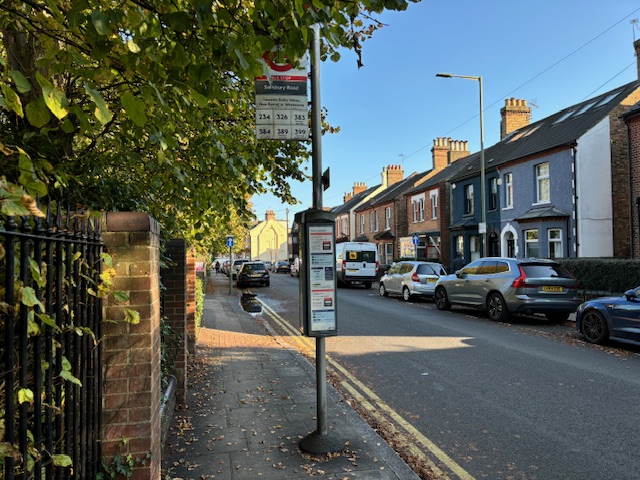

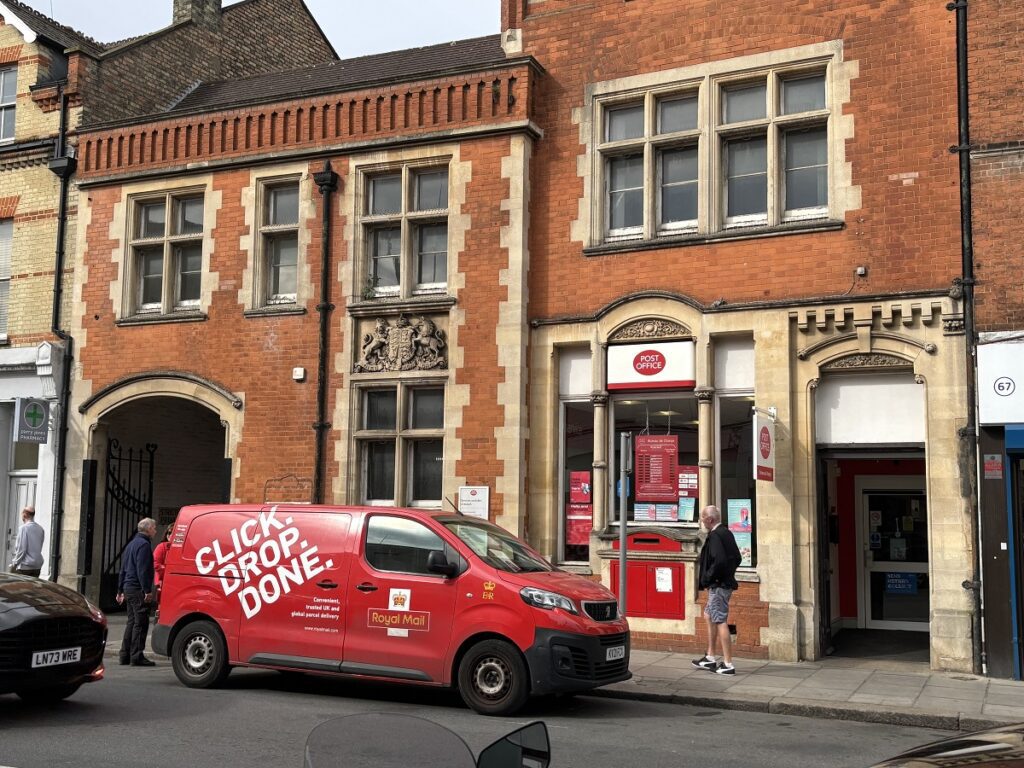
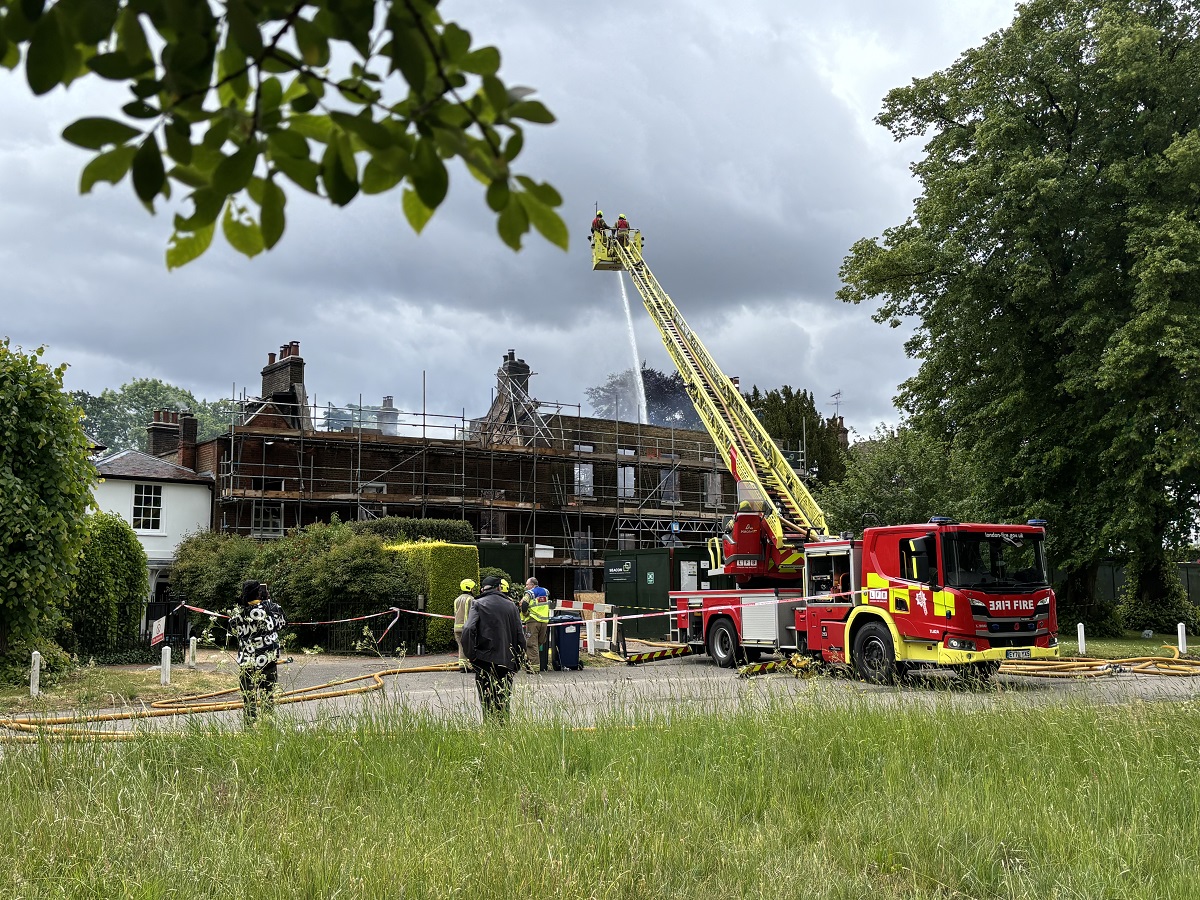
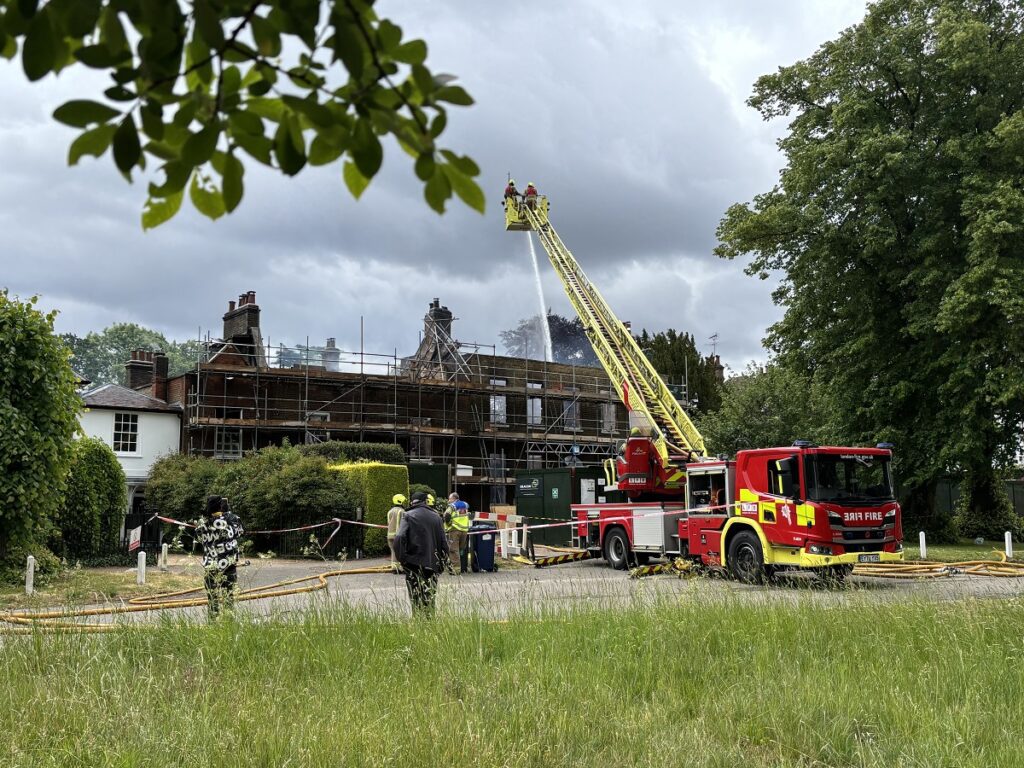


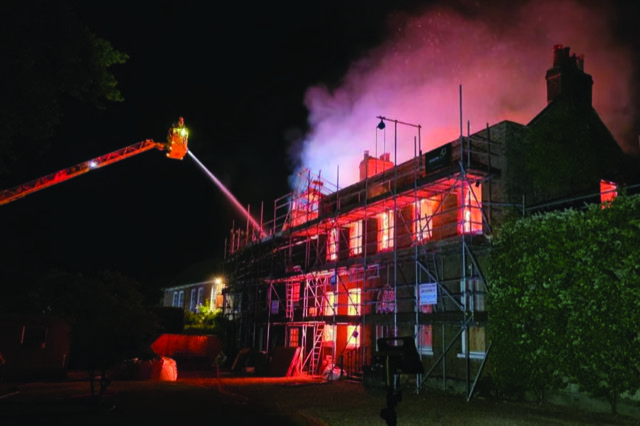
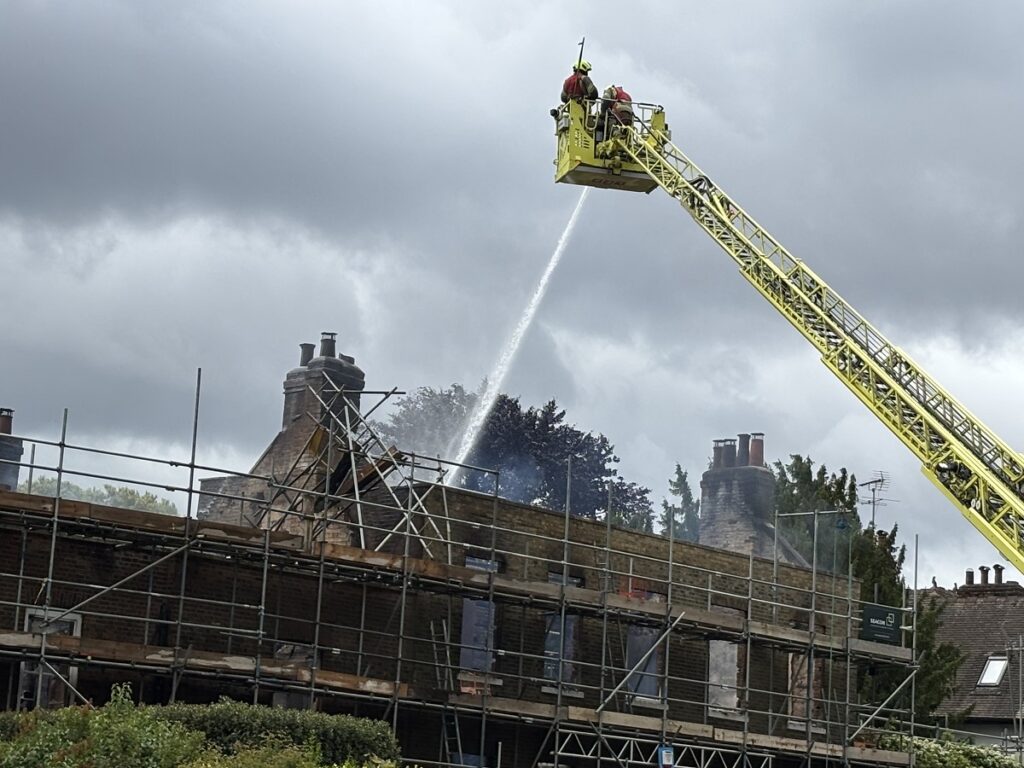
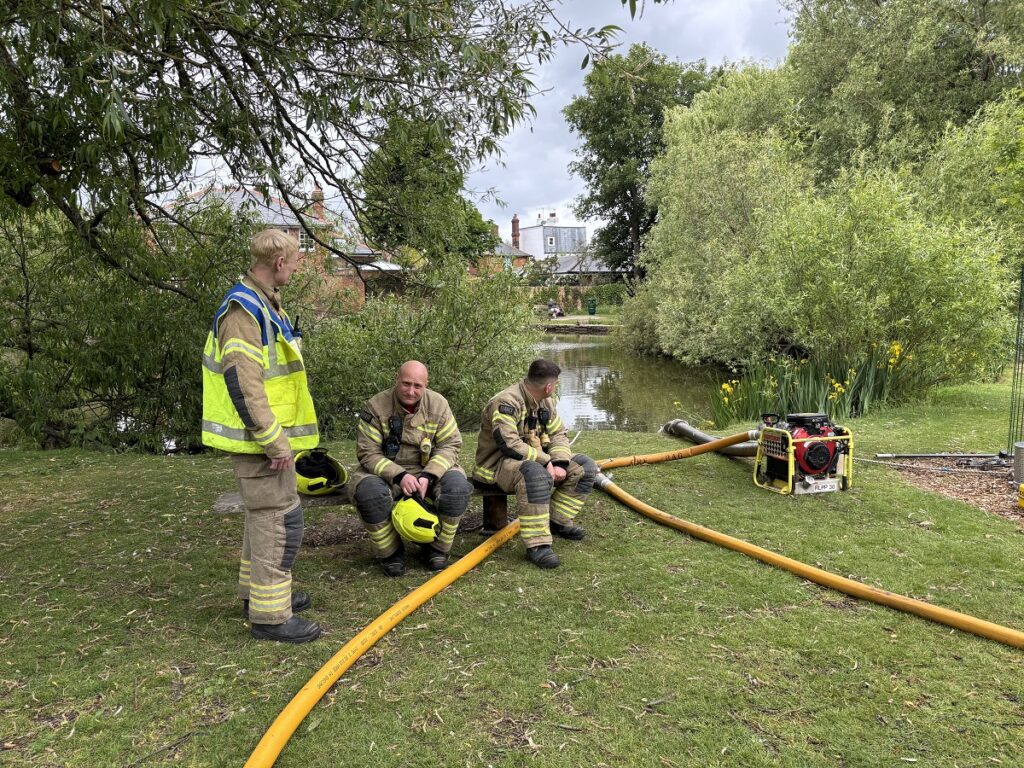
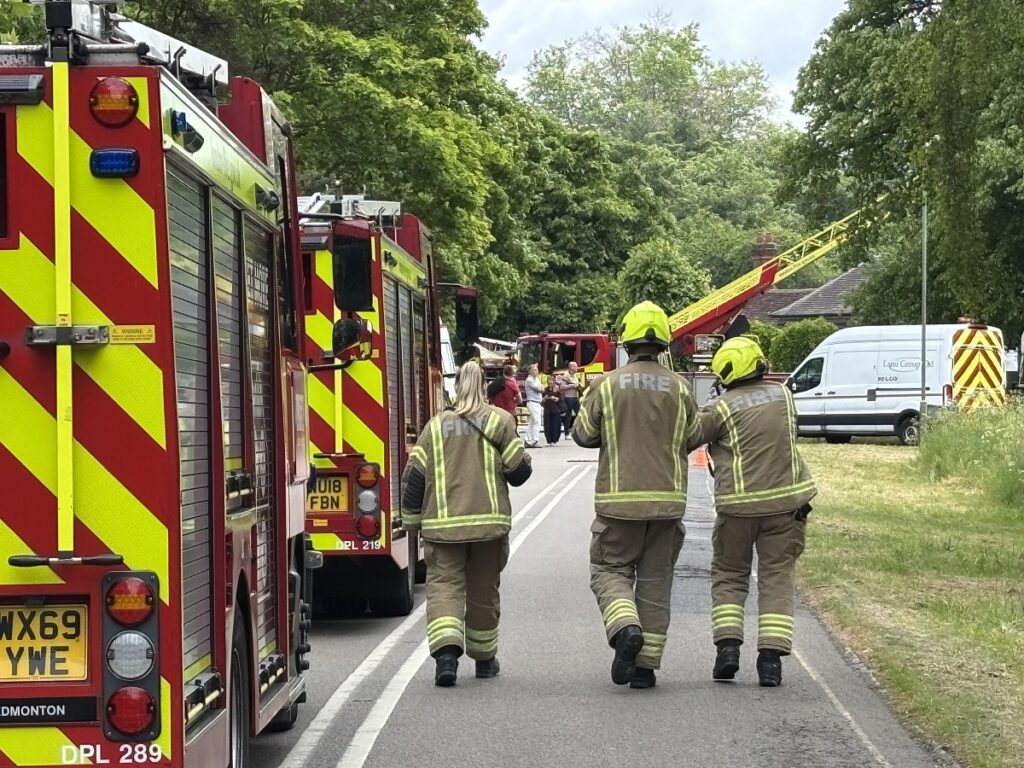

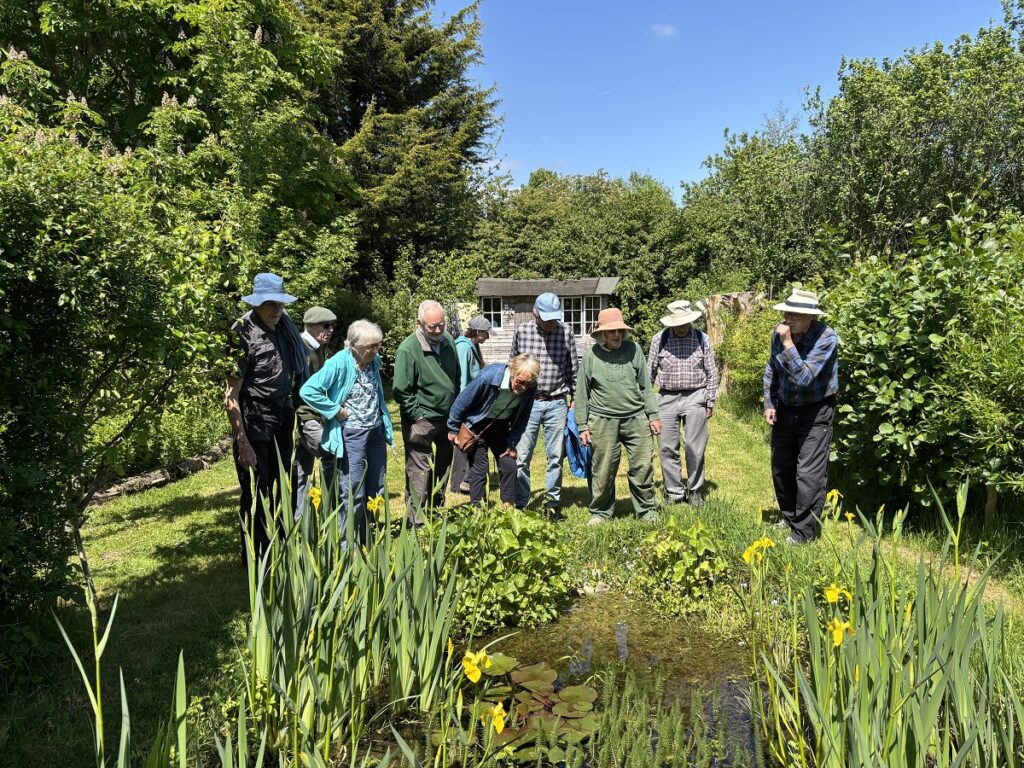
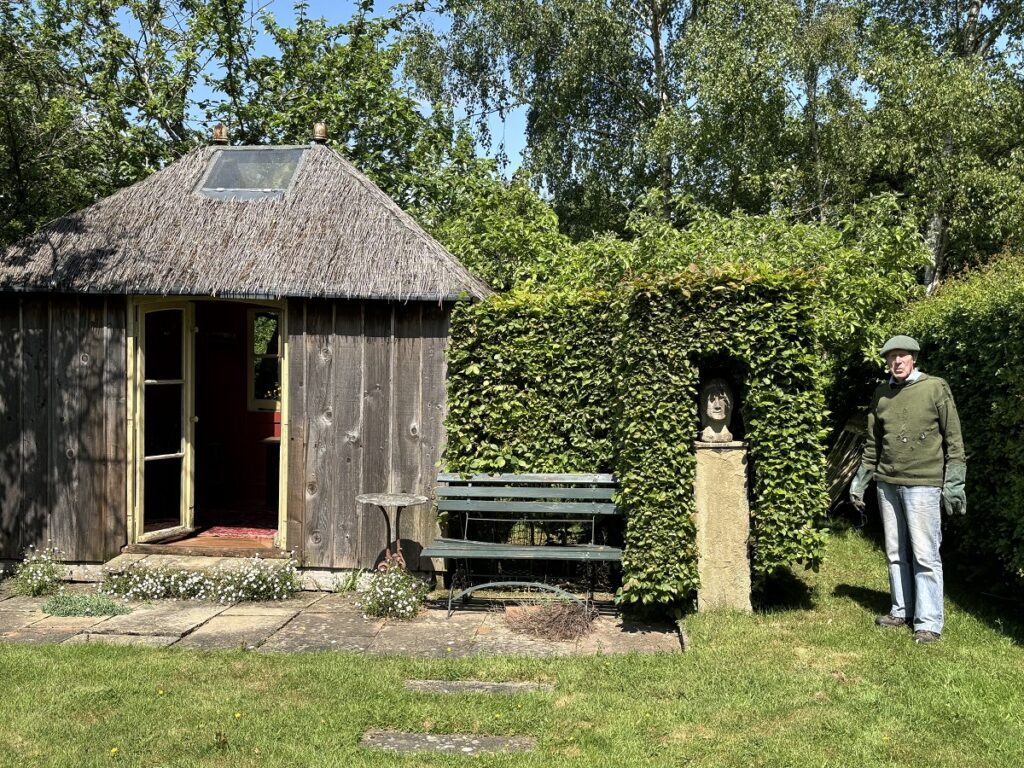
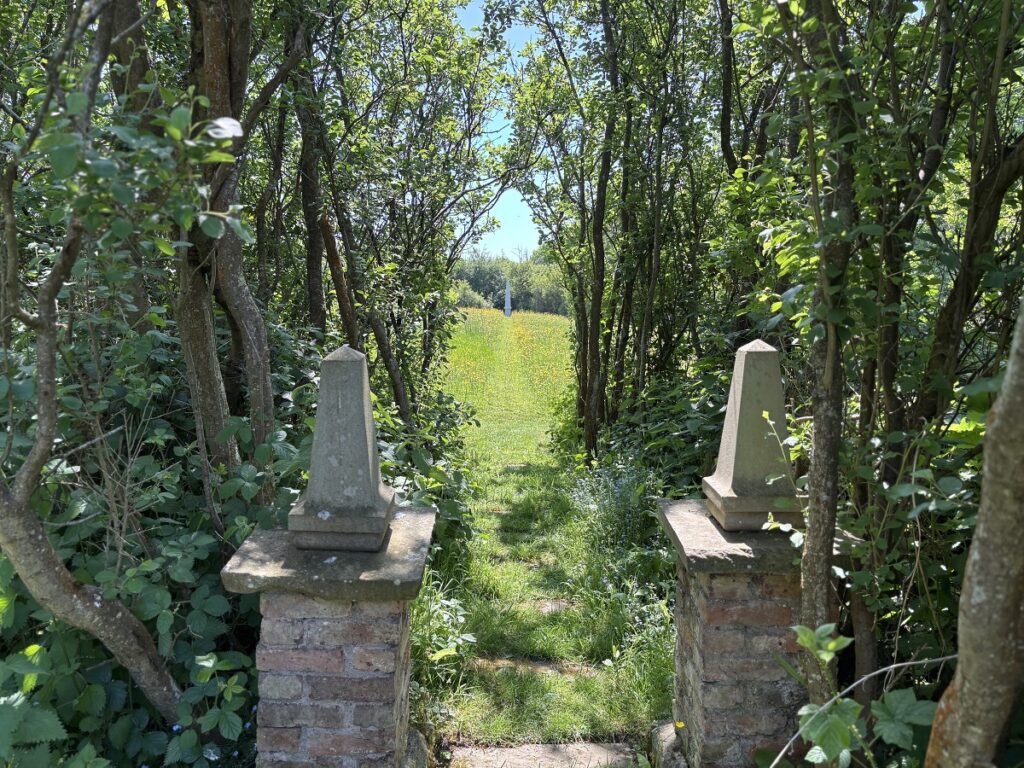
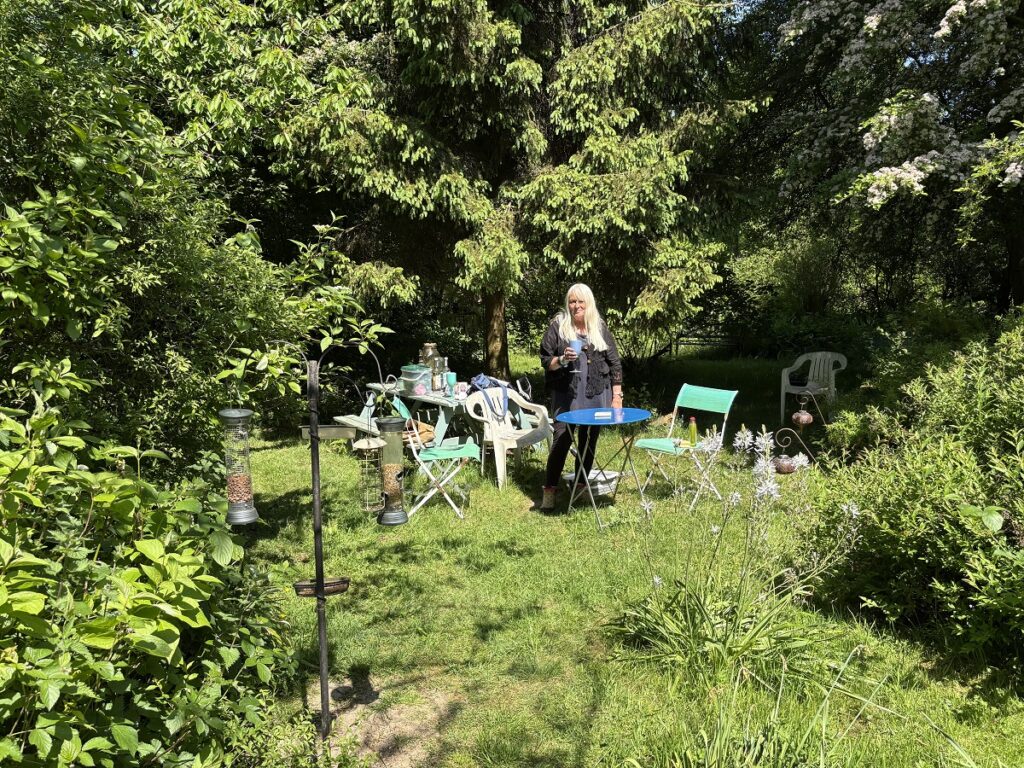

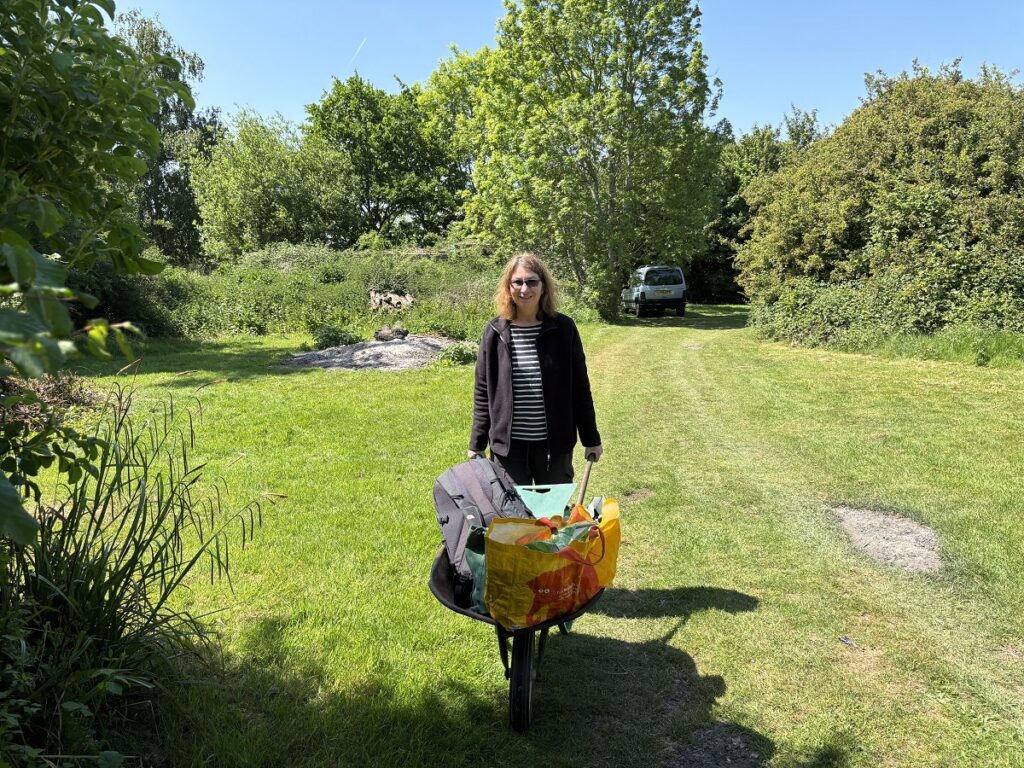

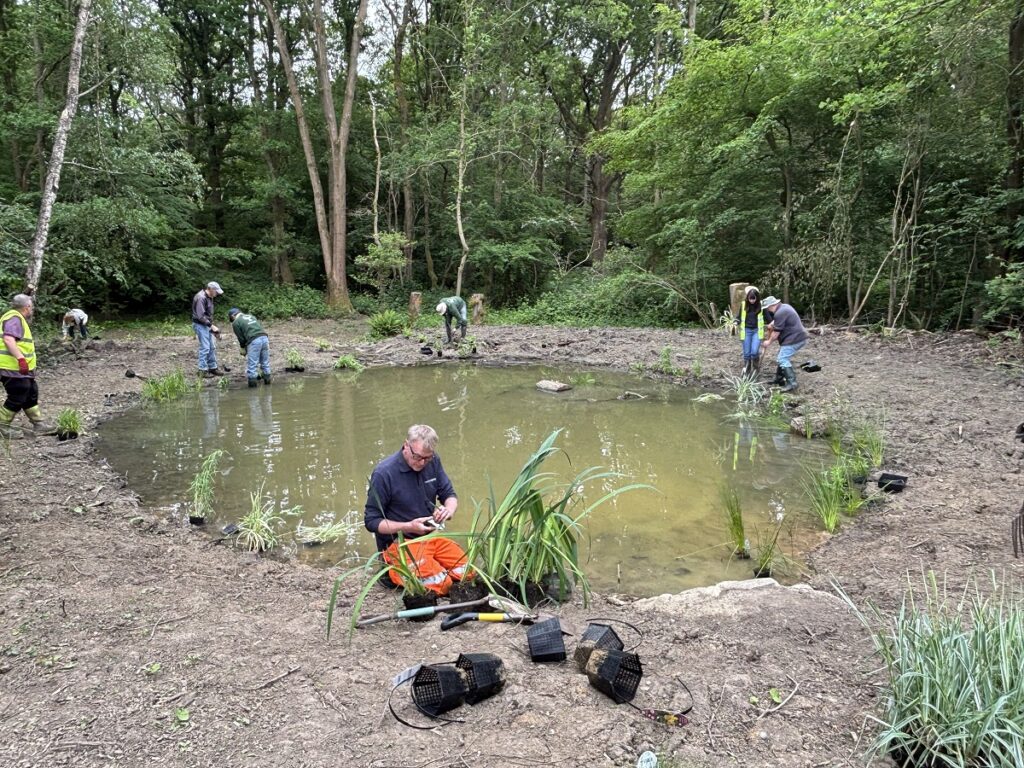
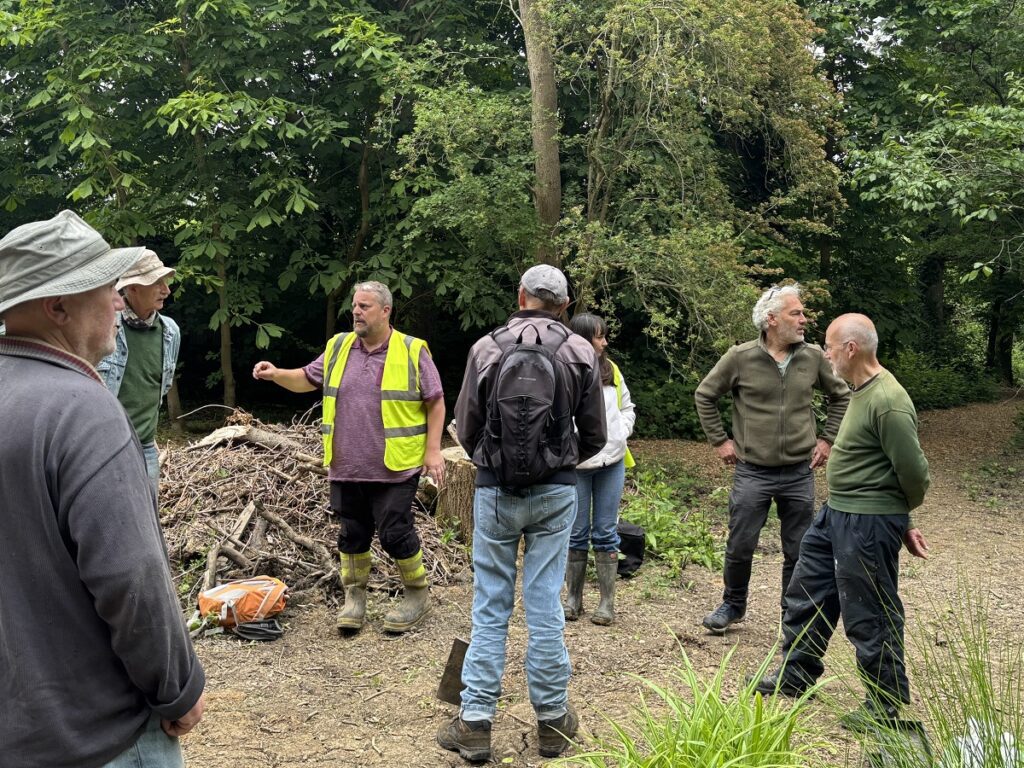
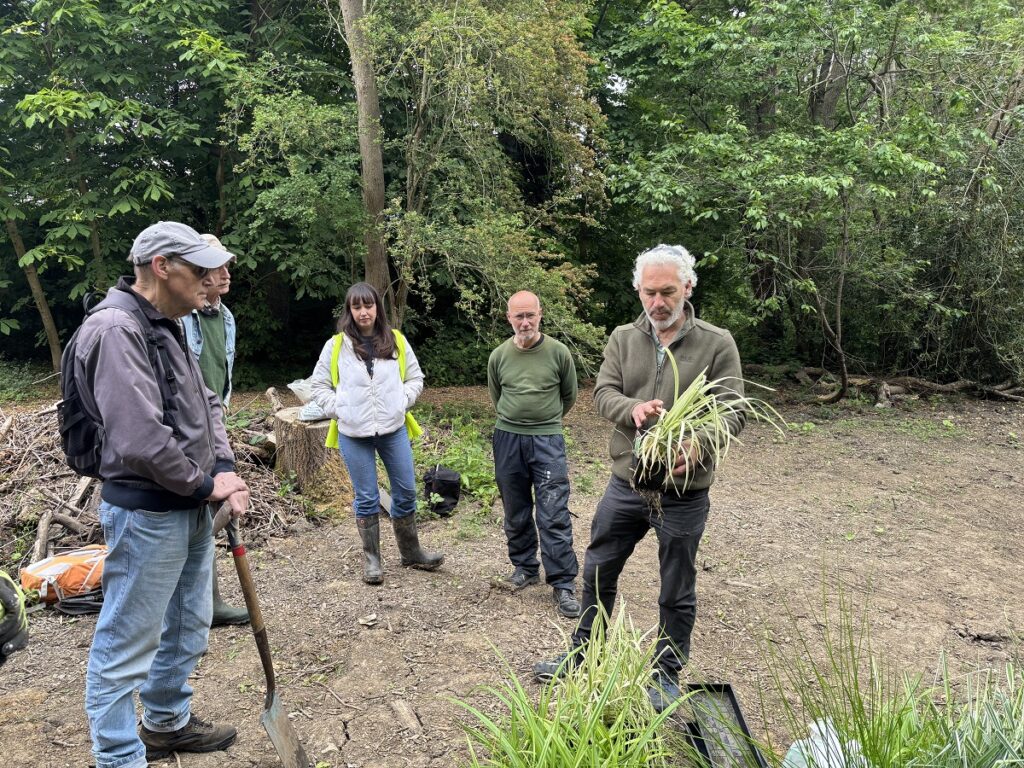


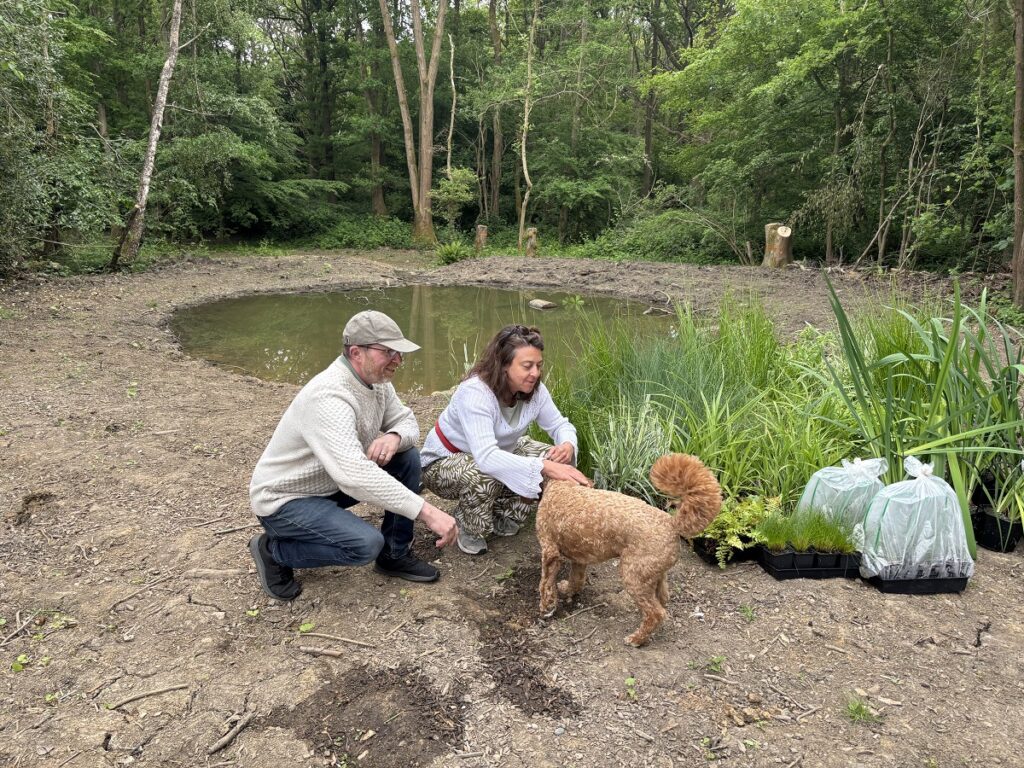
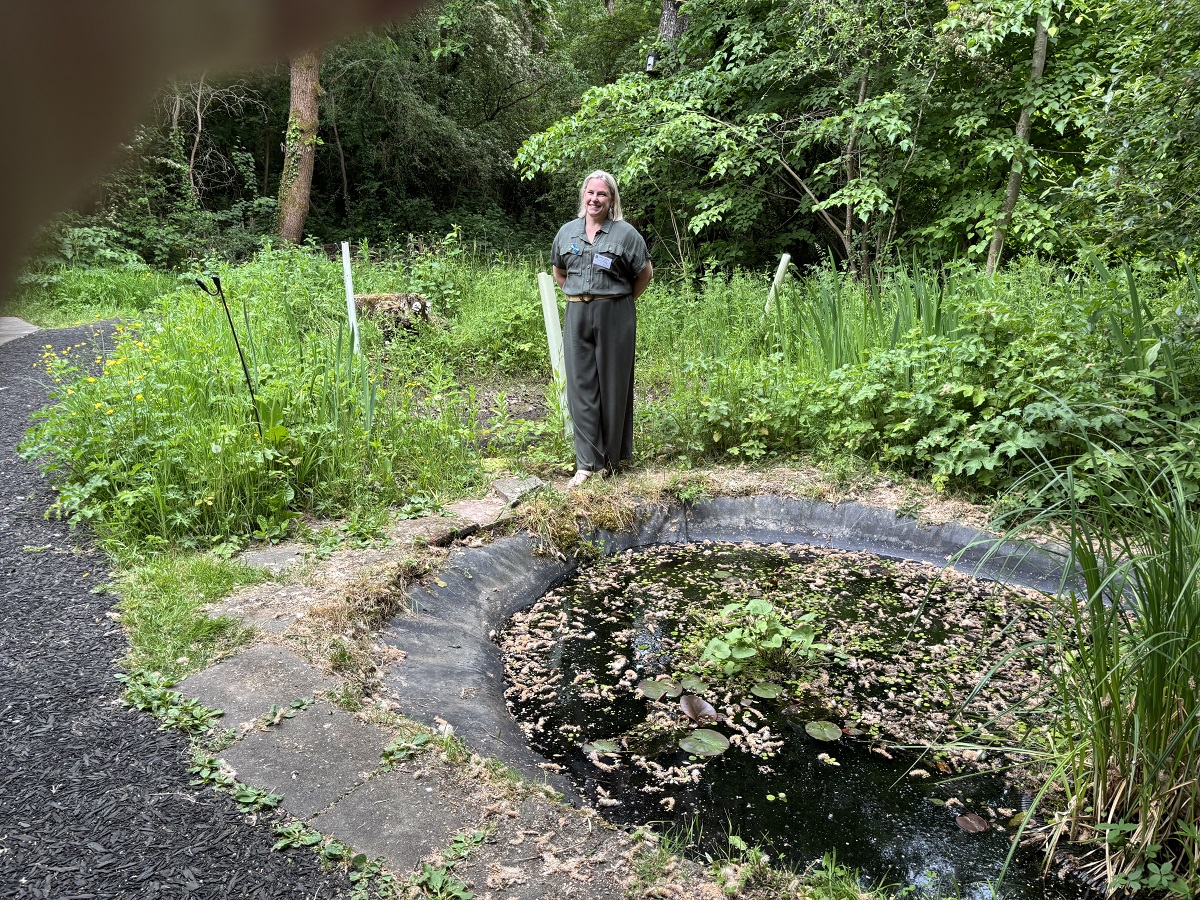
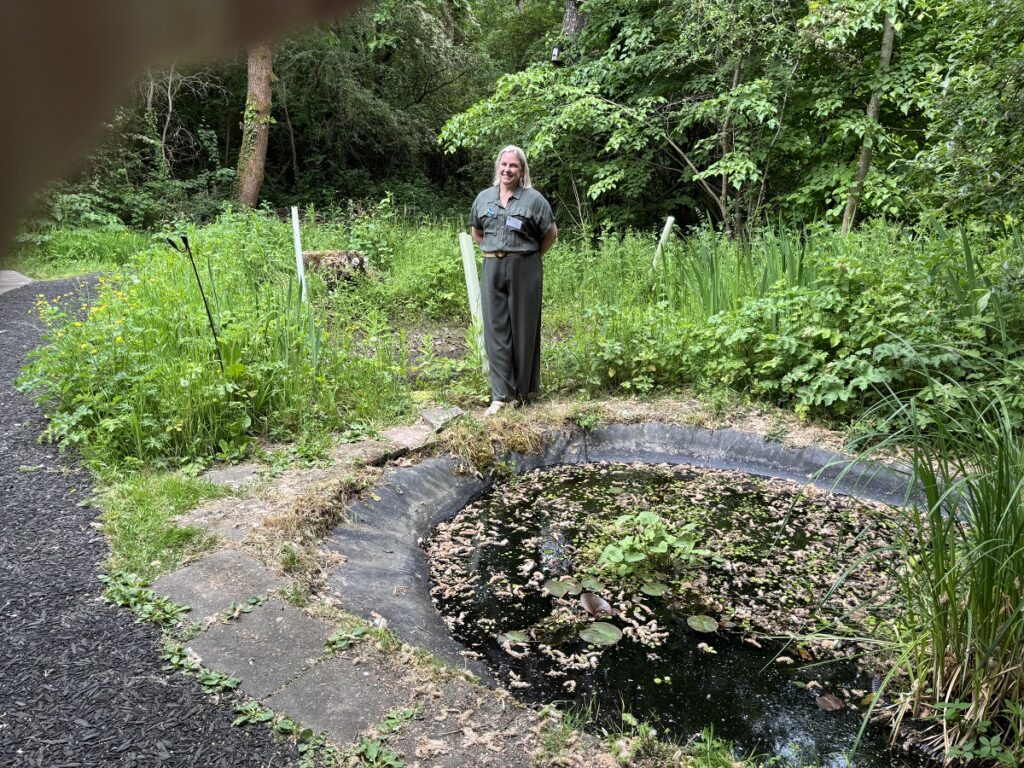
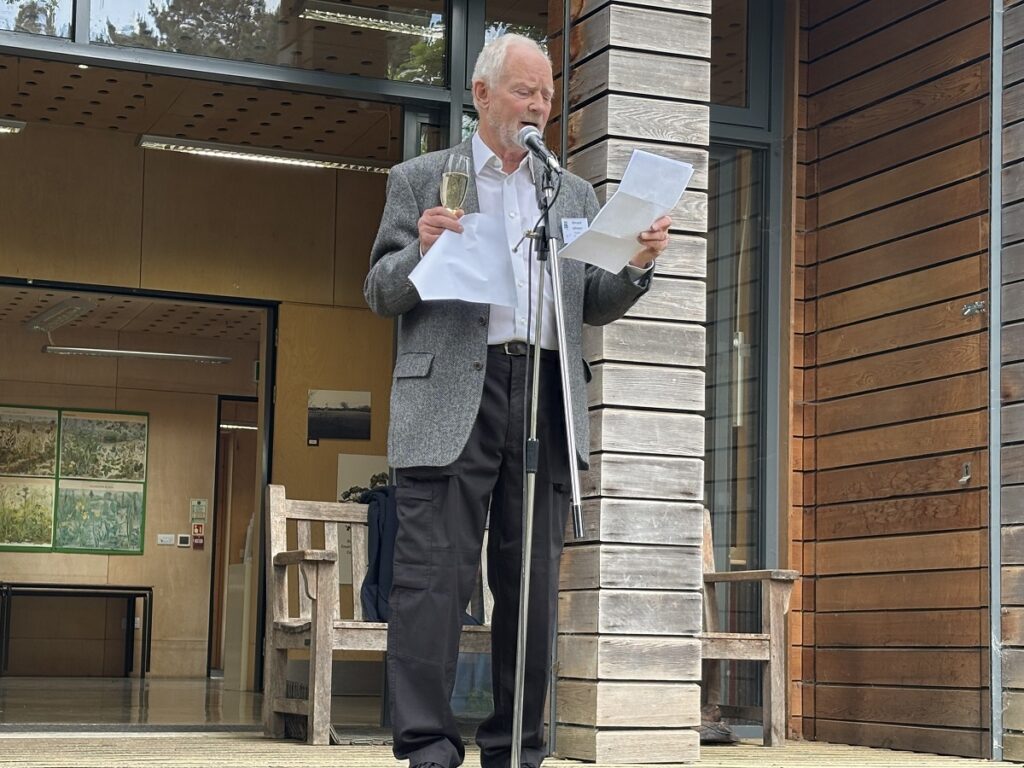
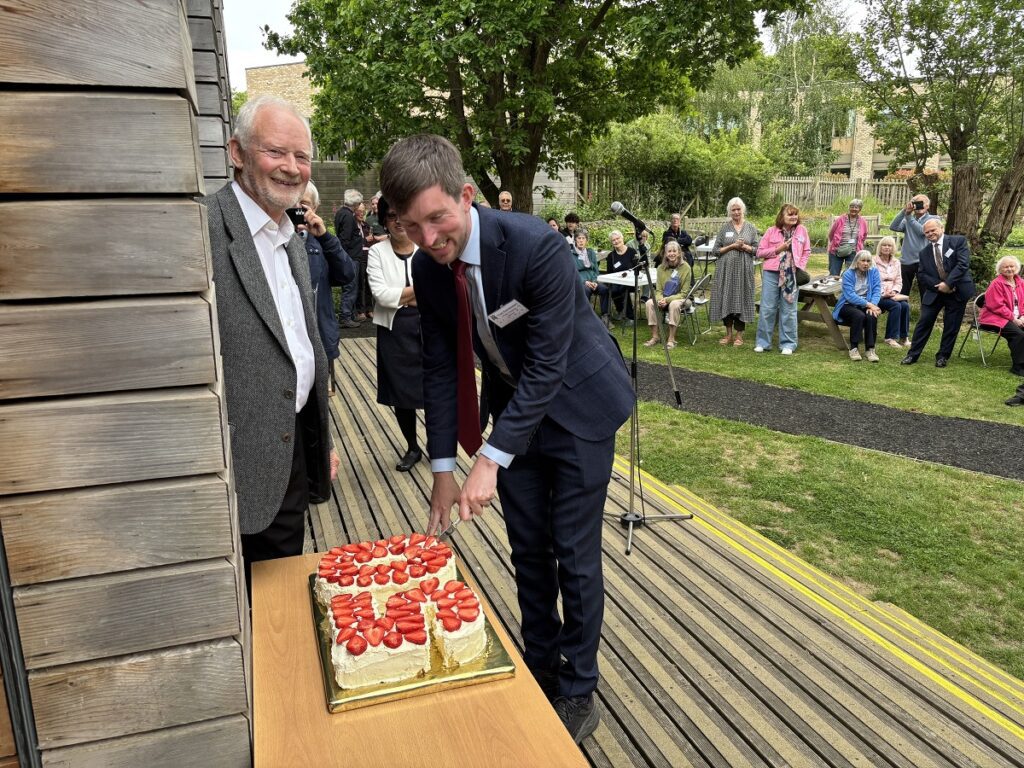
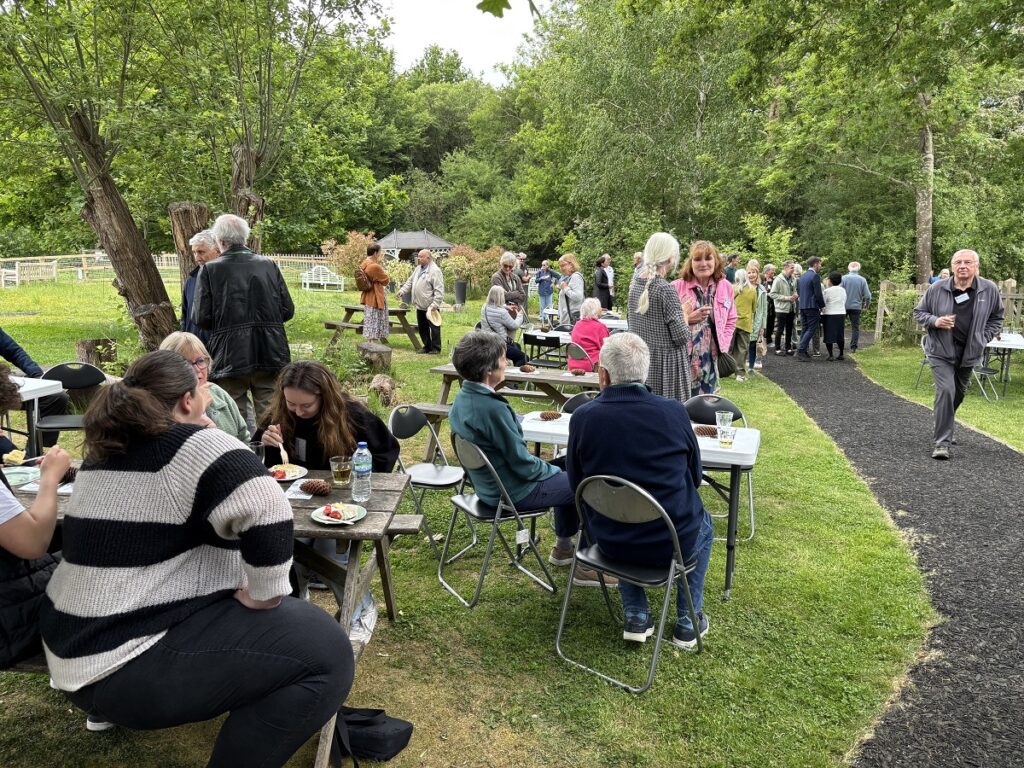
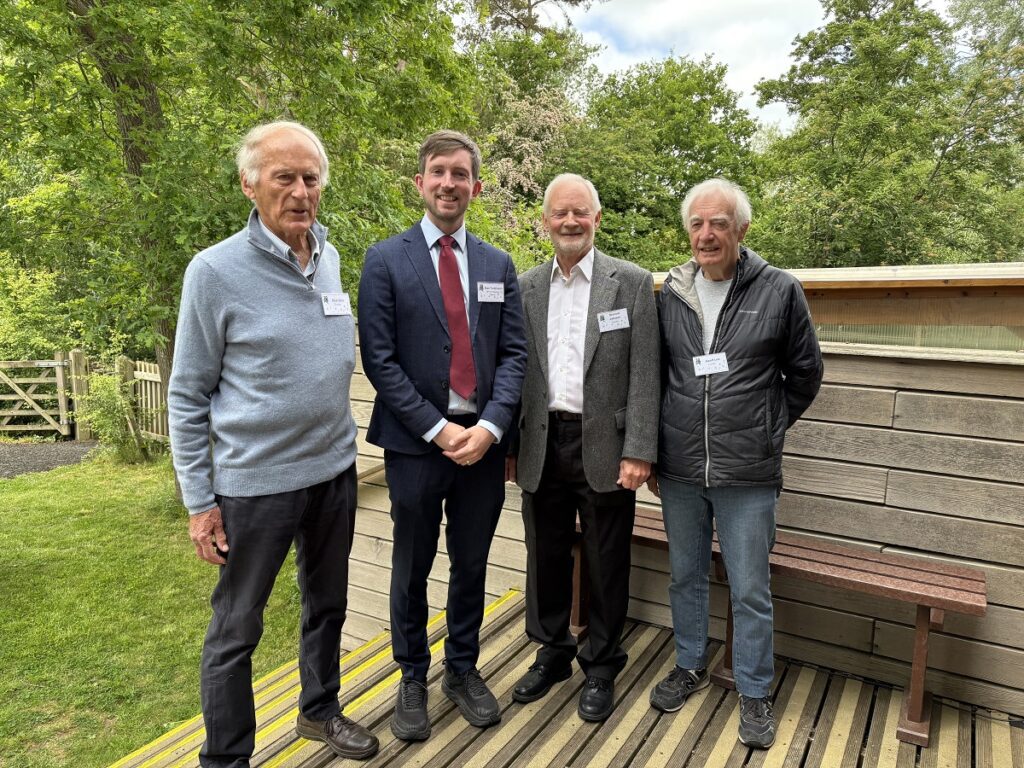
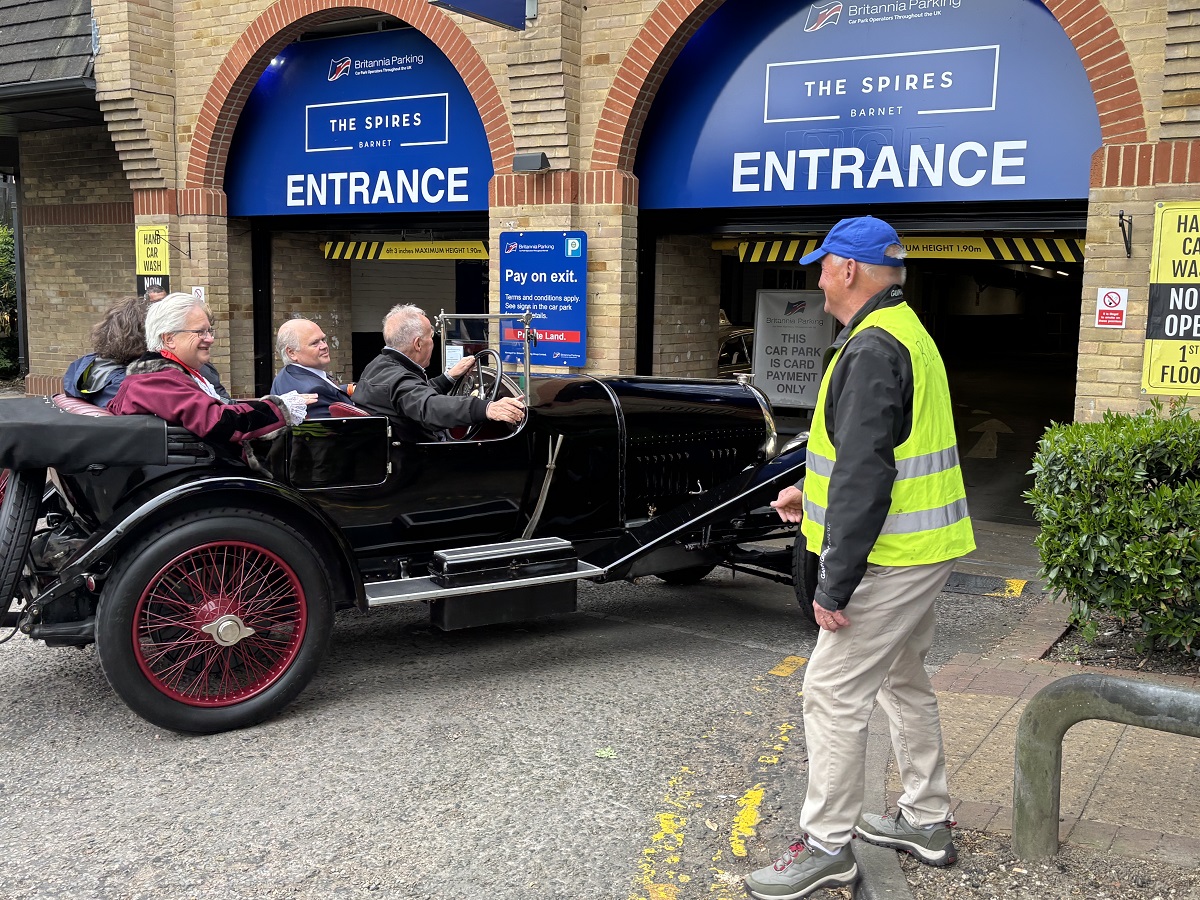
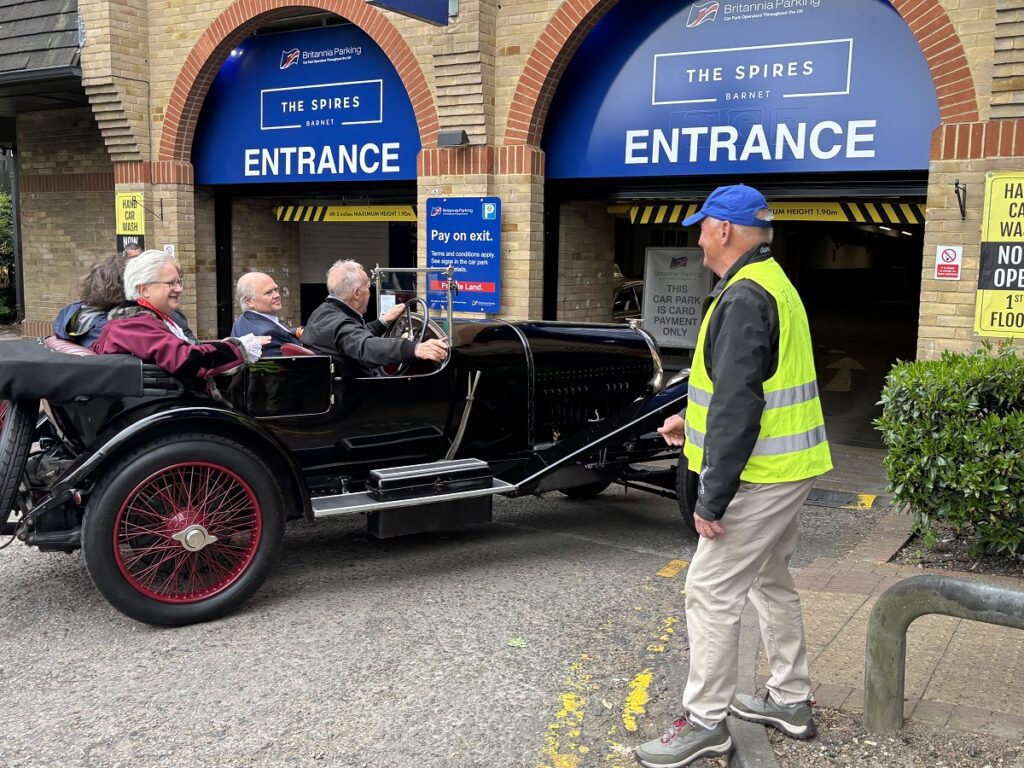
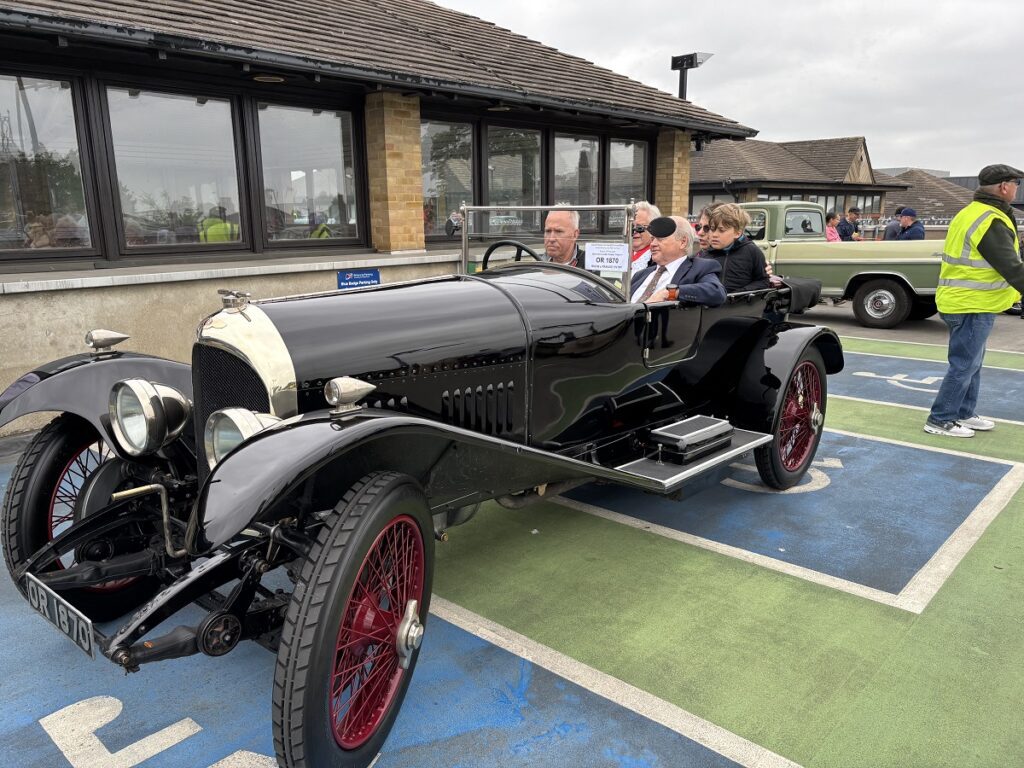
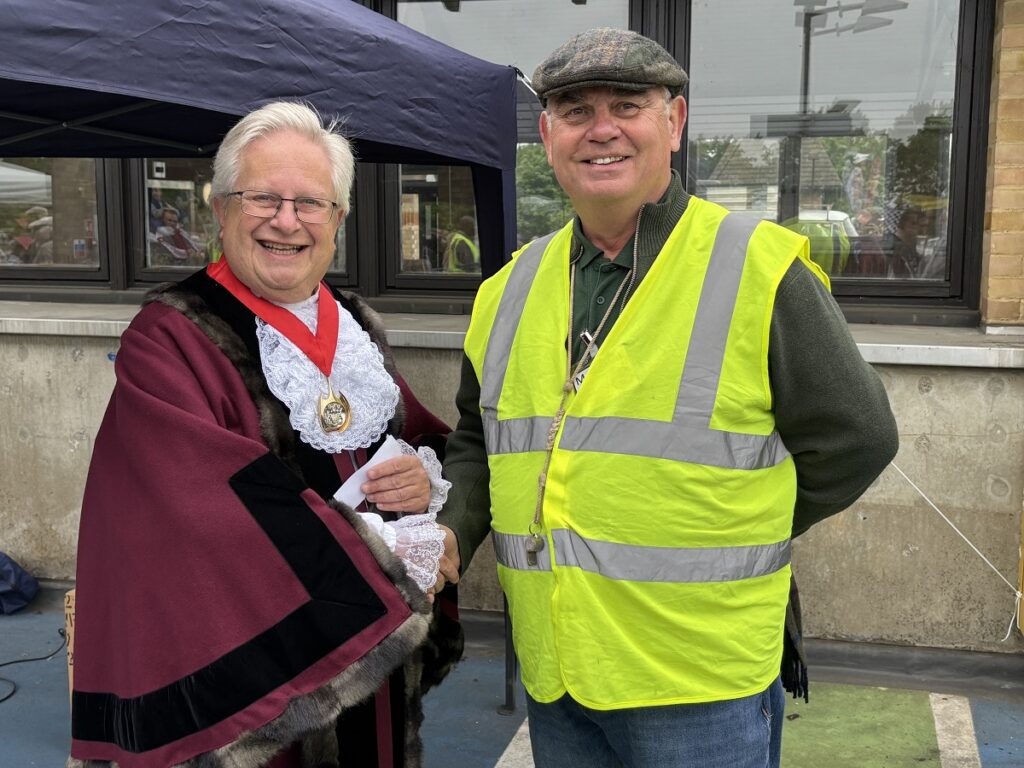
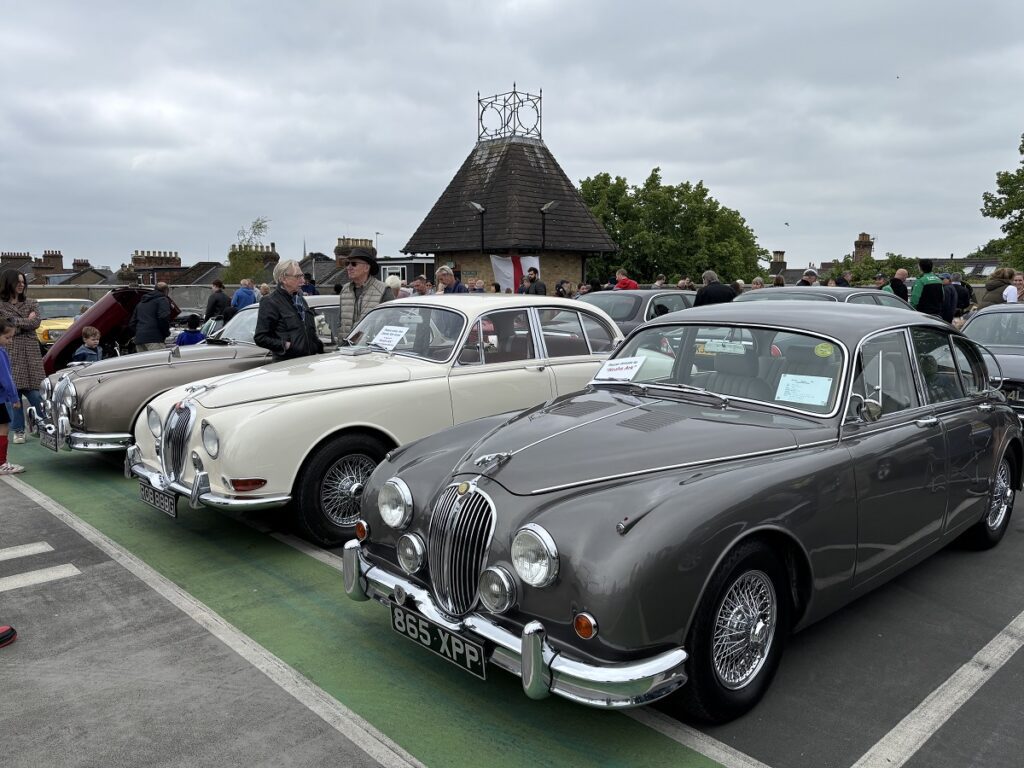

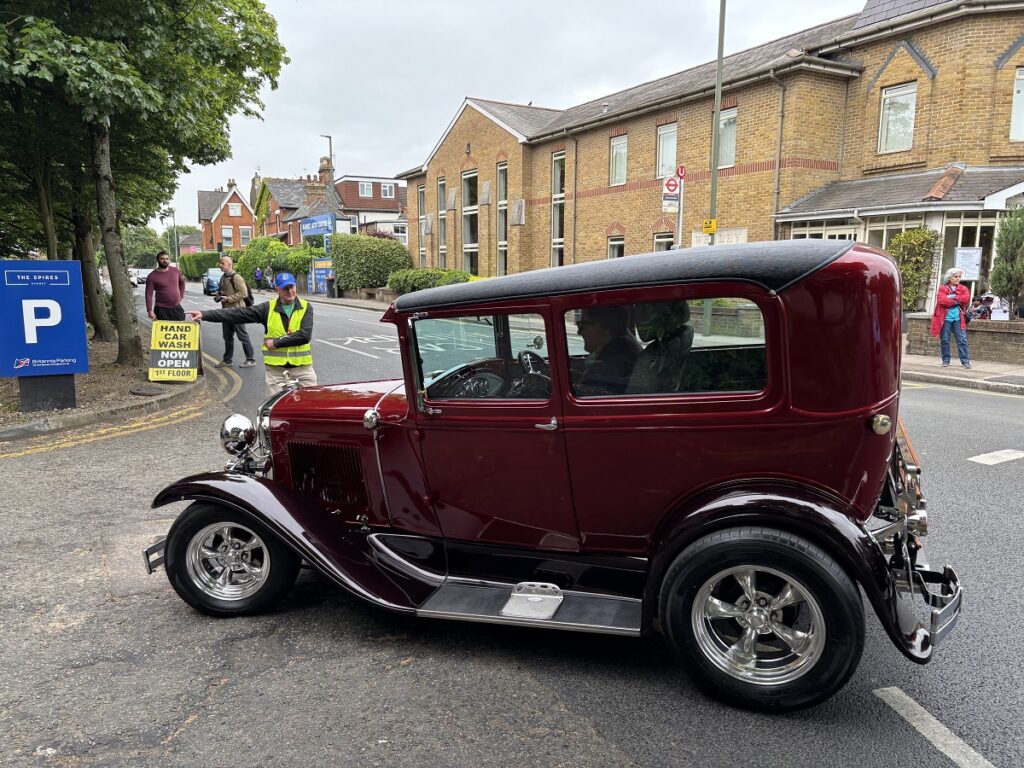
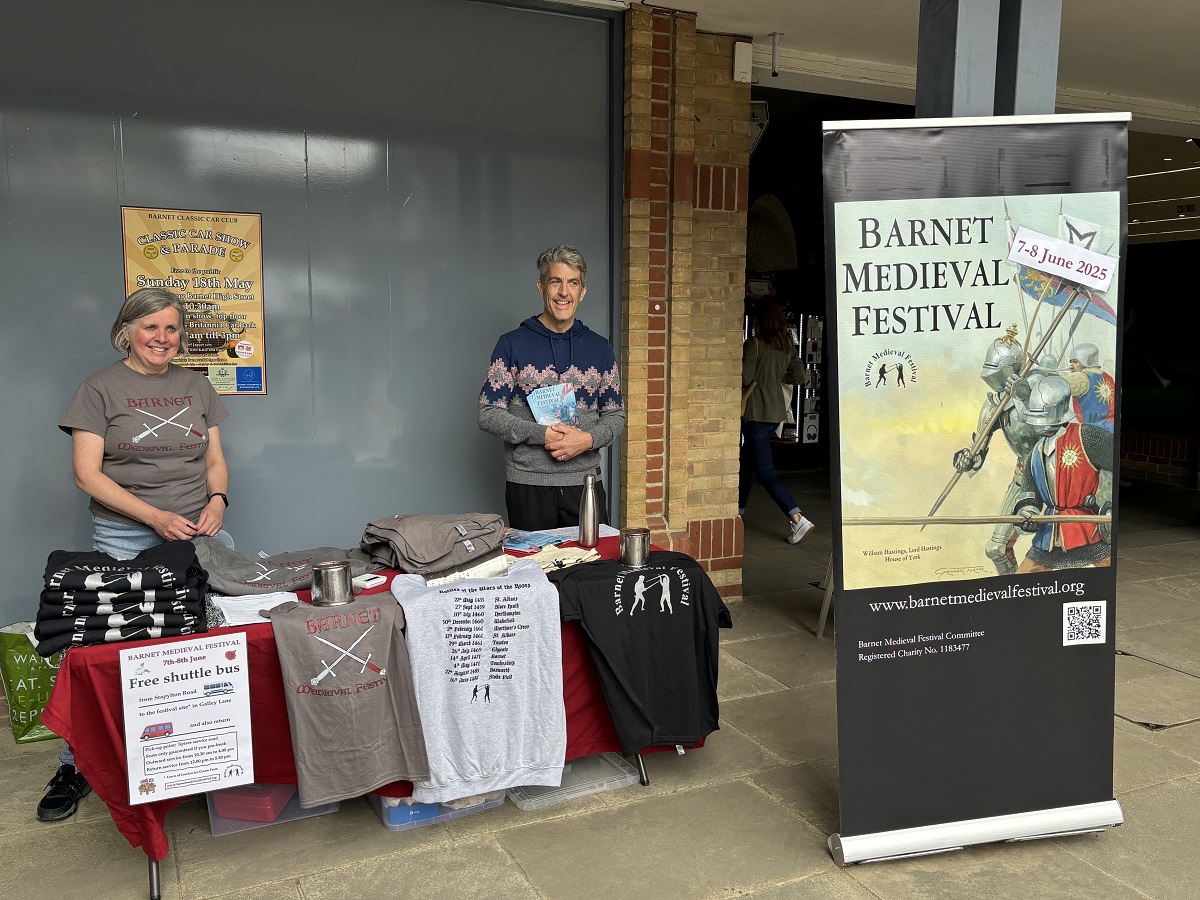


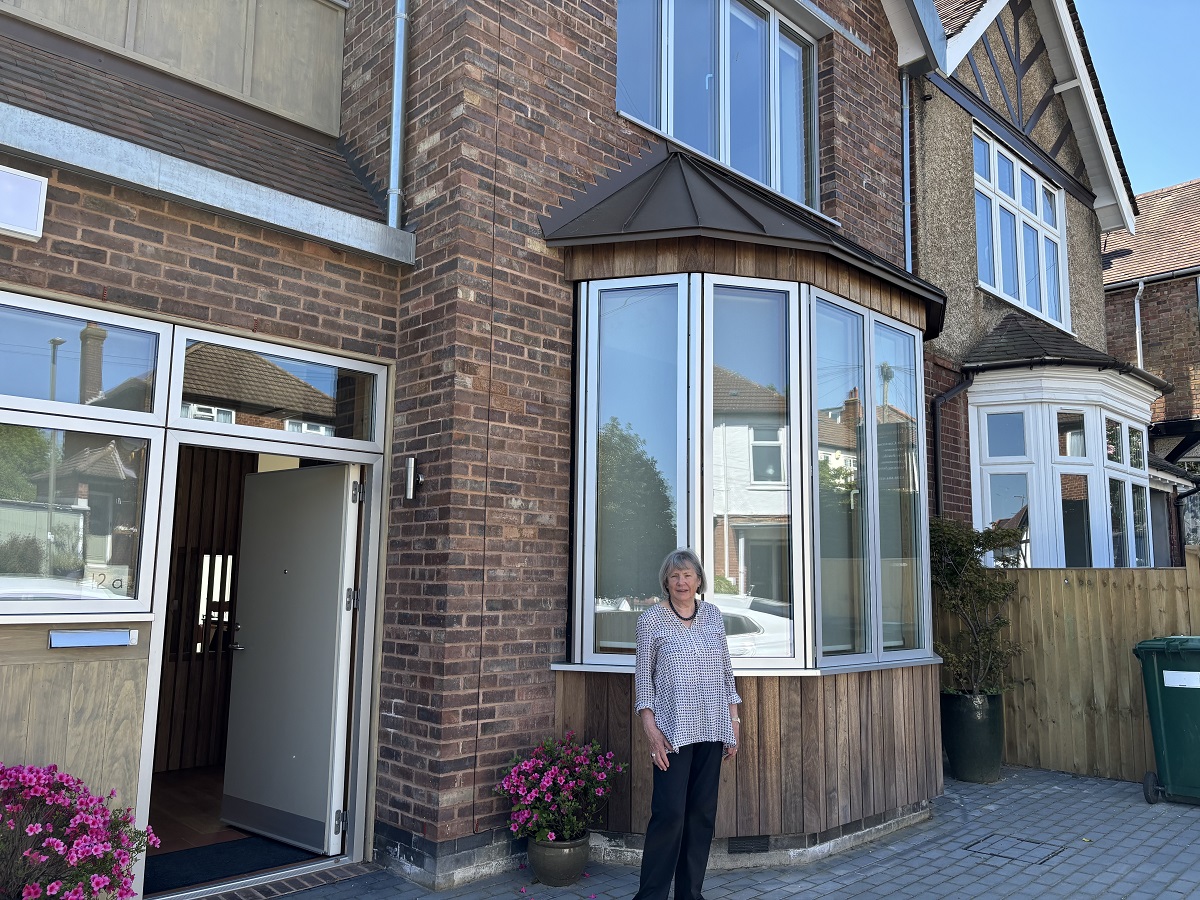
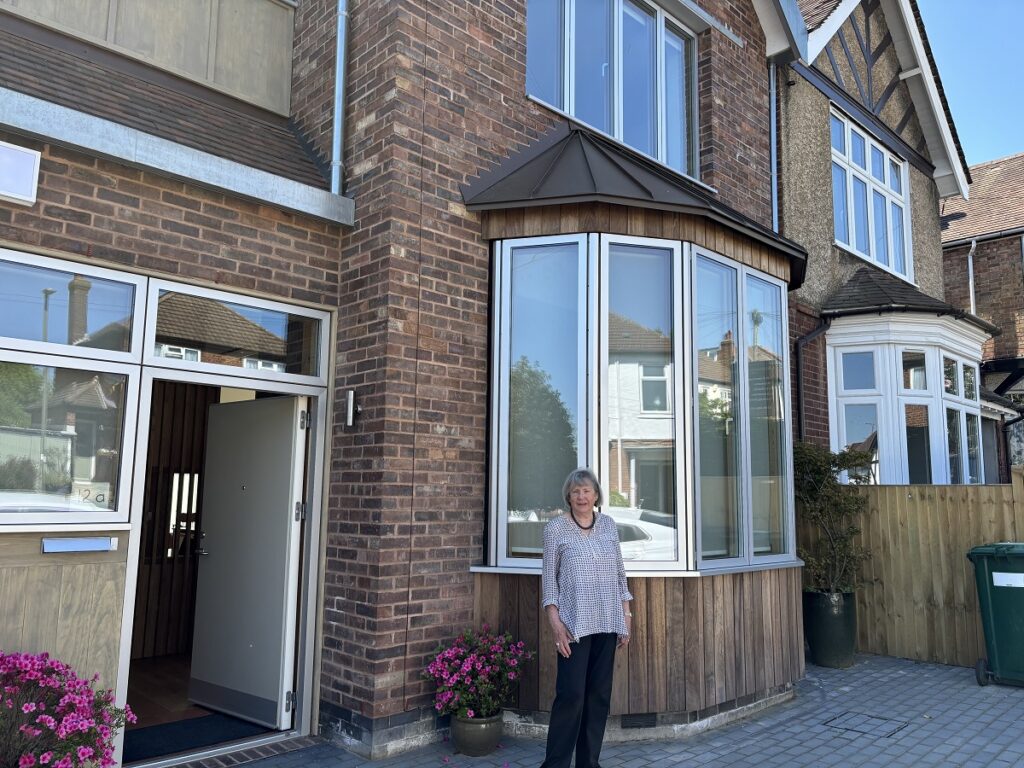
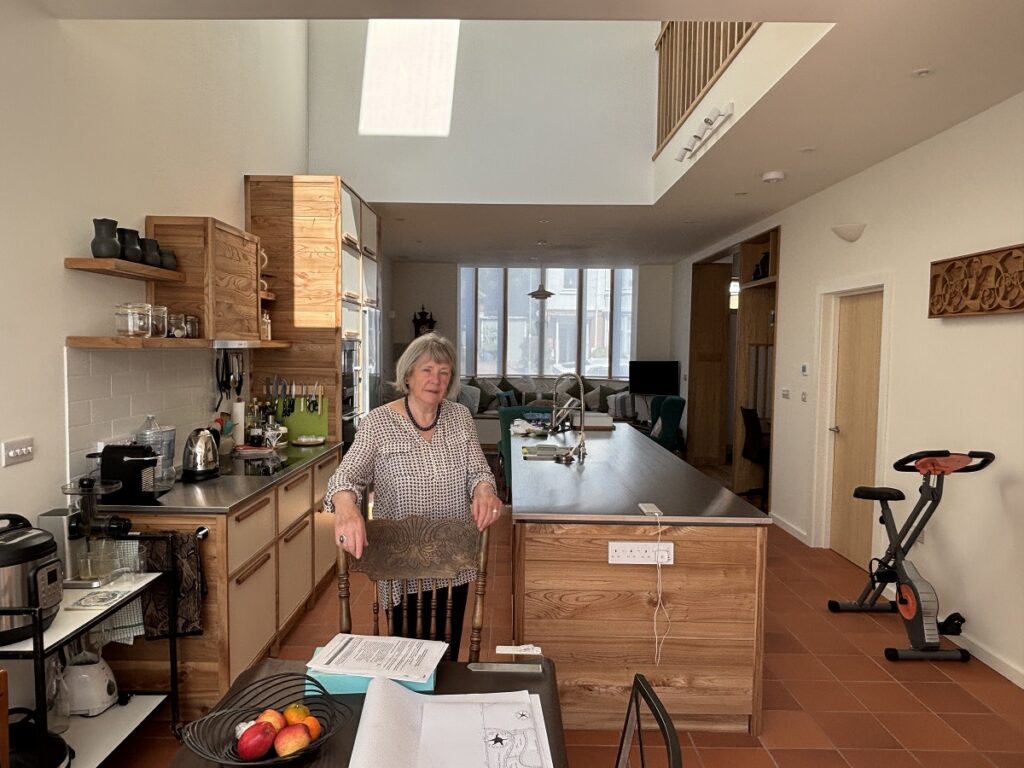
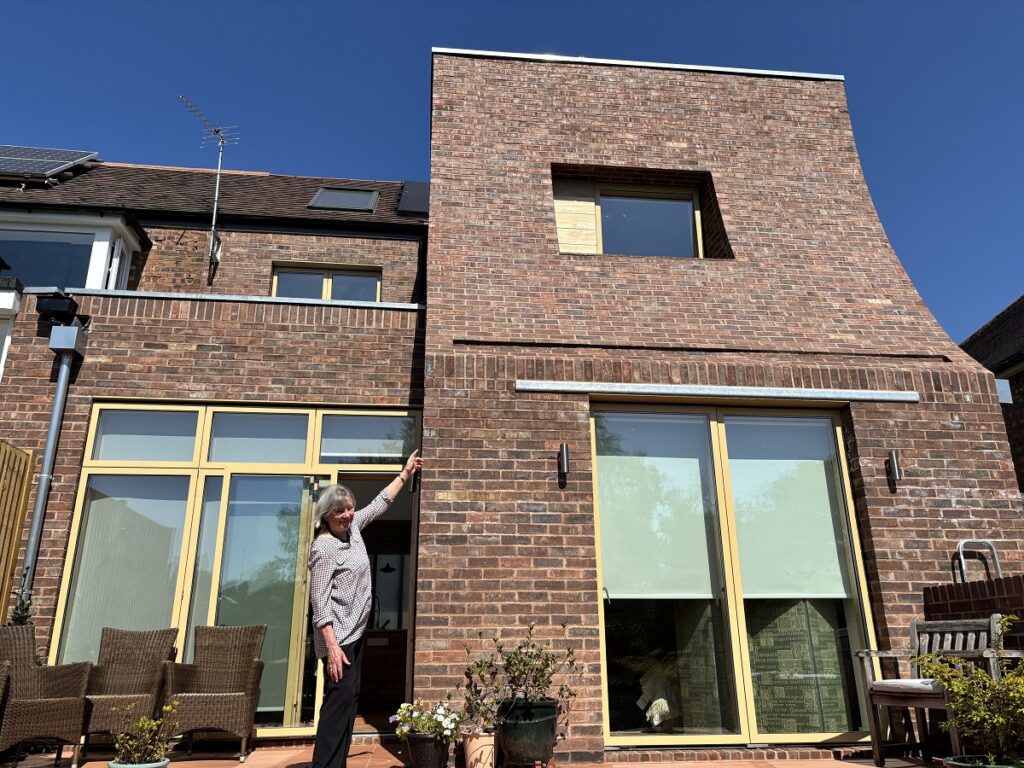
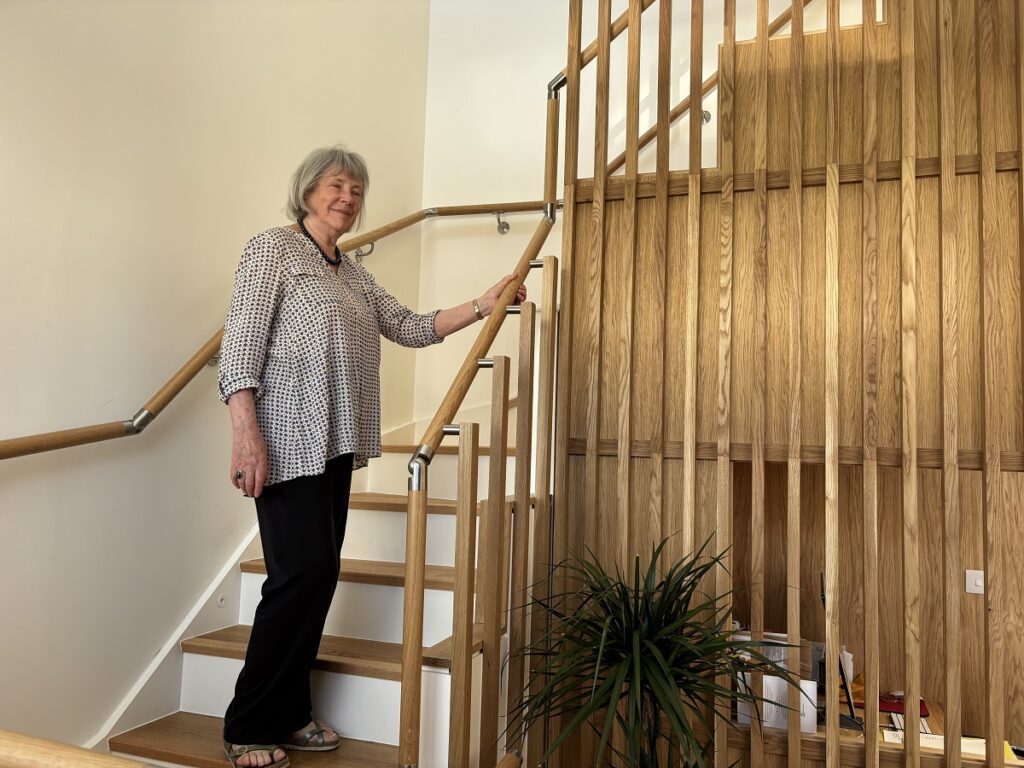
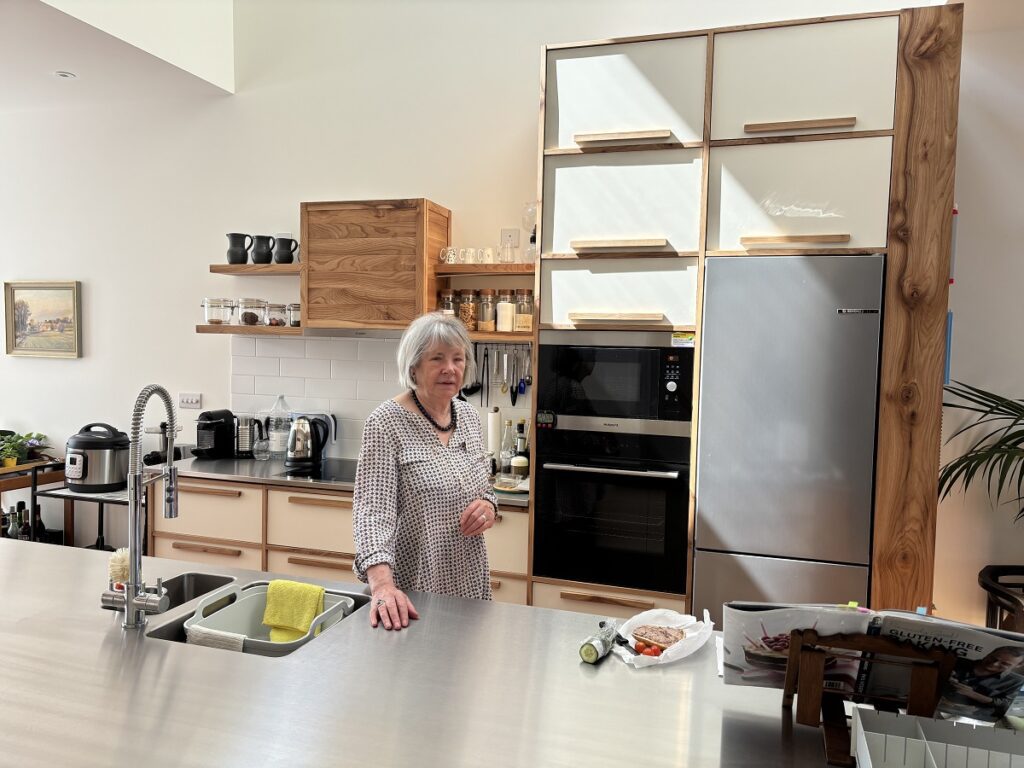
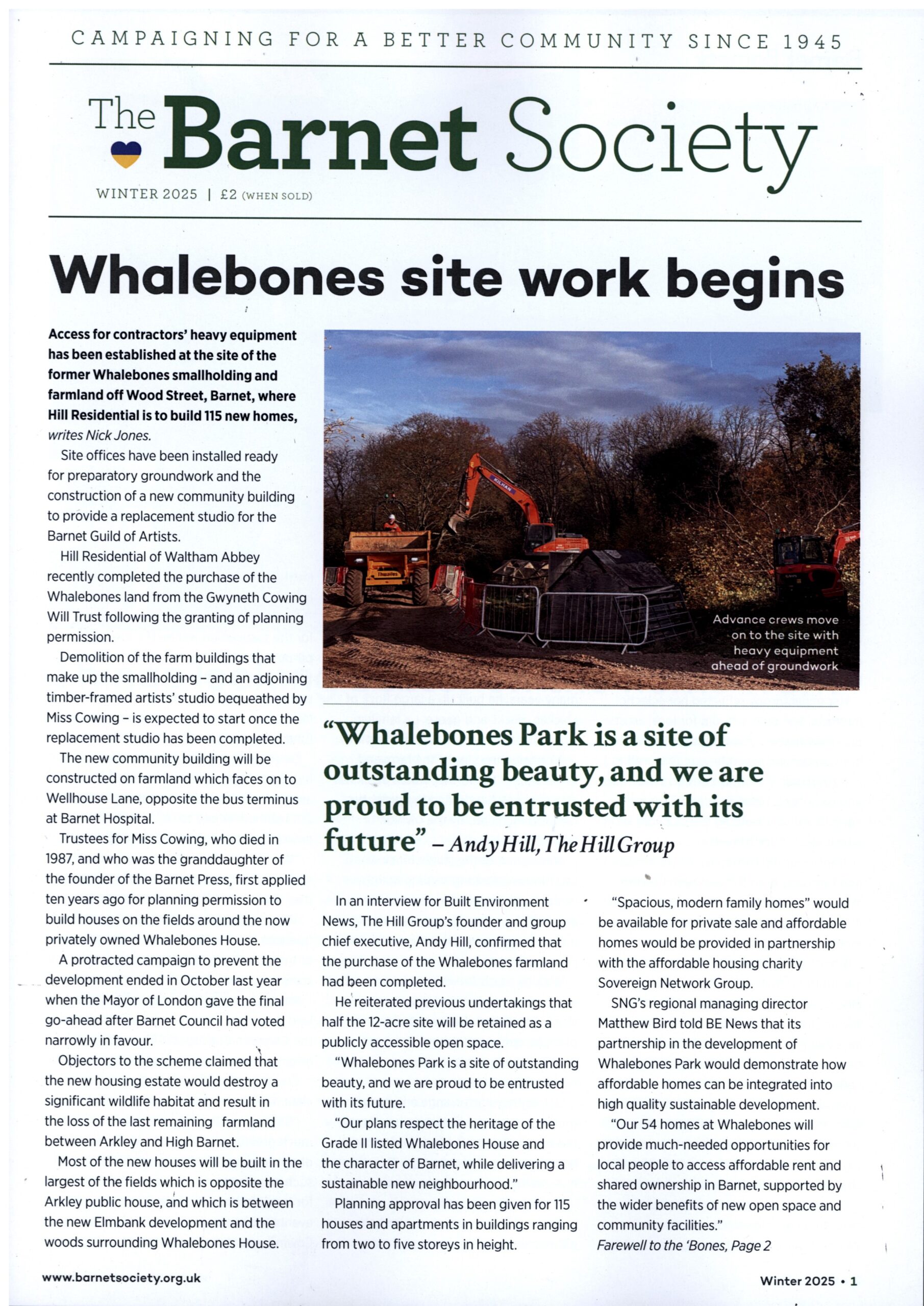
Paul posted a comment on Public consultation on proposed new house in Christchurch Lane spinney
Robin Bishop posted a comment on Public consultation on proposed new house in Christchurch Lane spinney
Tom posted a comment on Public consultation on proposed new house in Christchurch Lane spinney
TERENCE DRISCOLL posted a comment on Years of neglect prompting residents’ bid to get Barnet’s former Quinta Youth Club registered as asset of community value